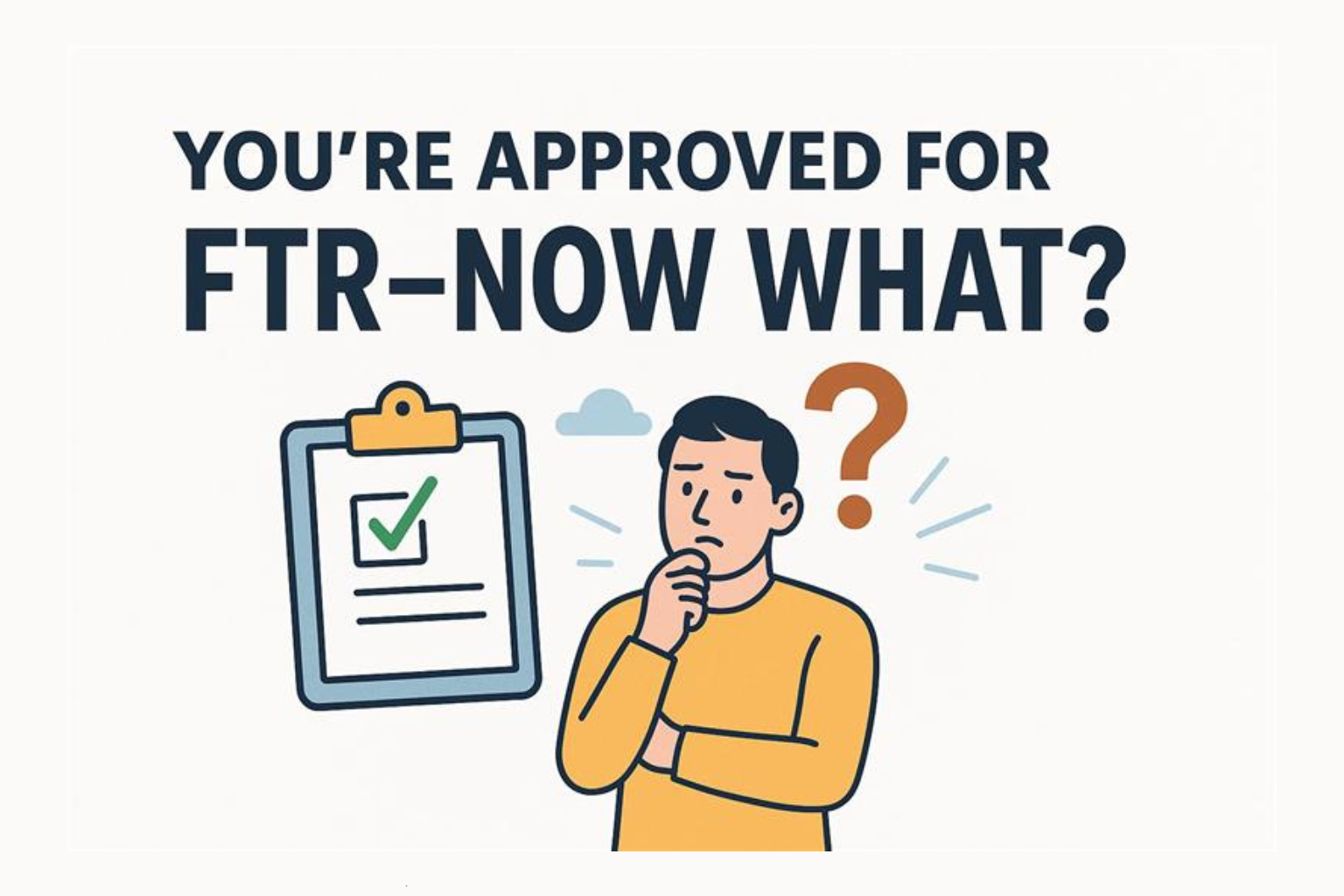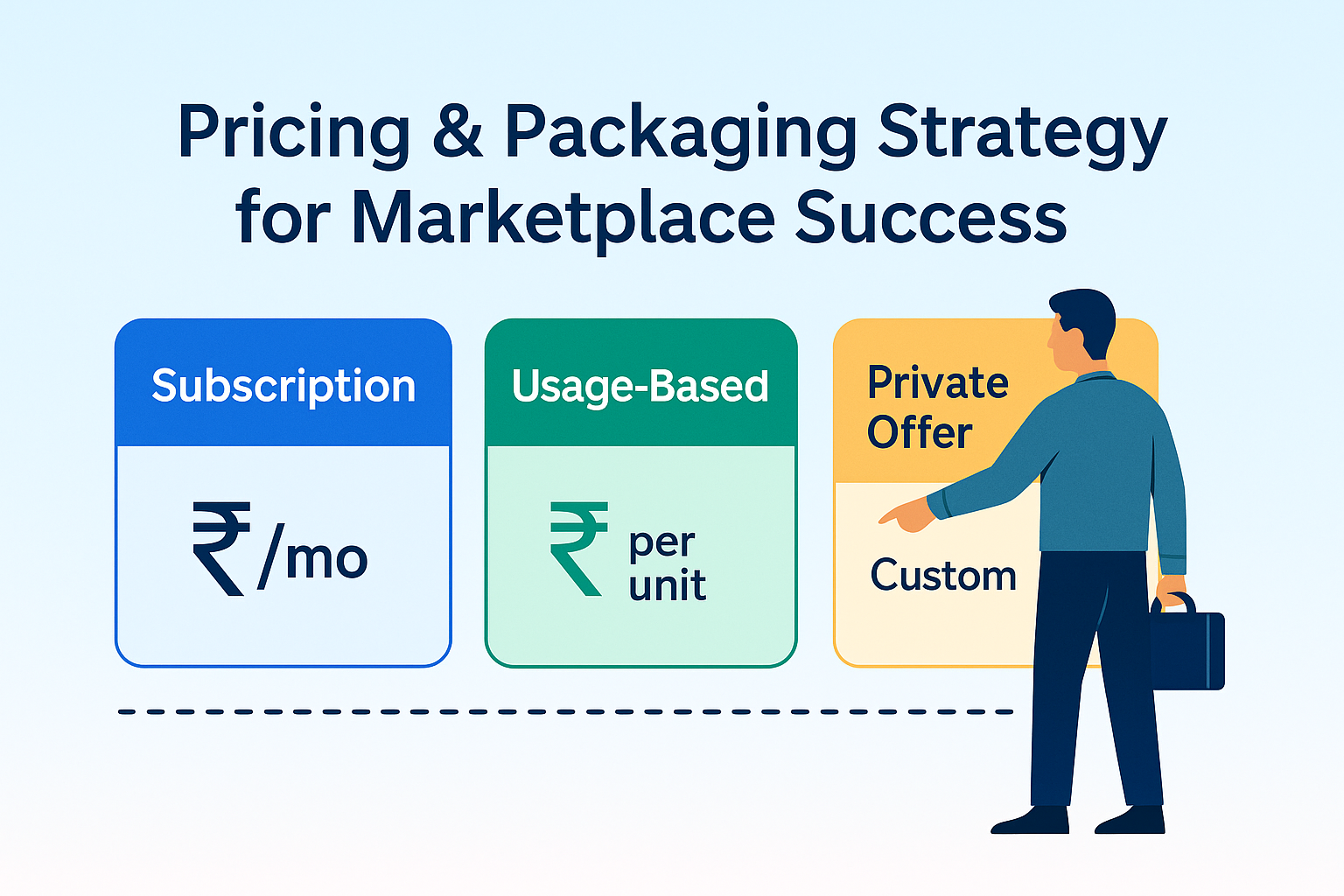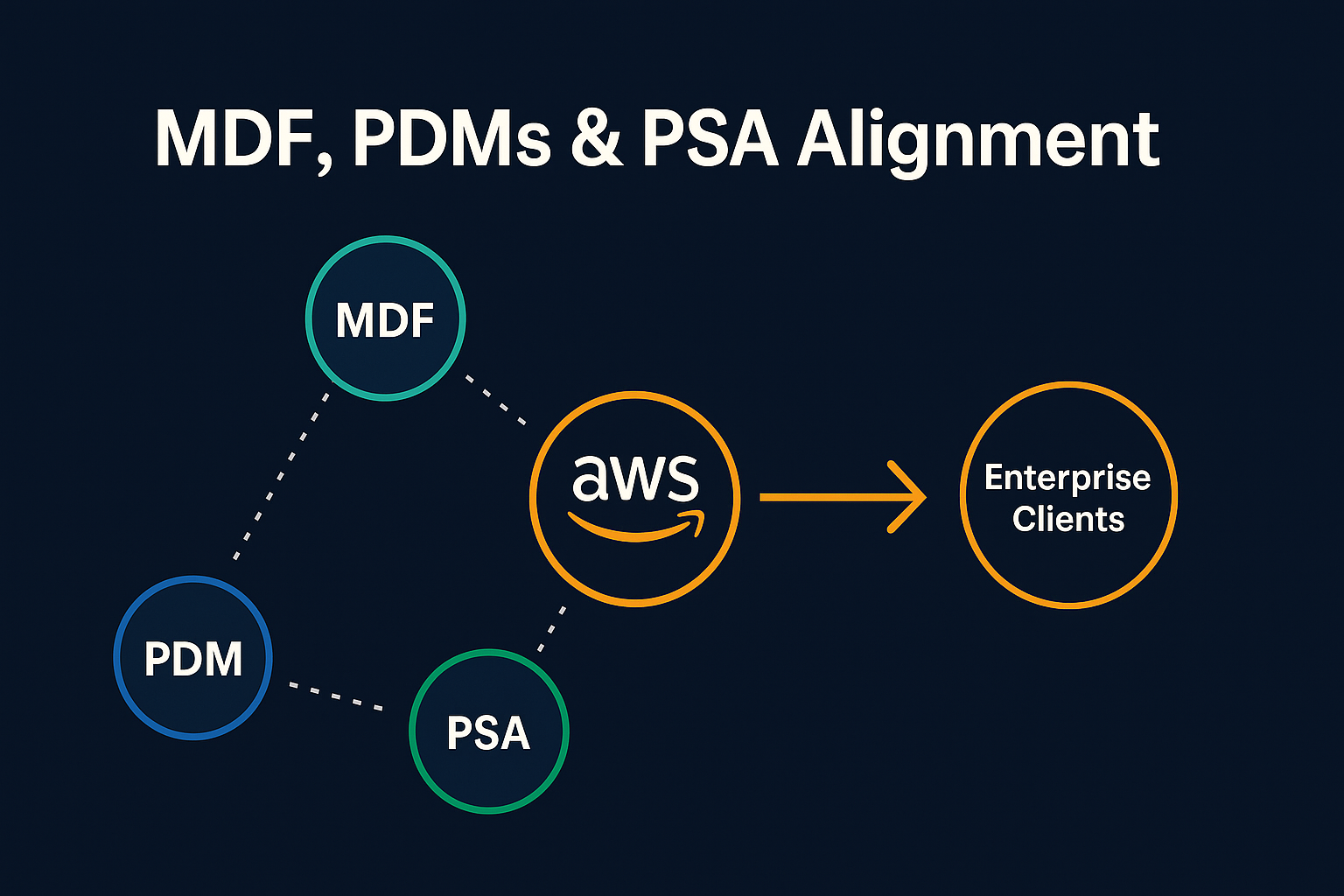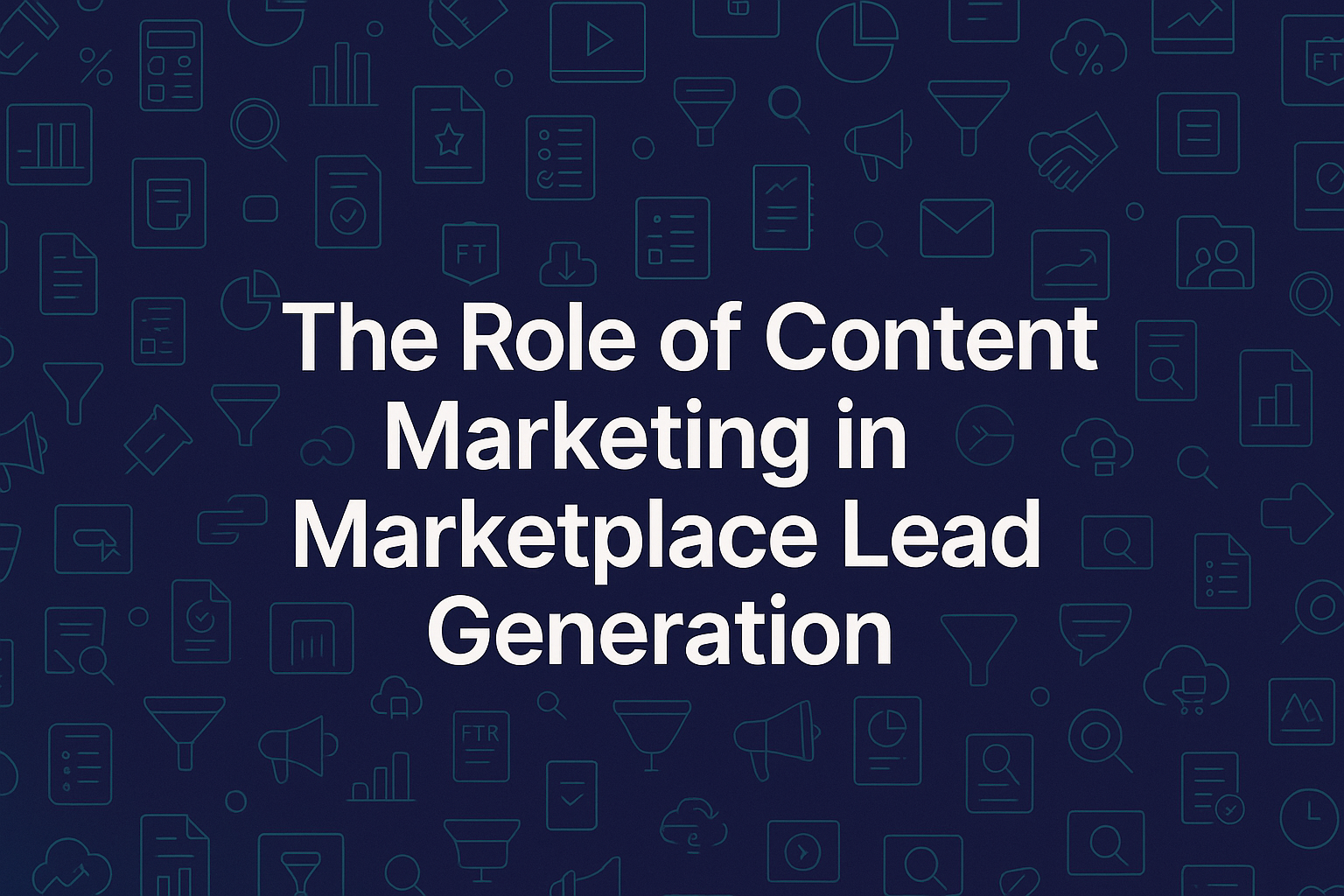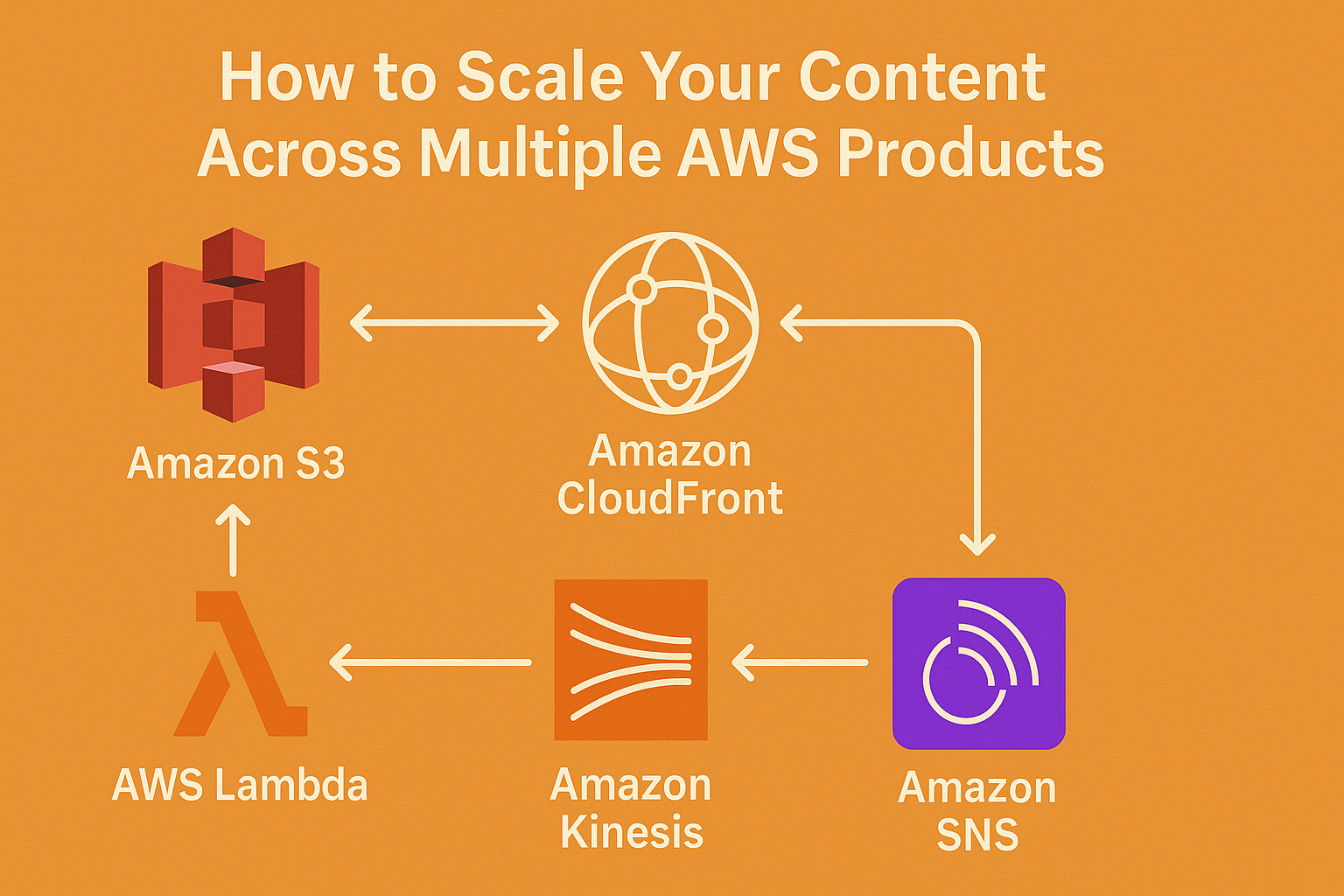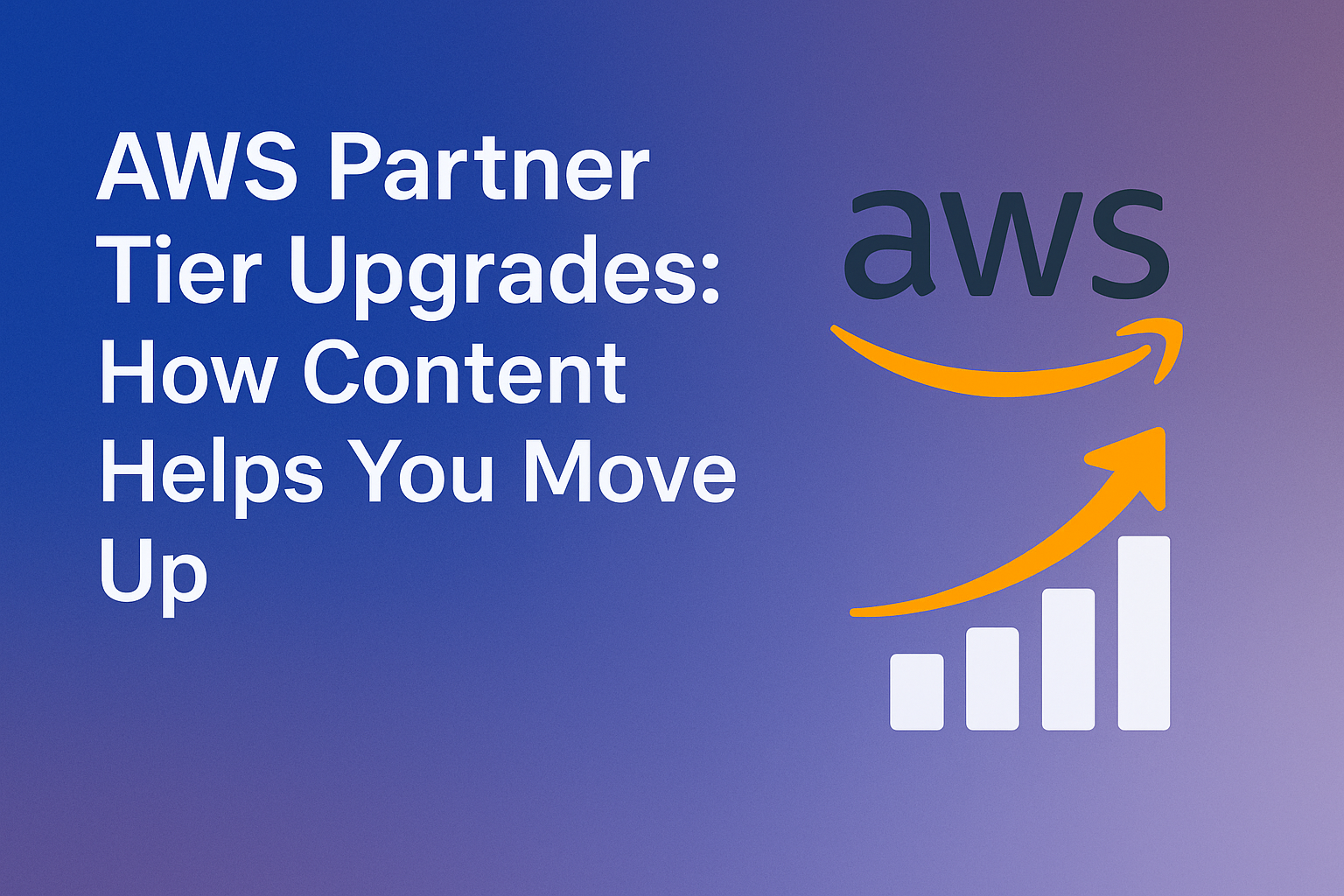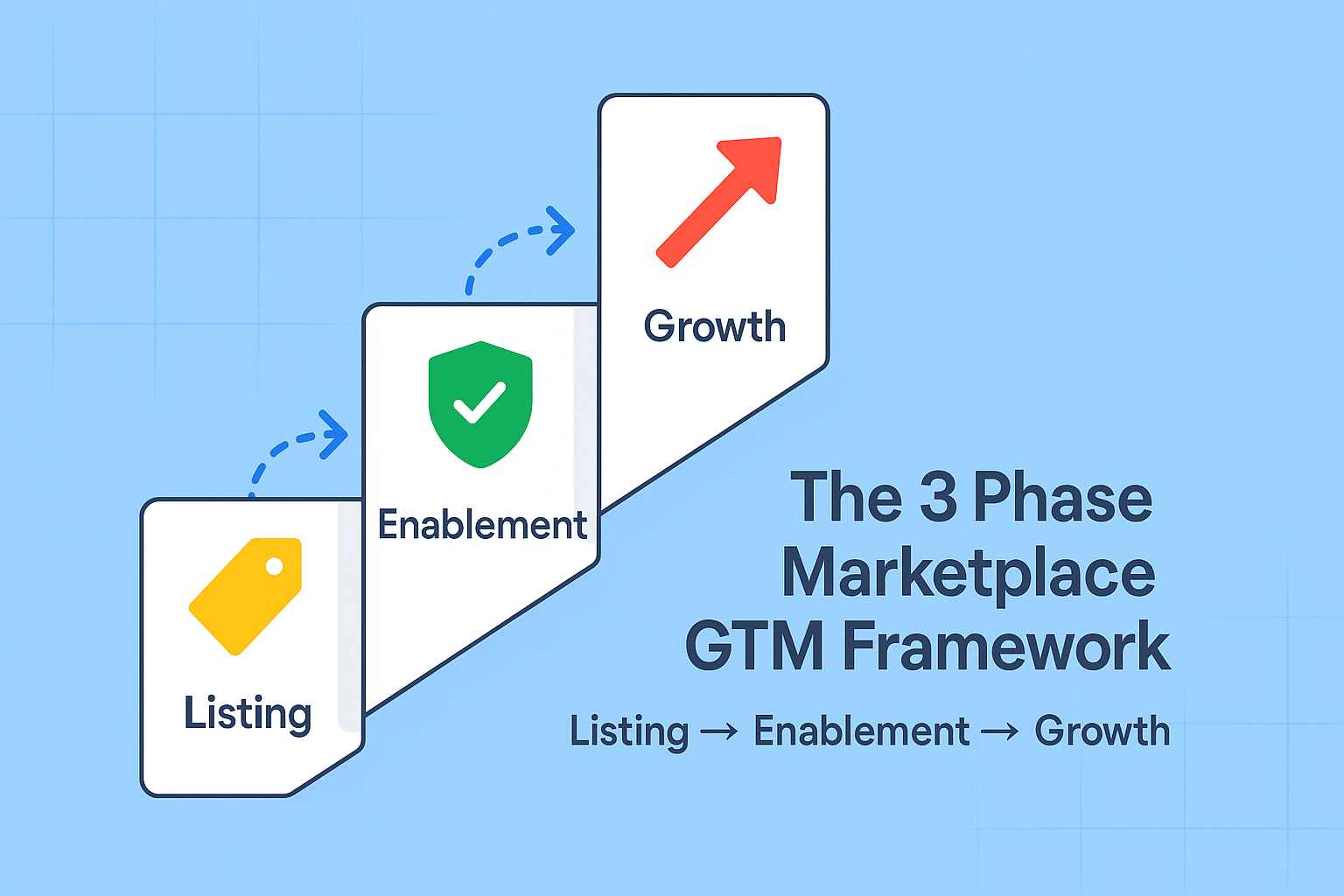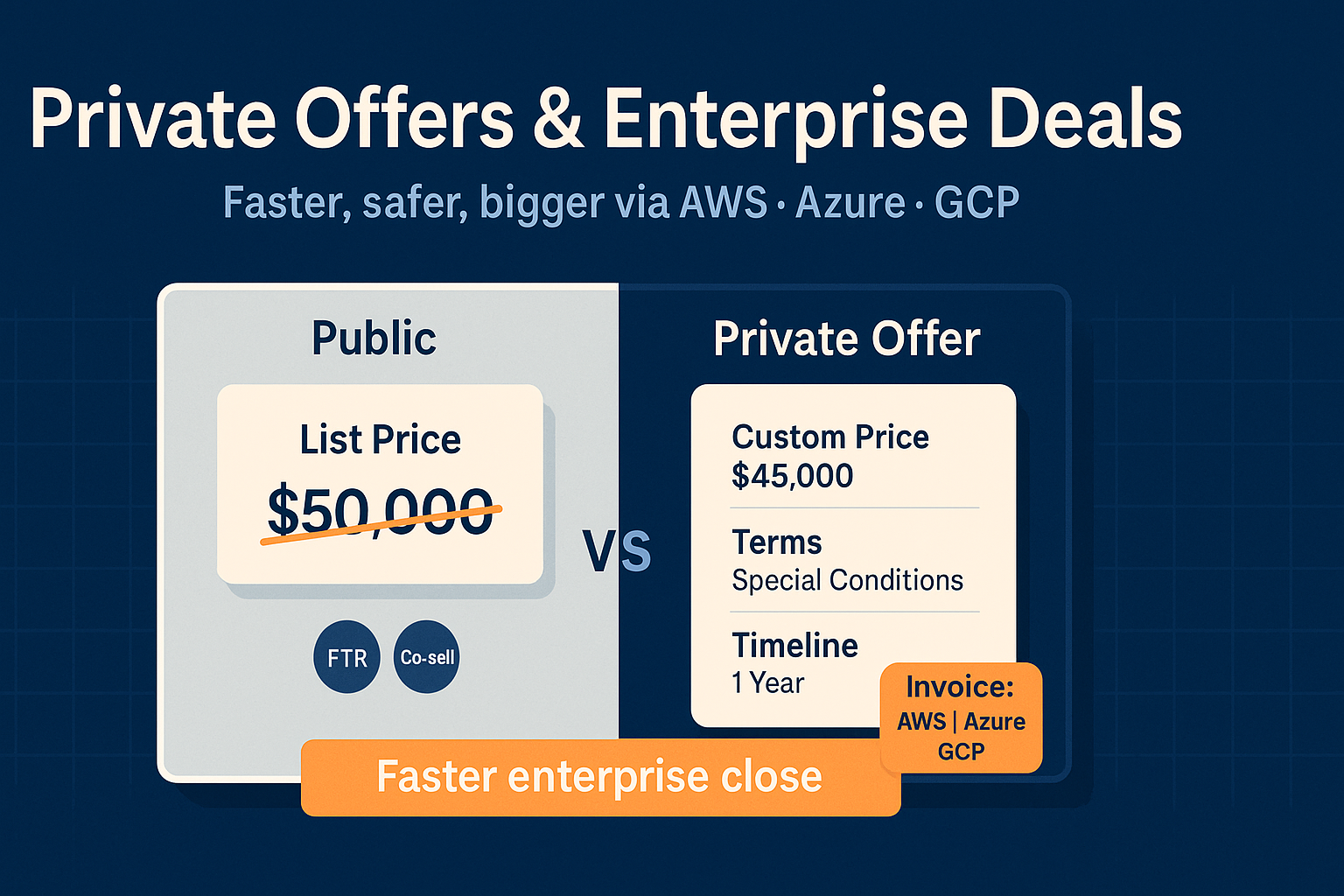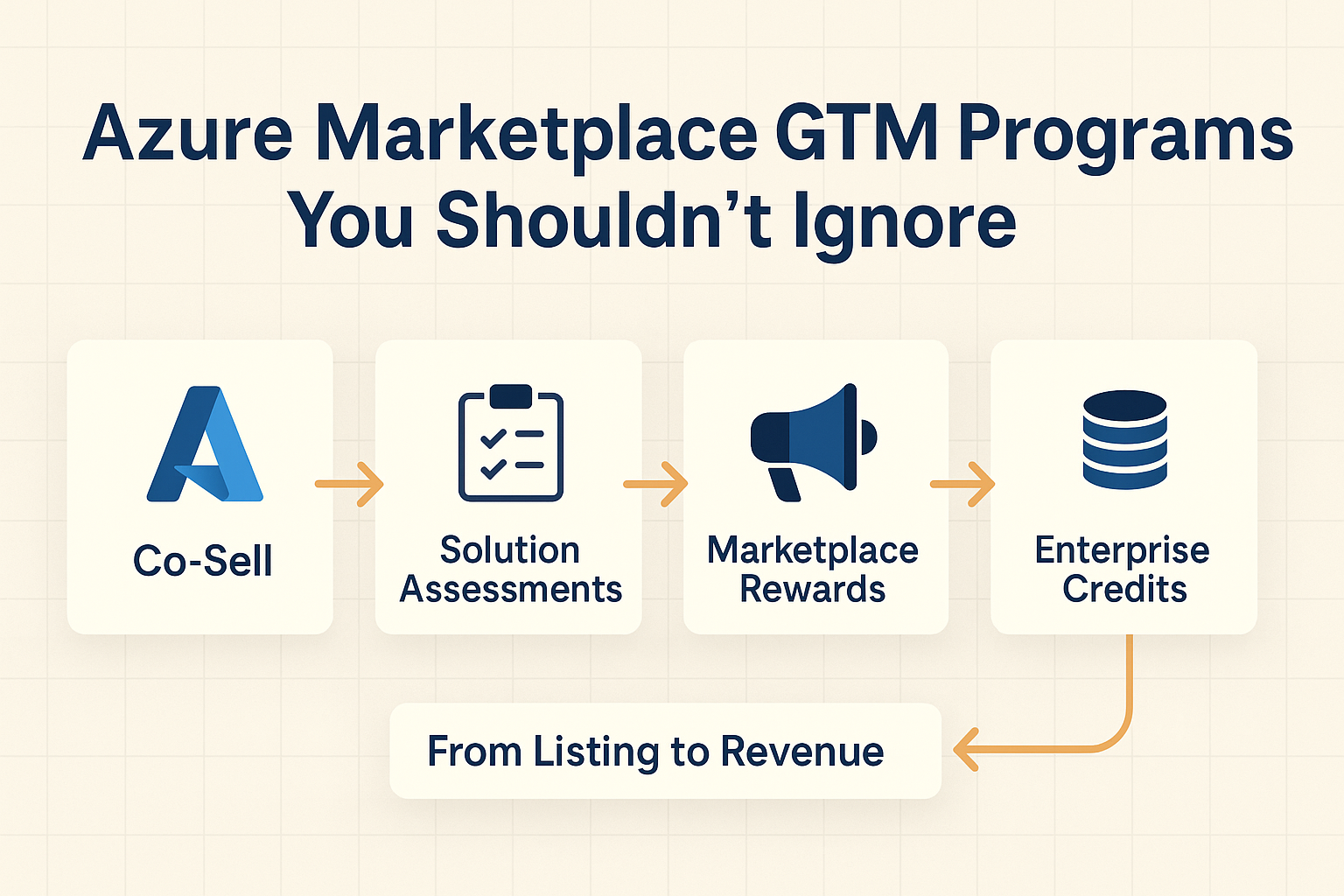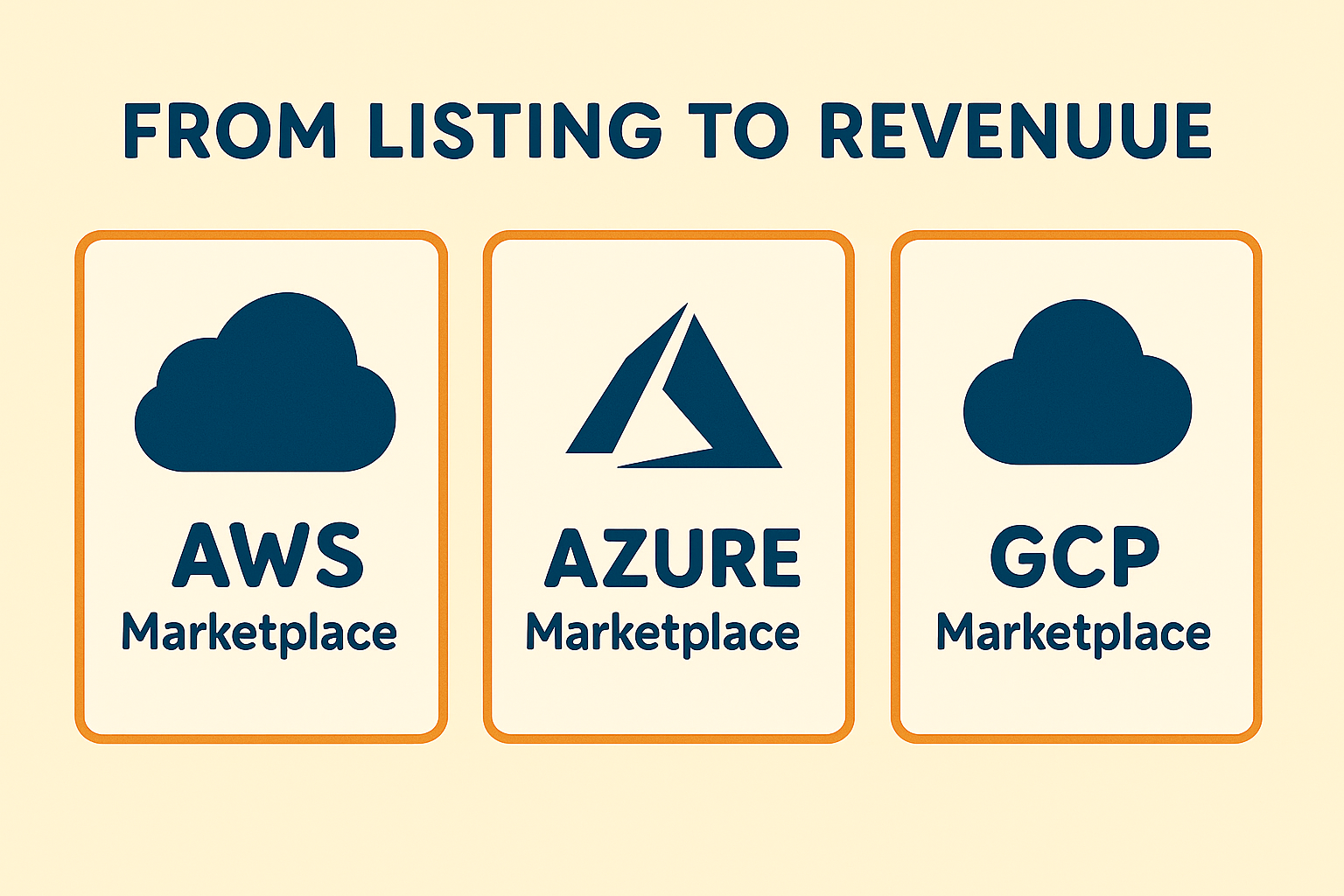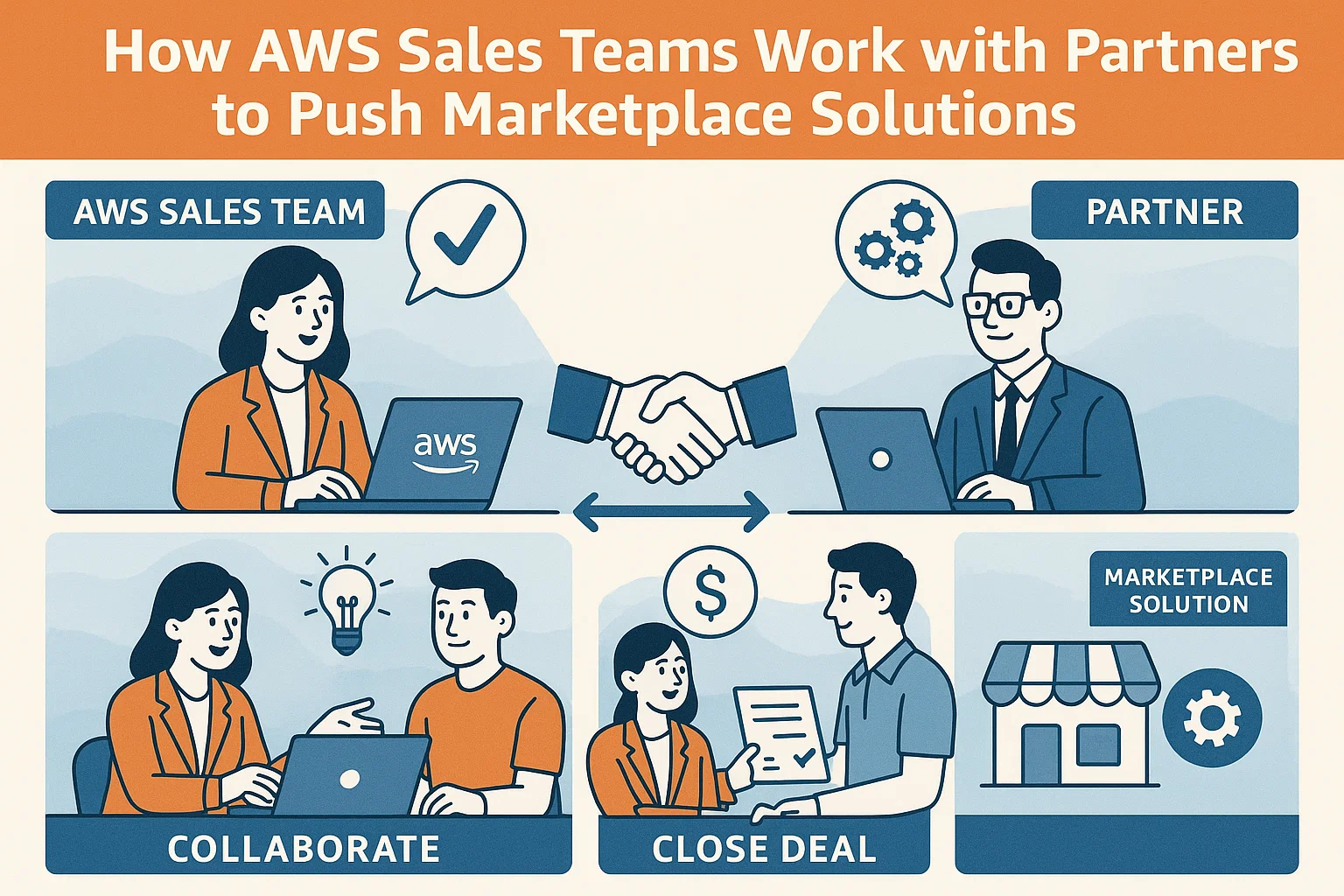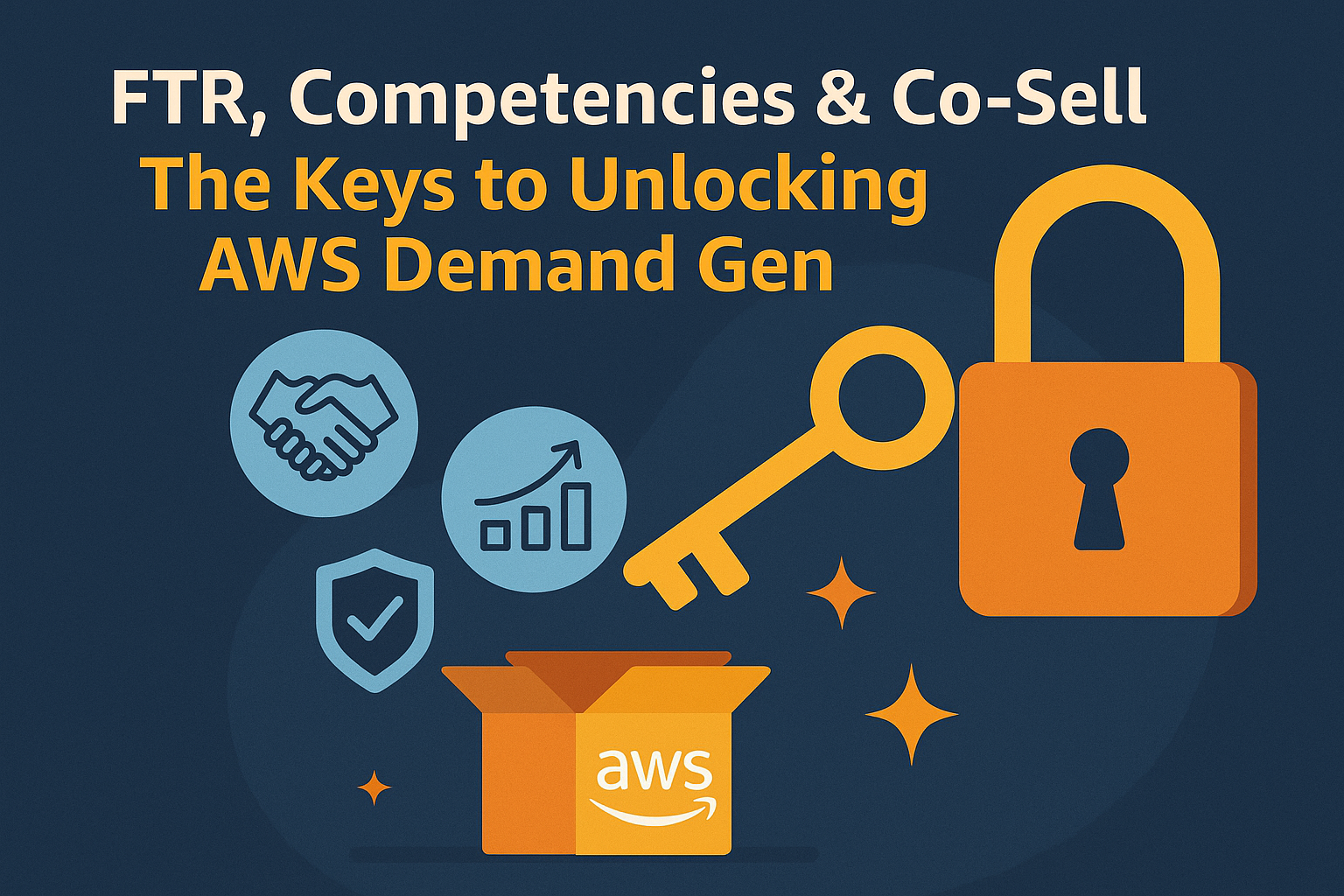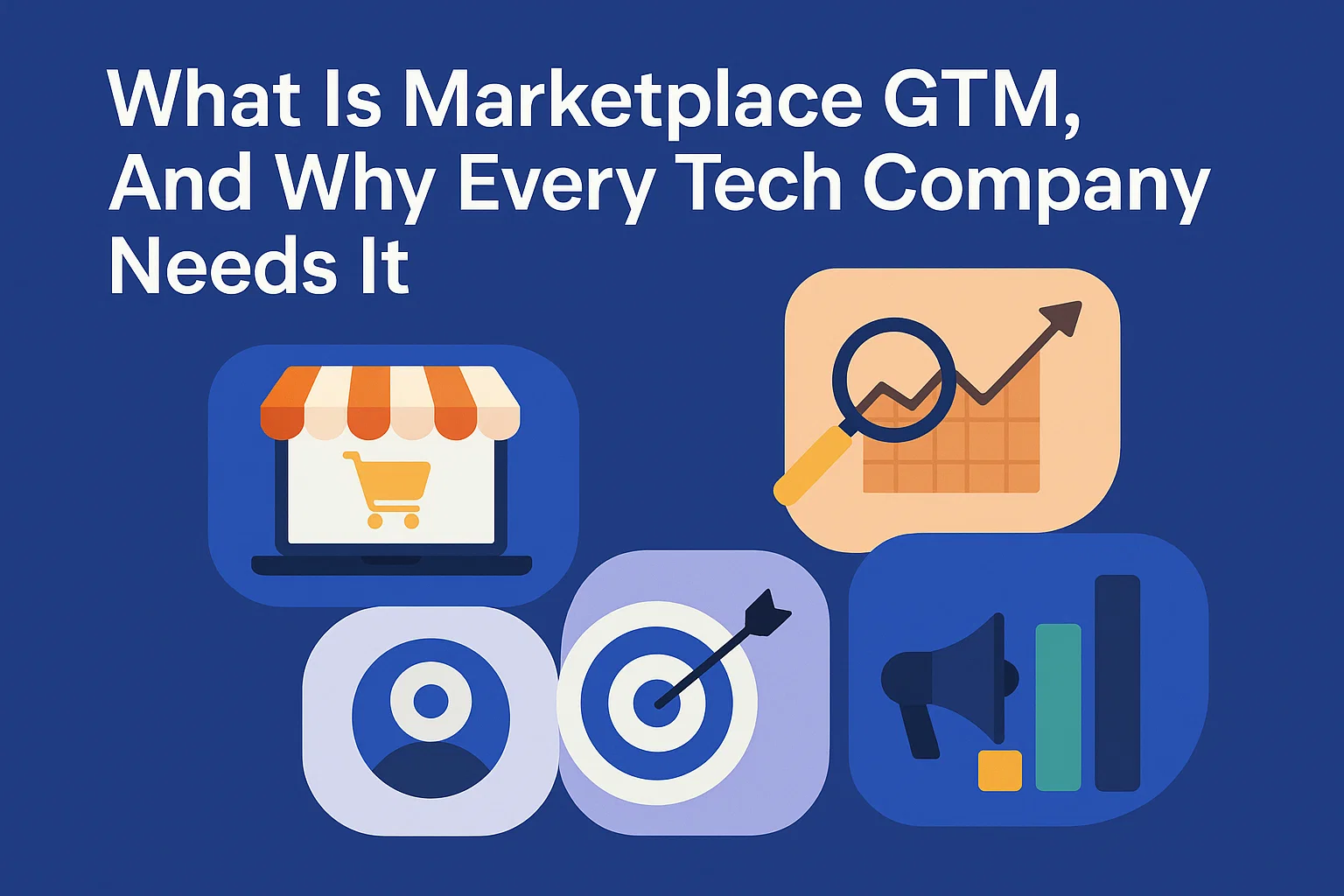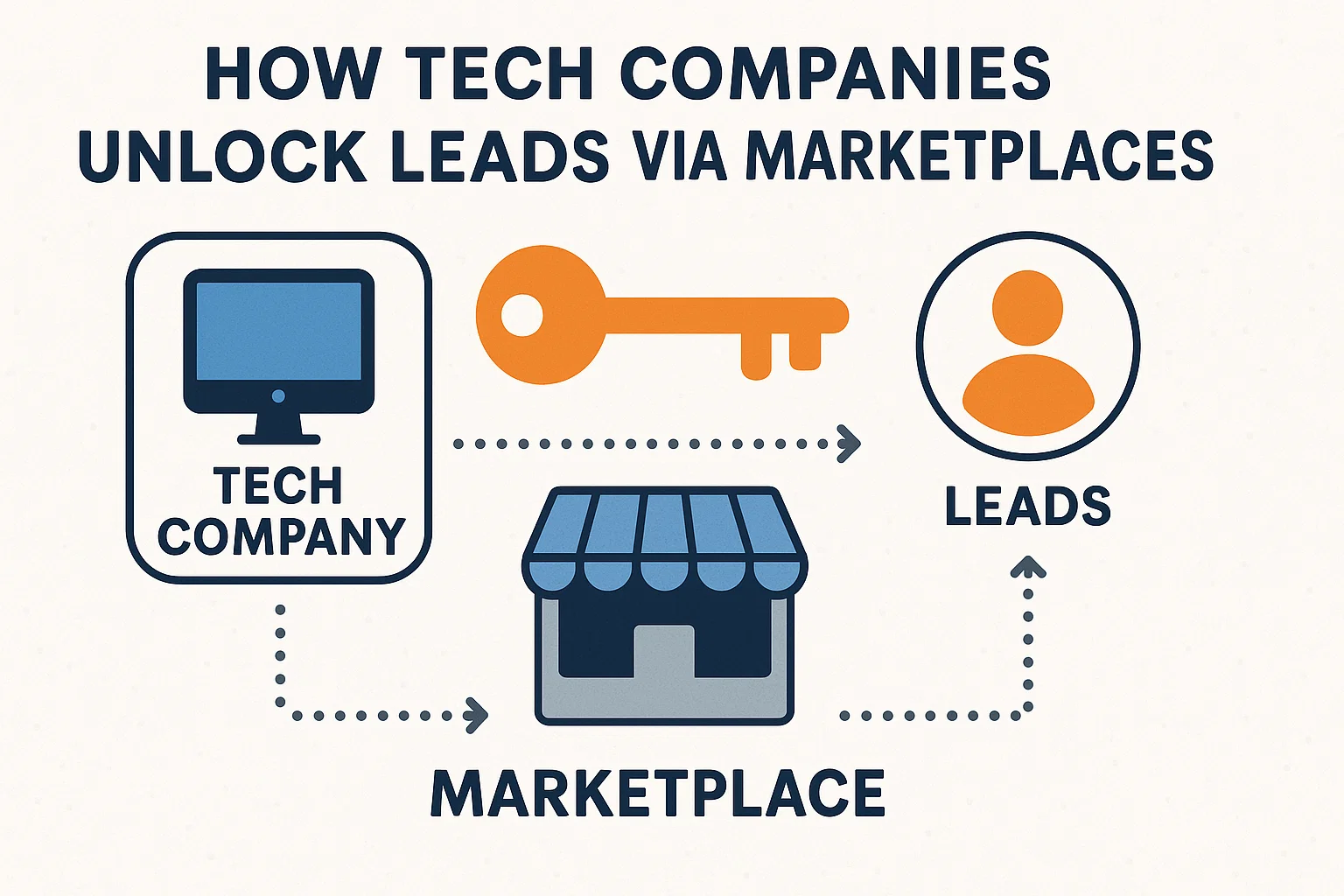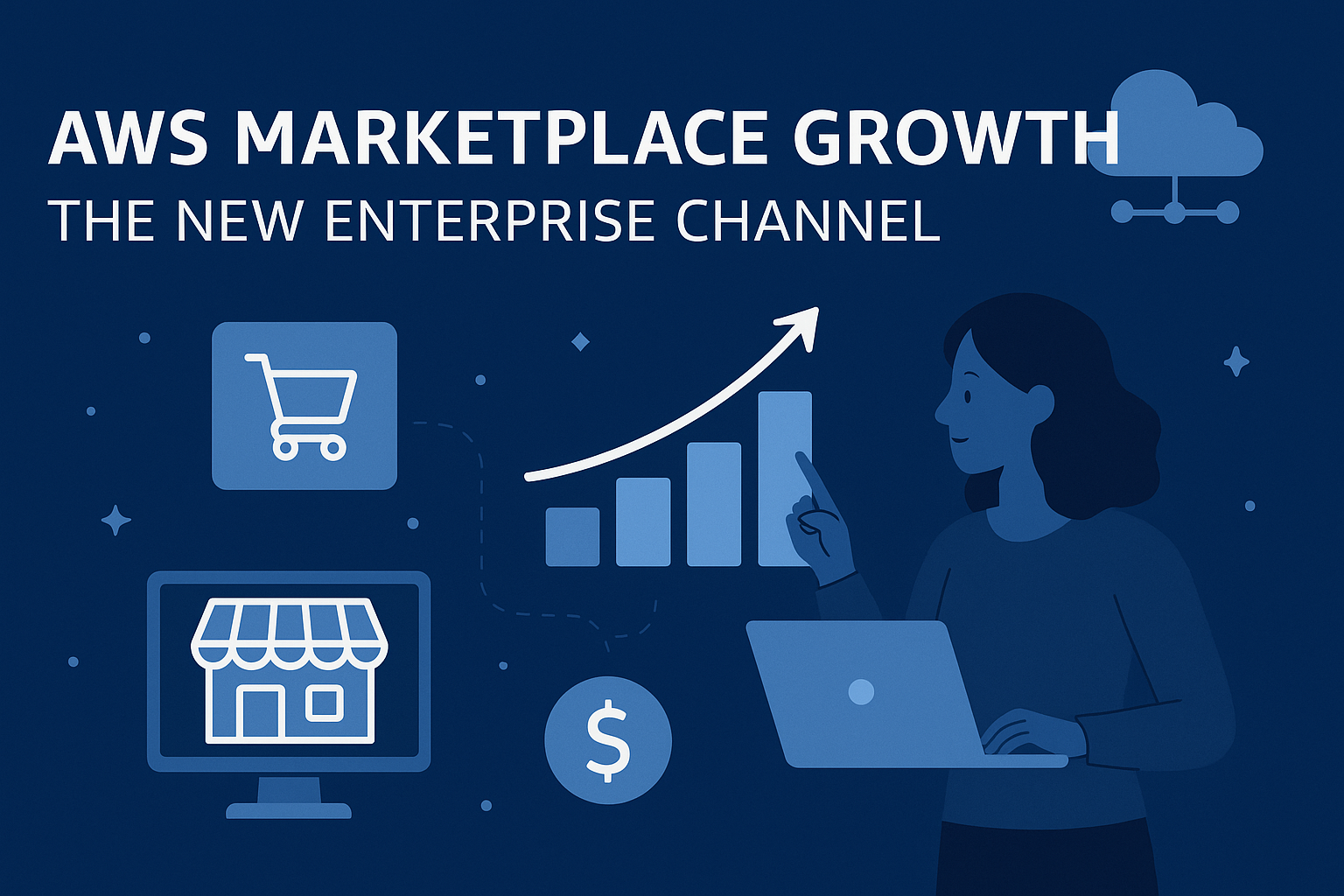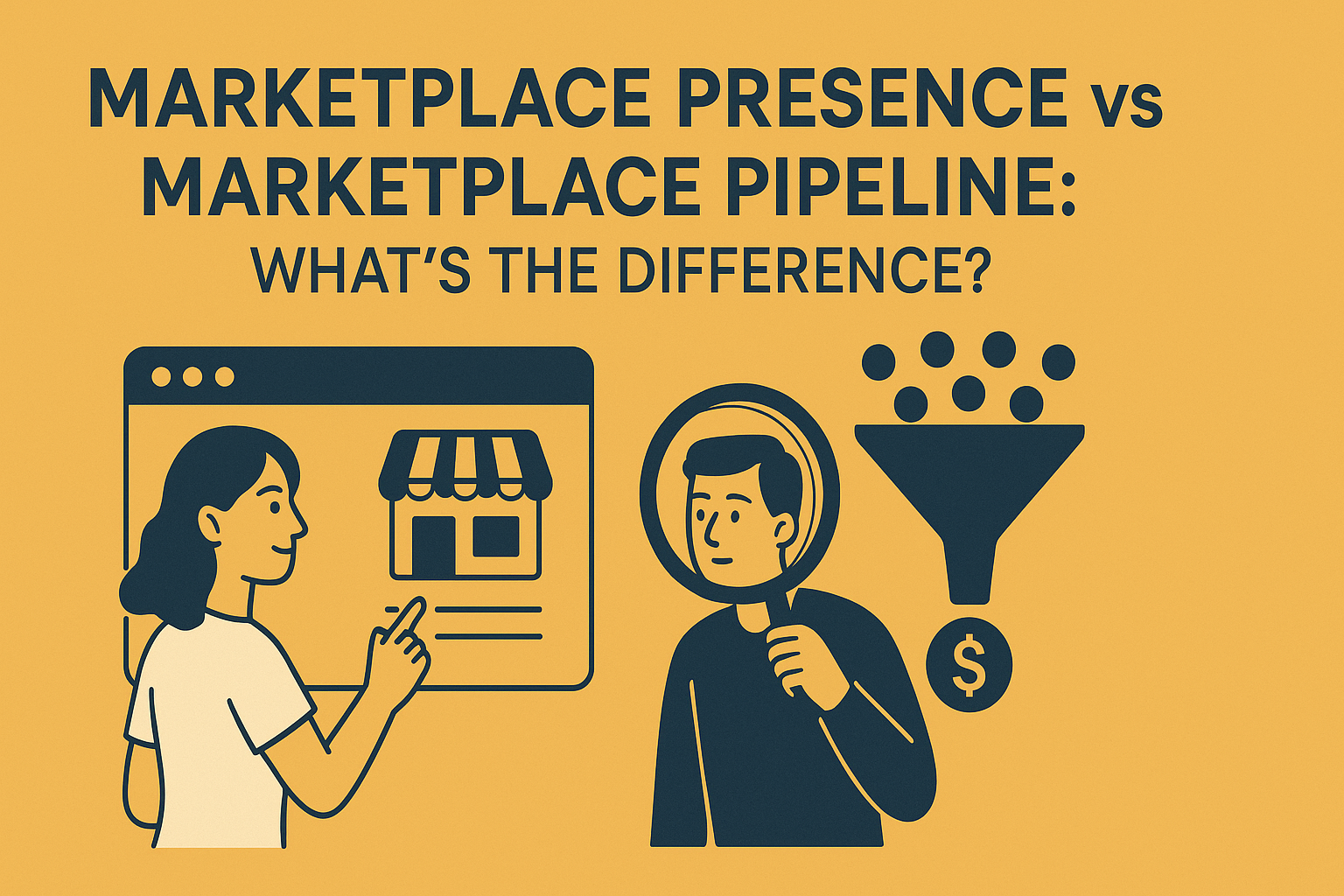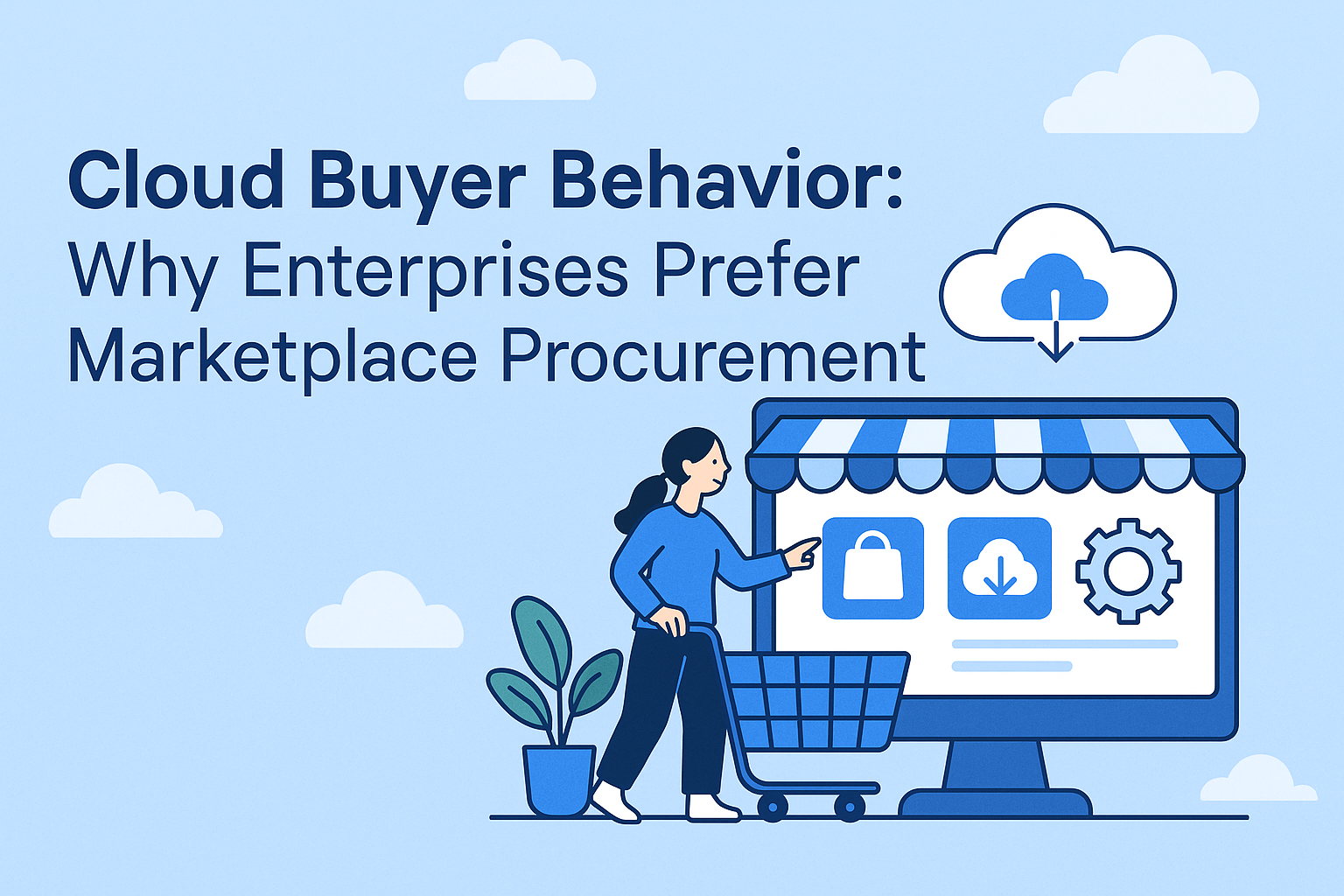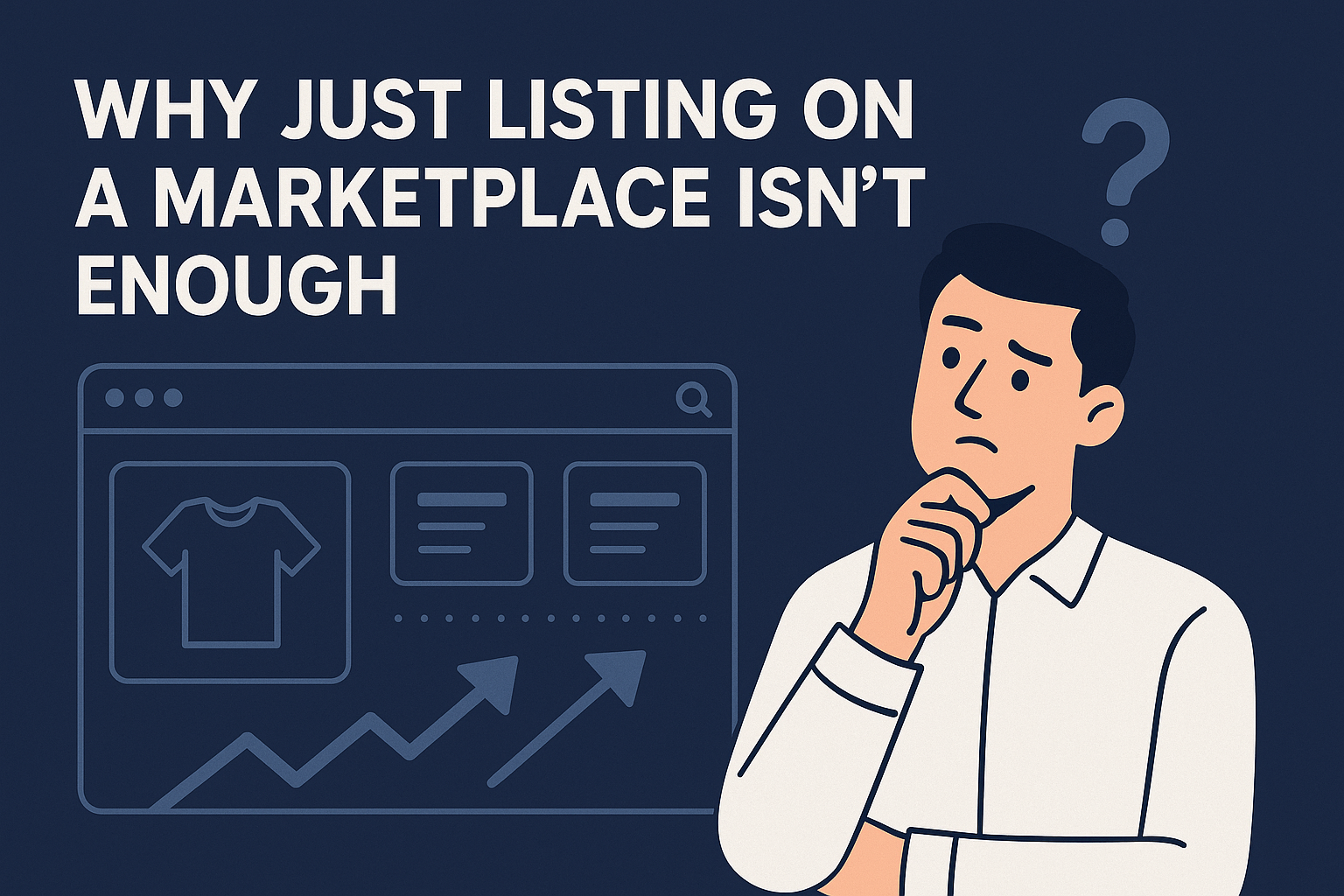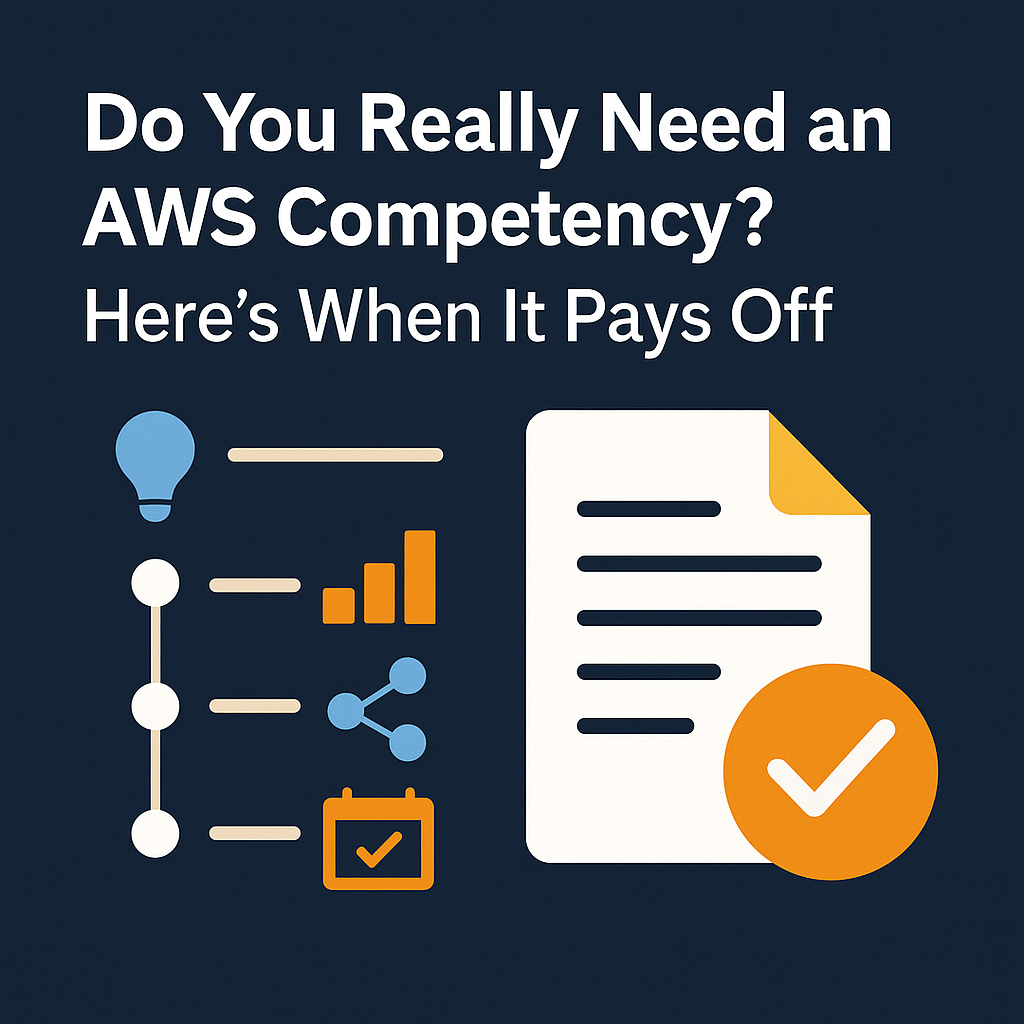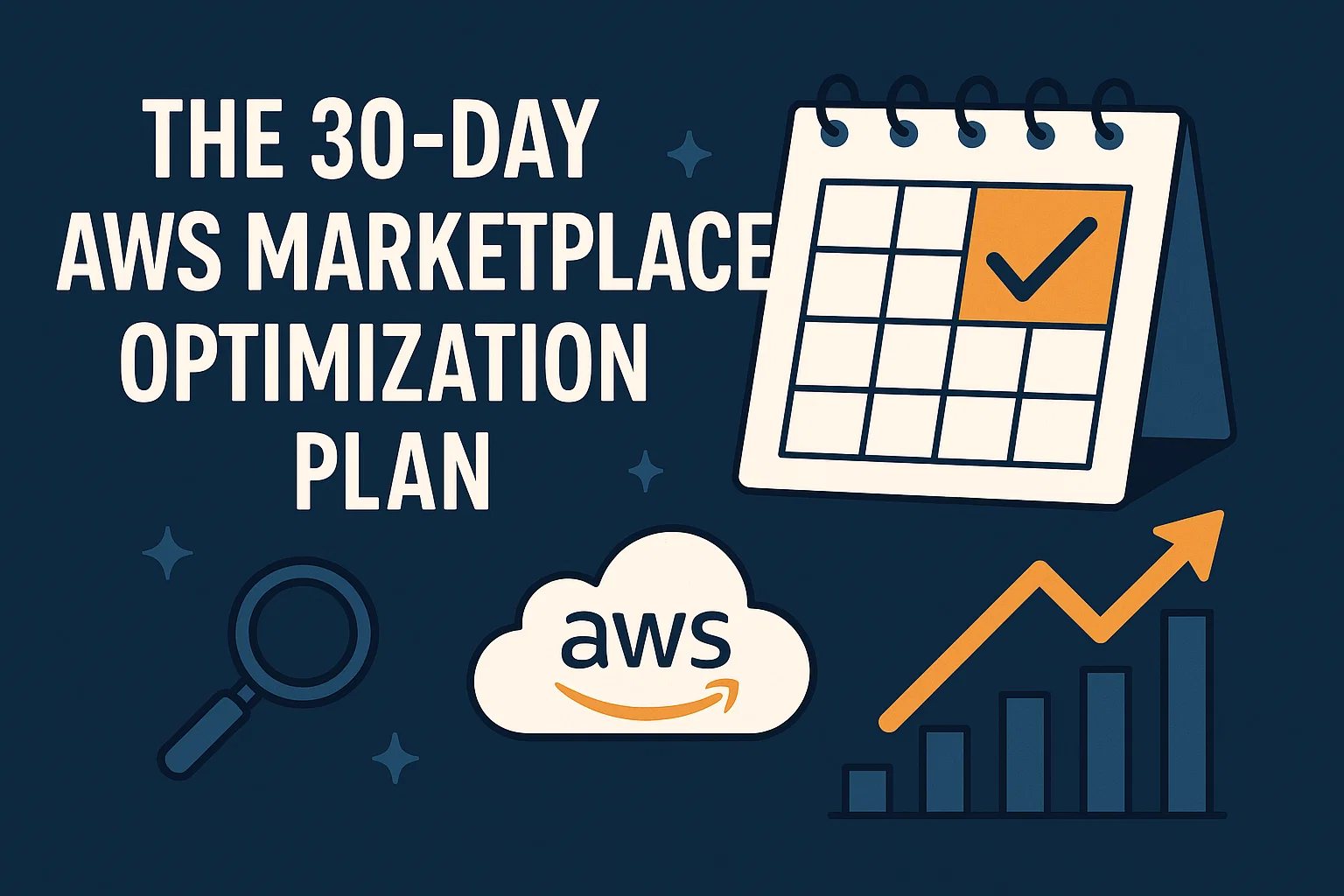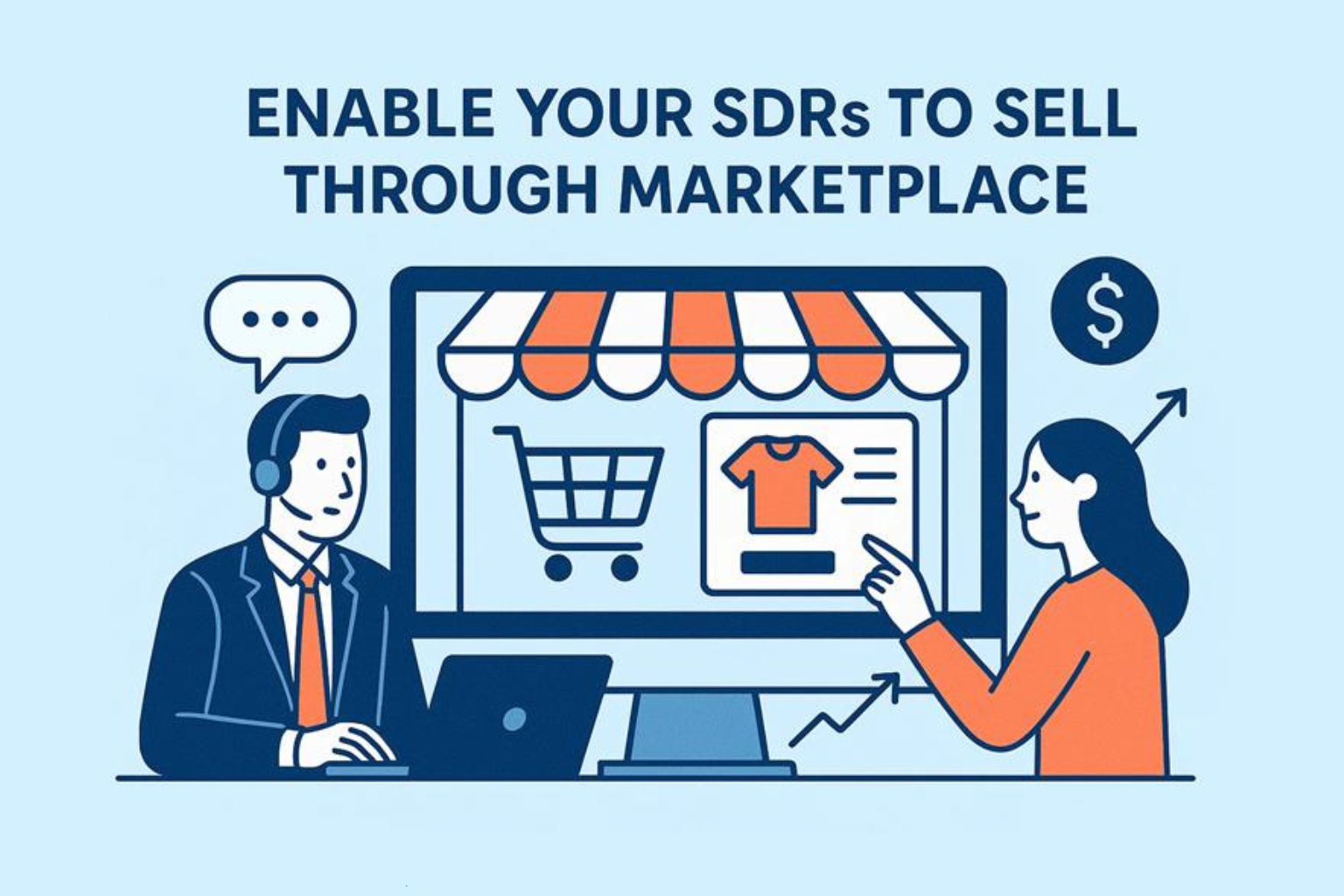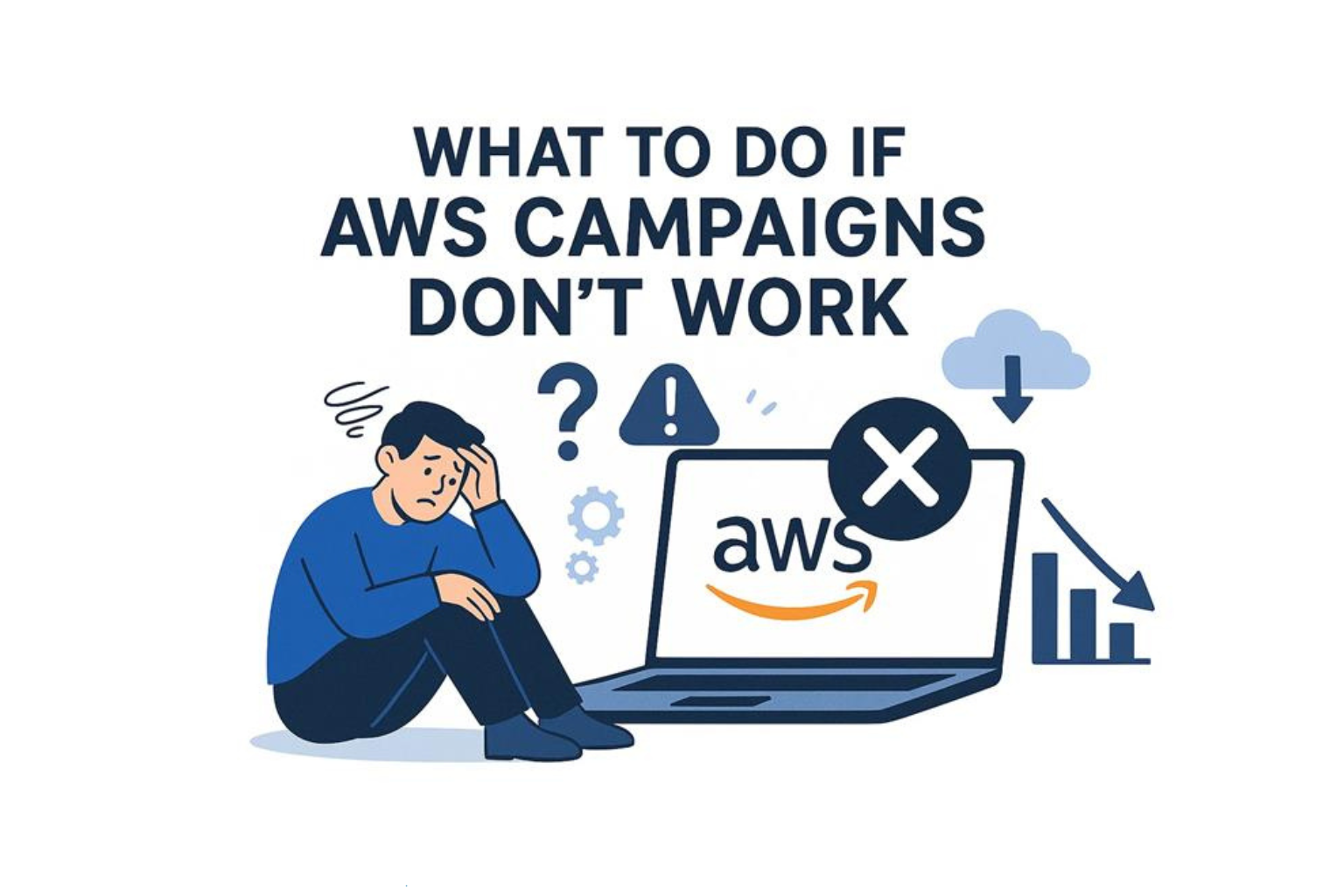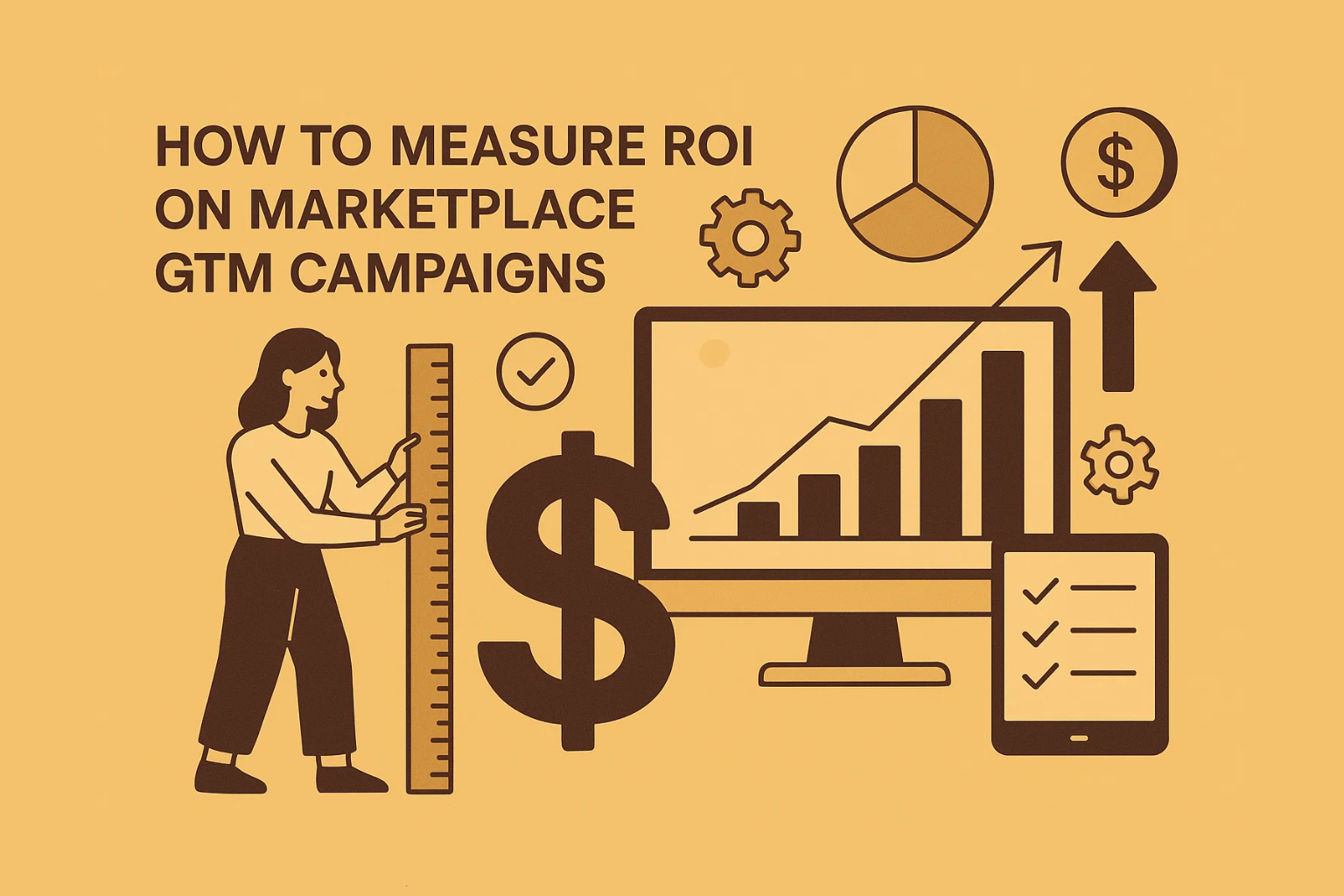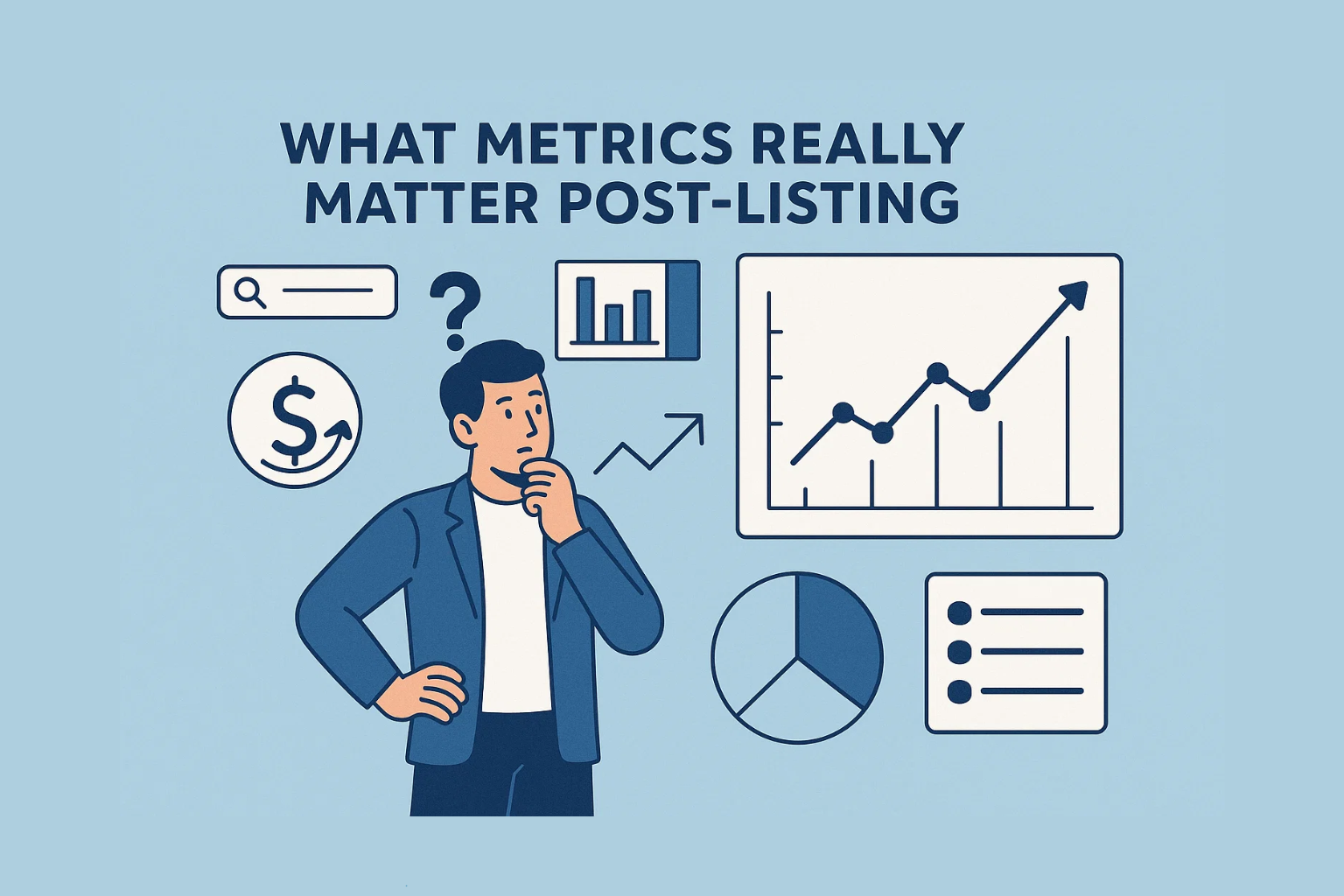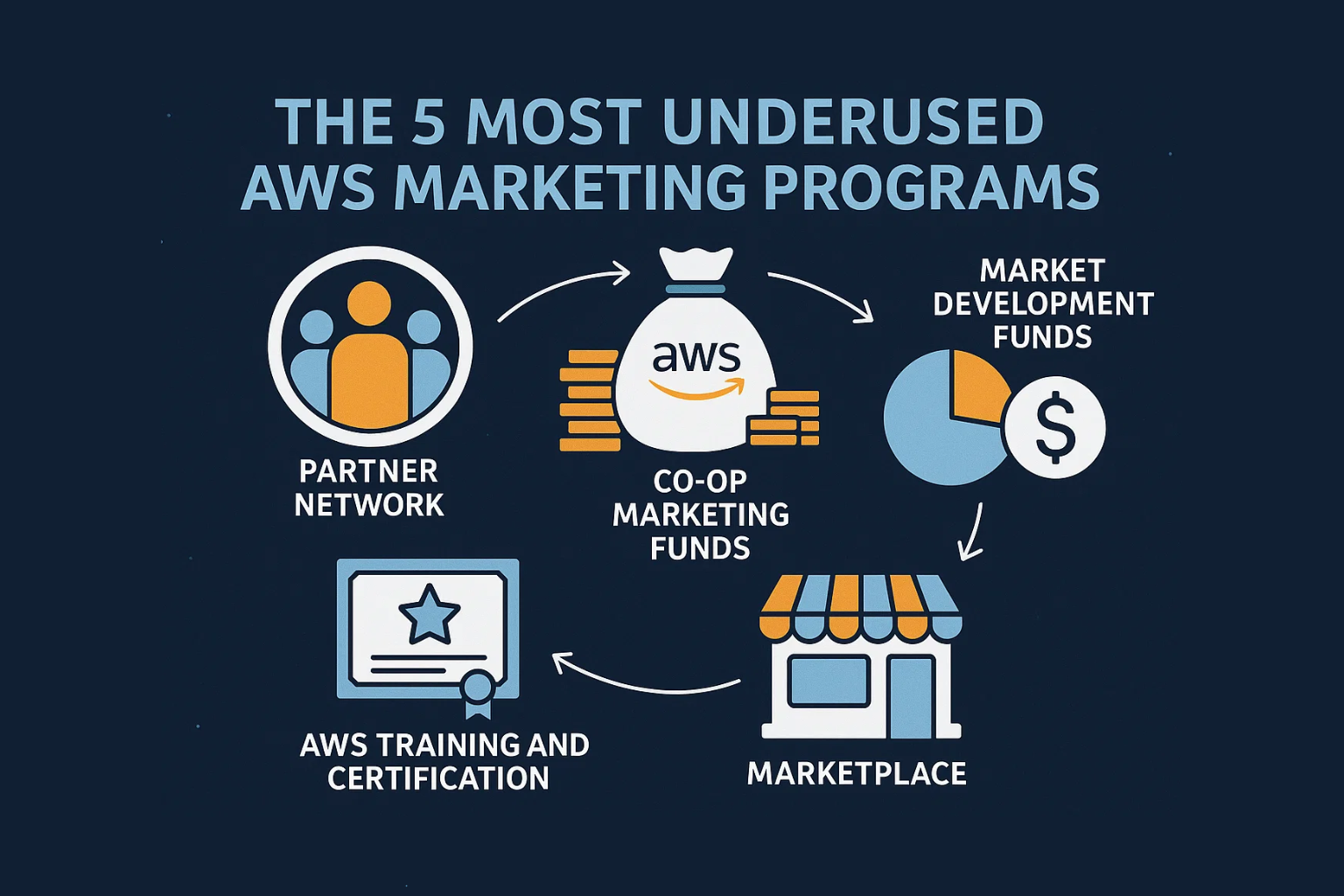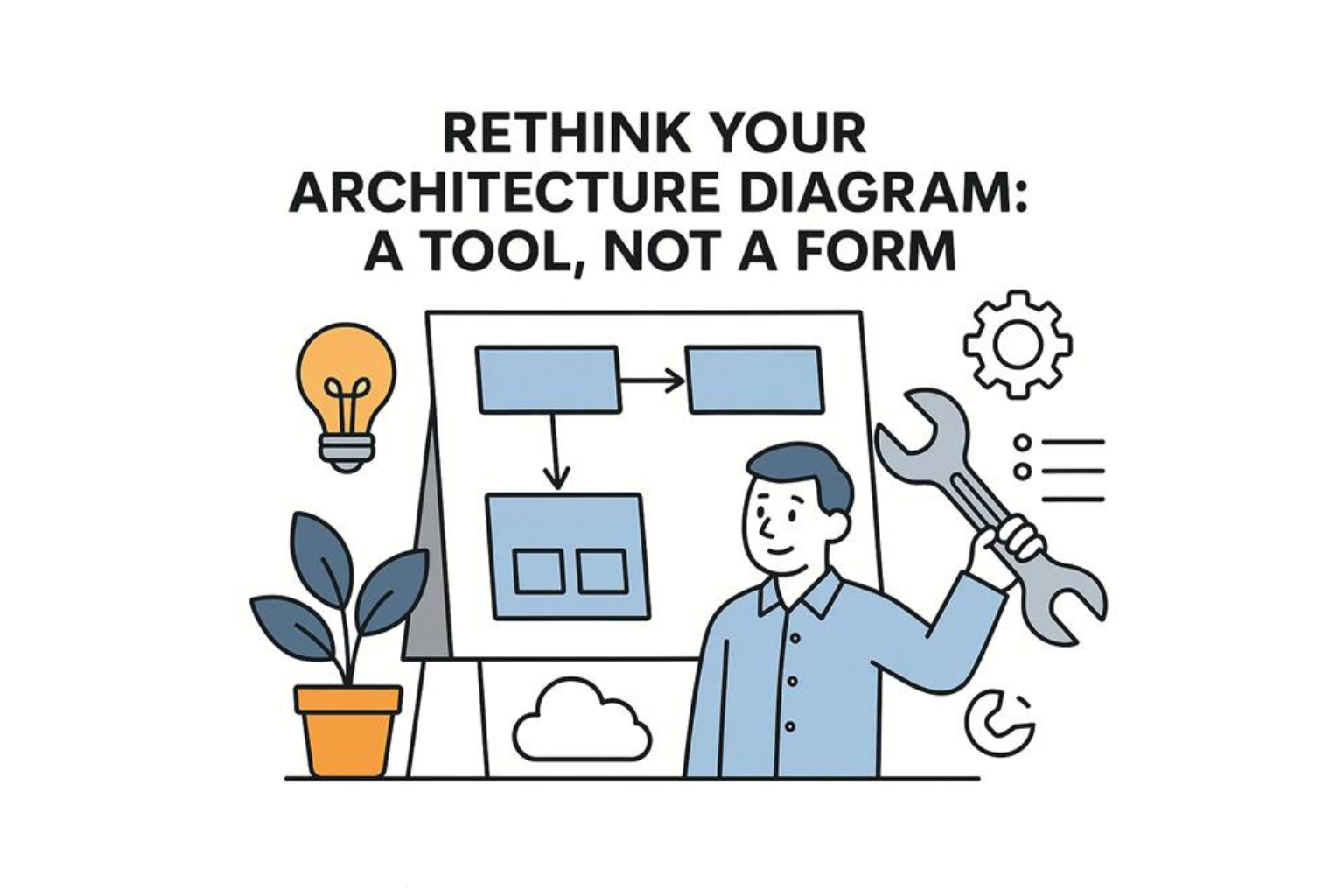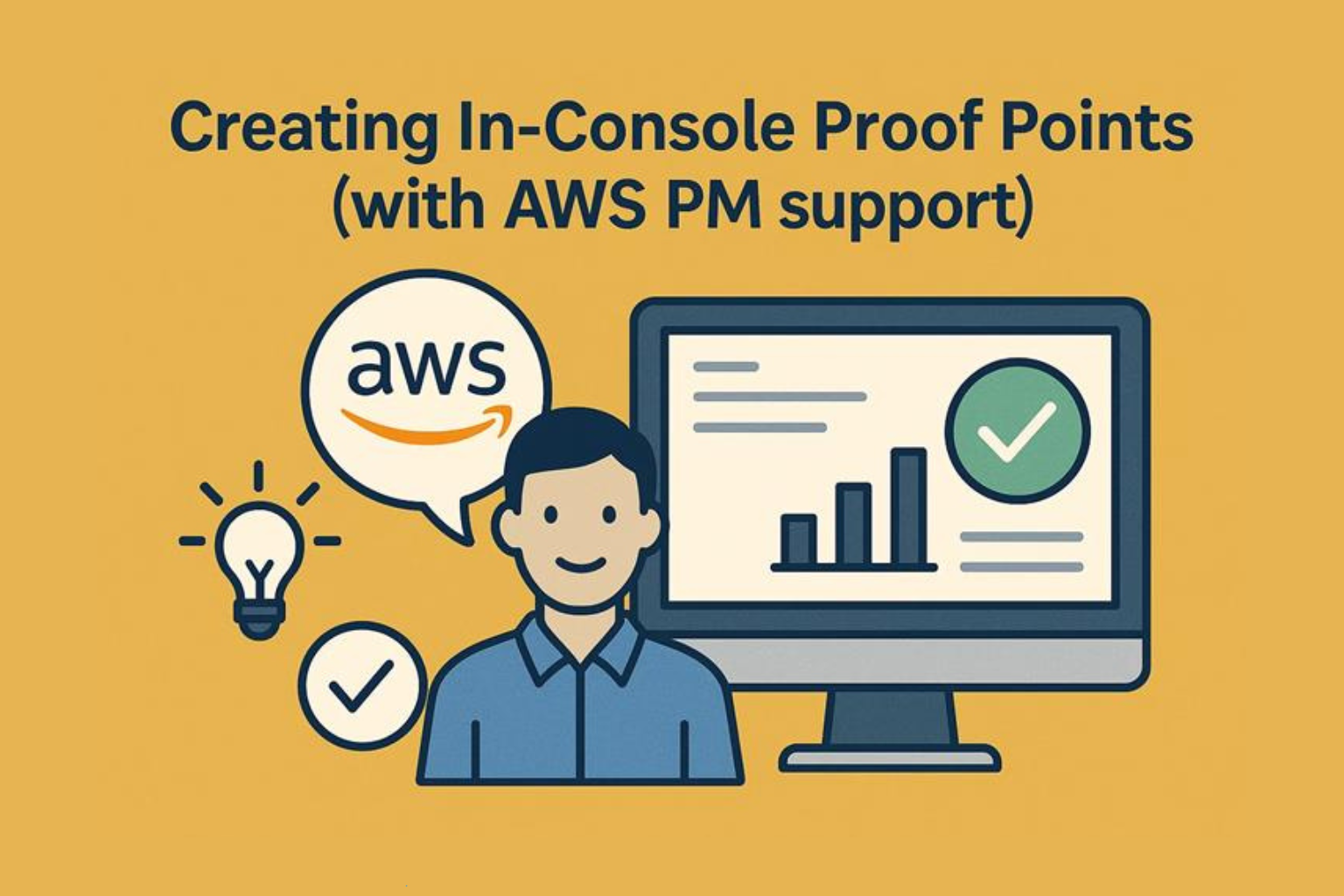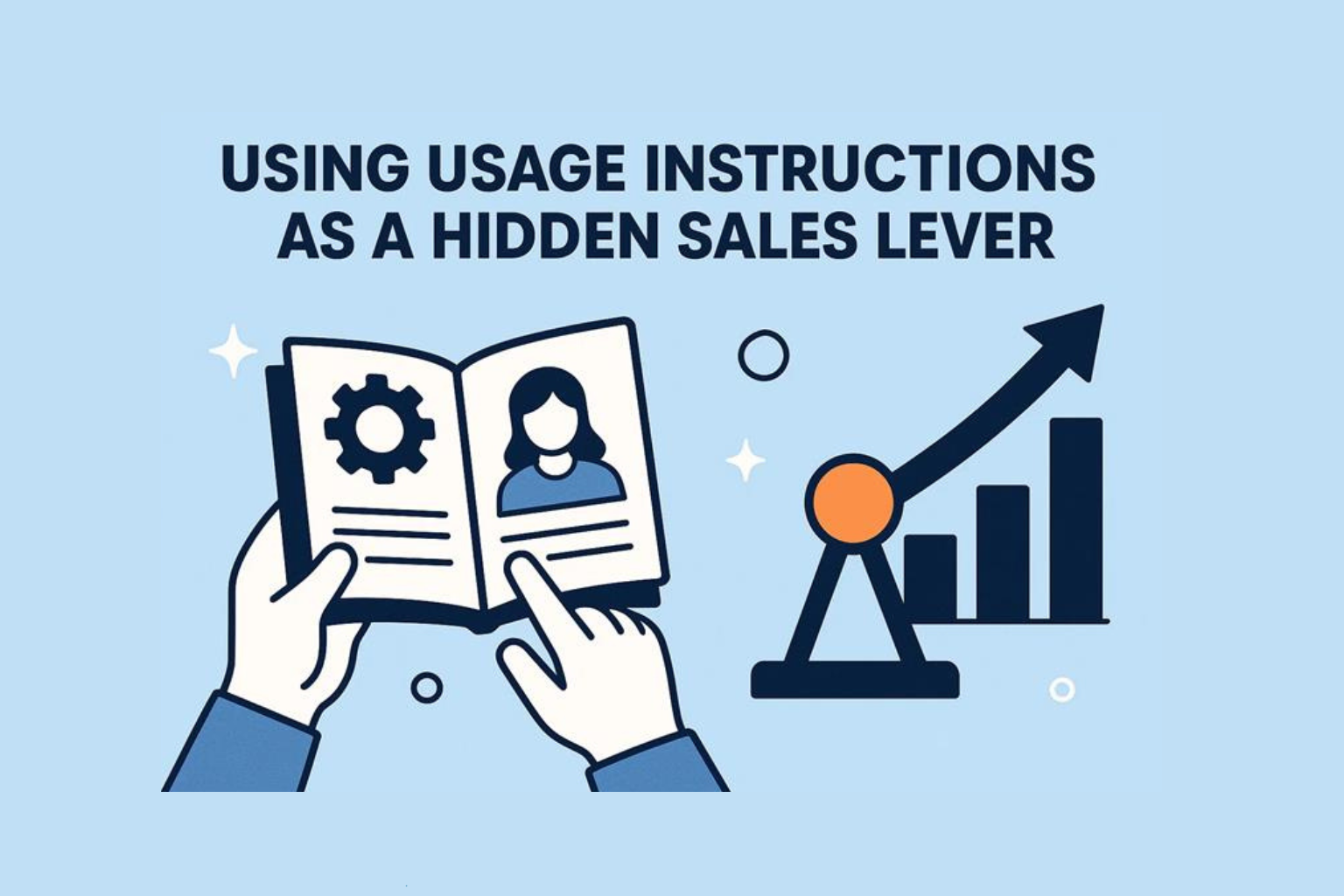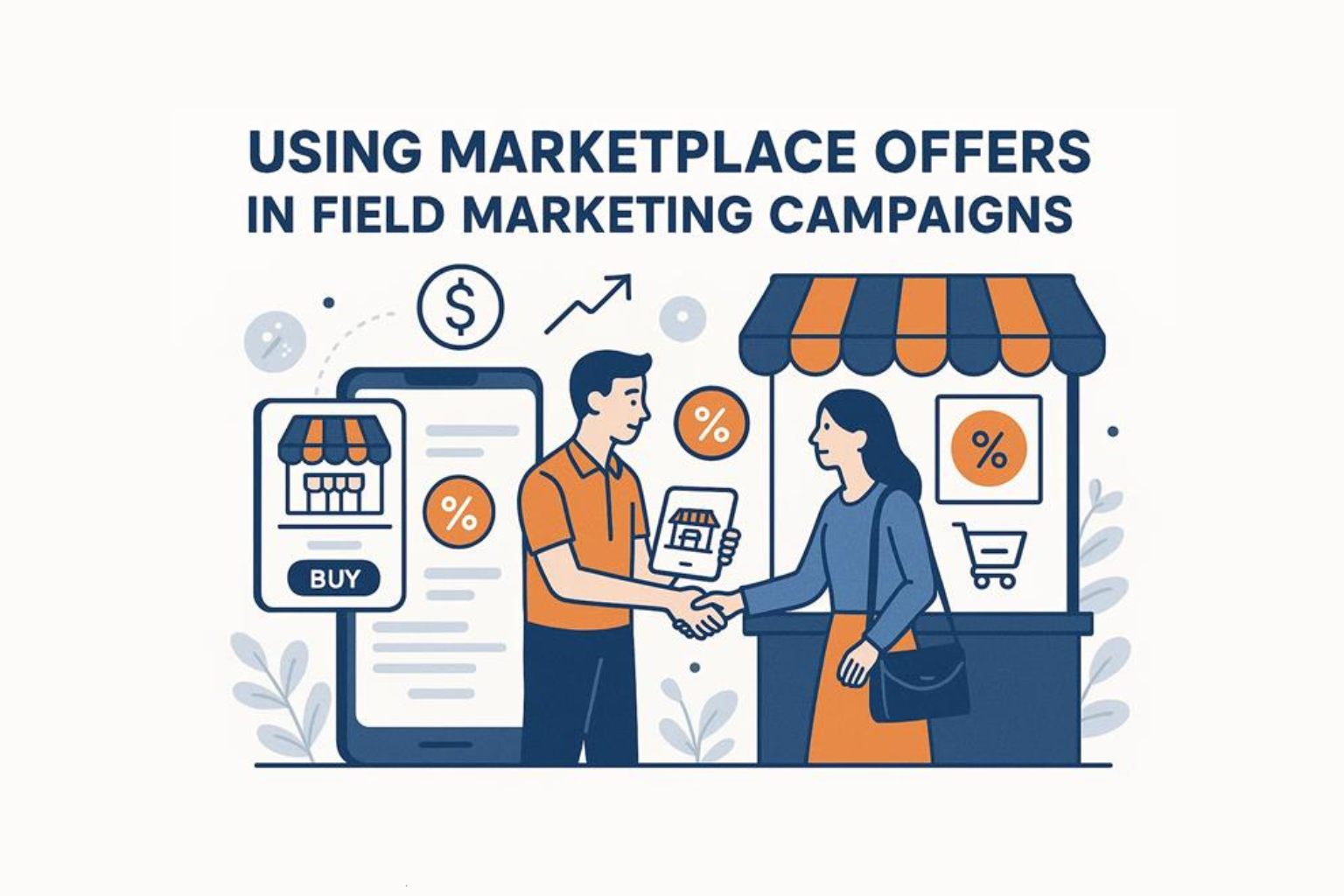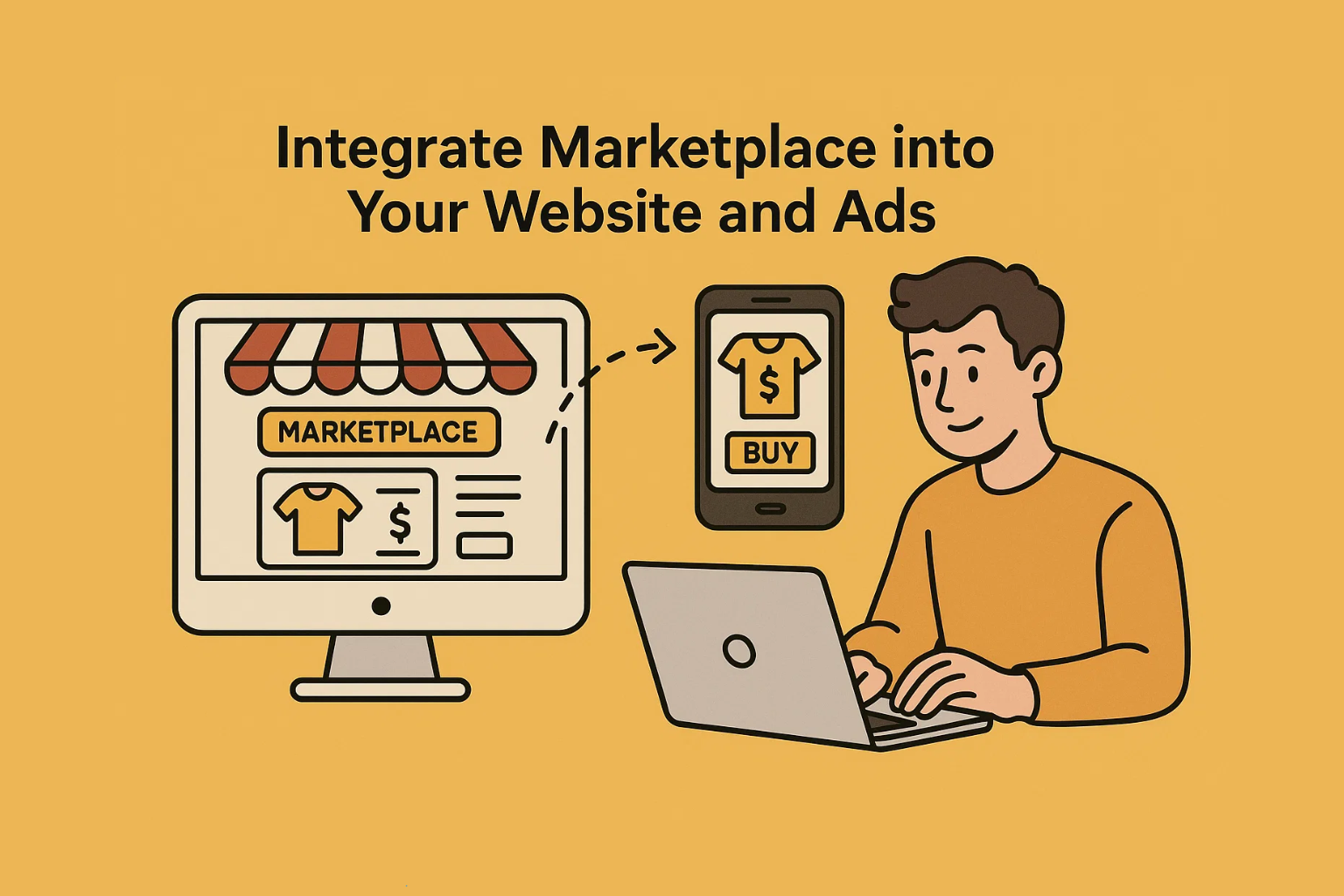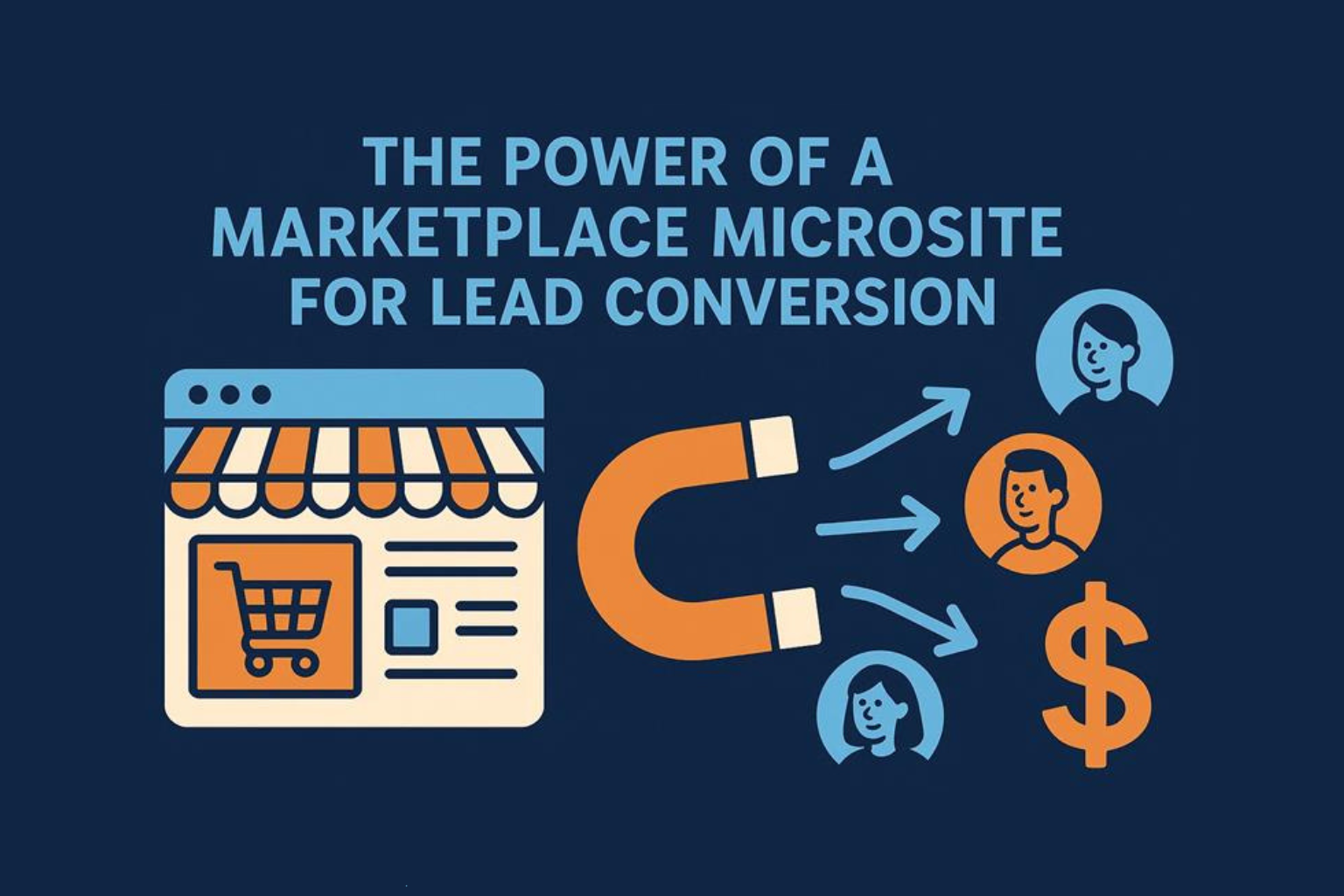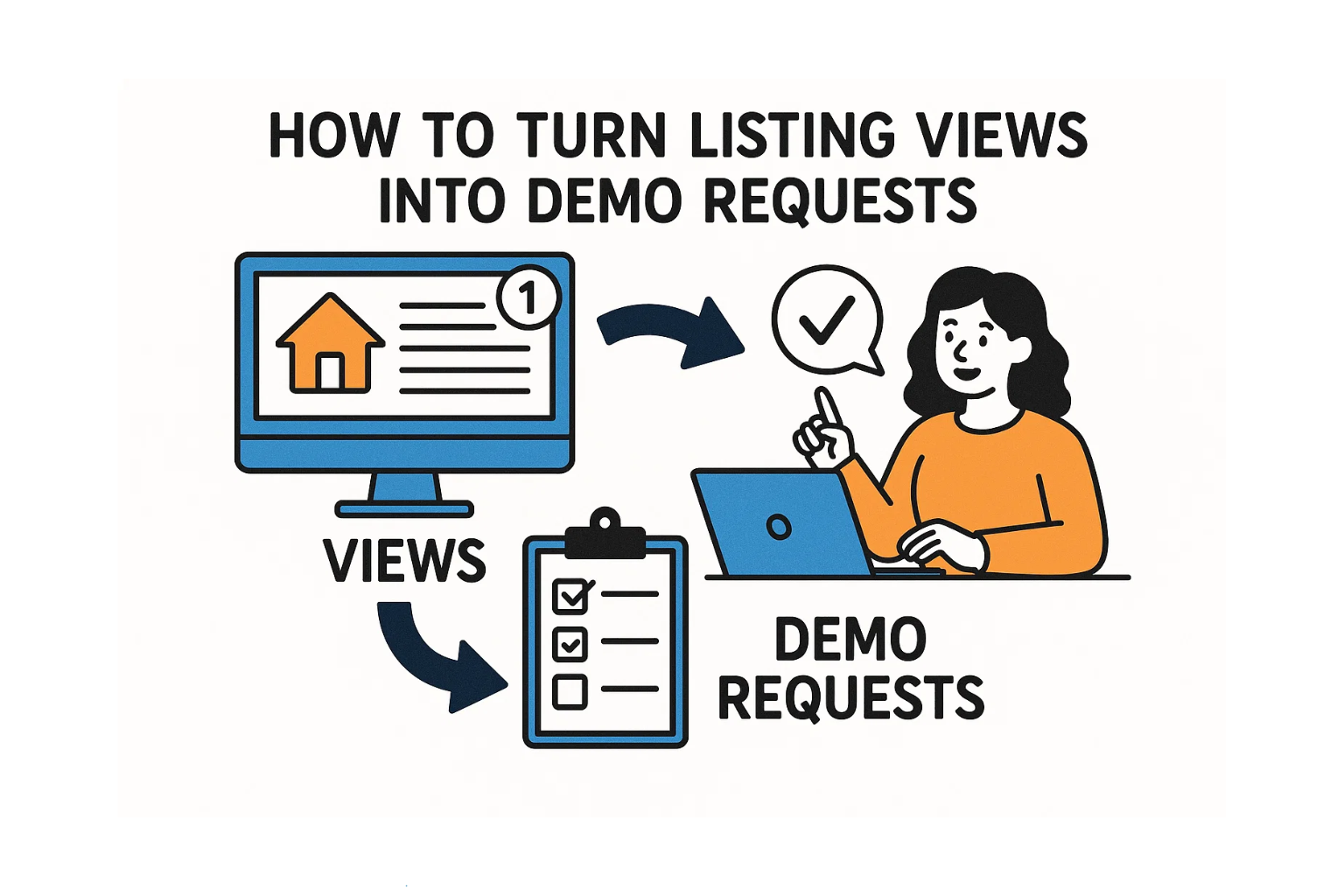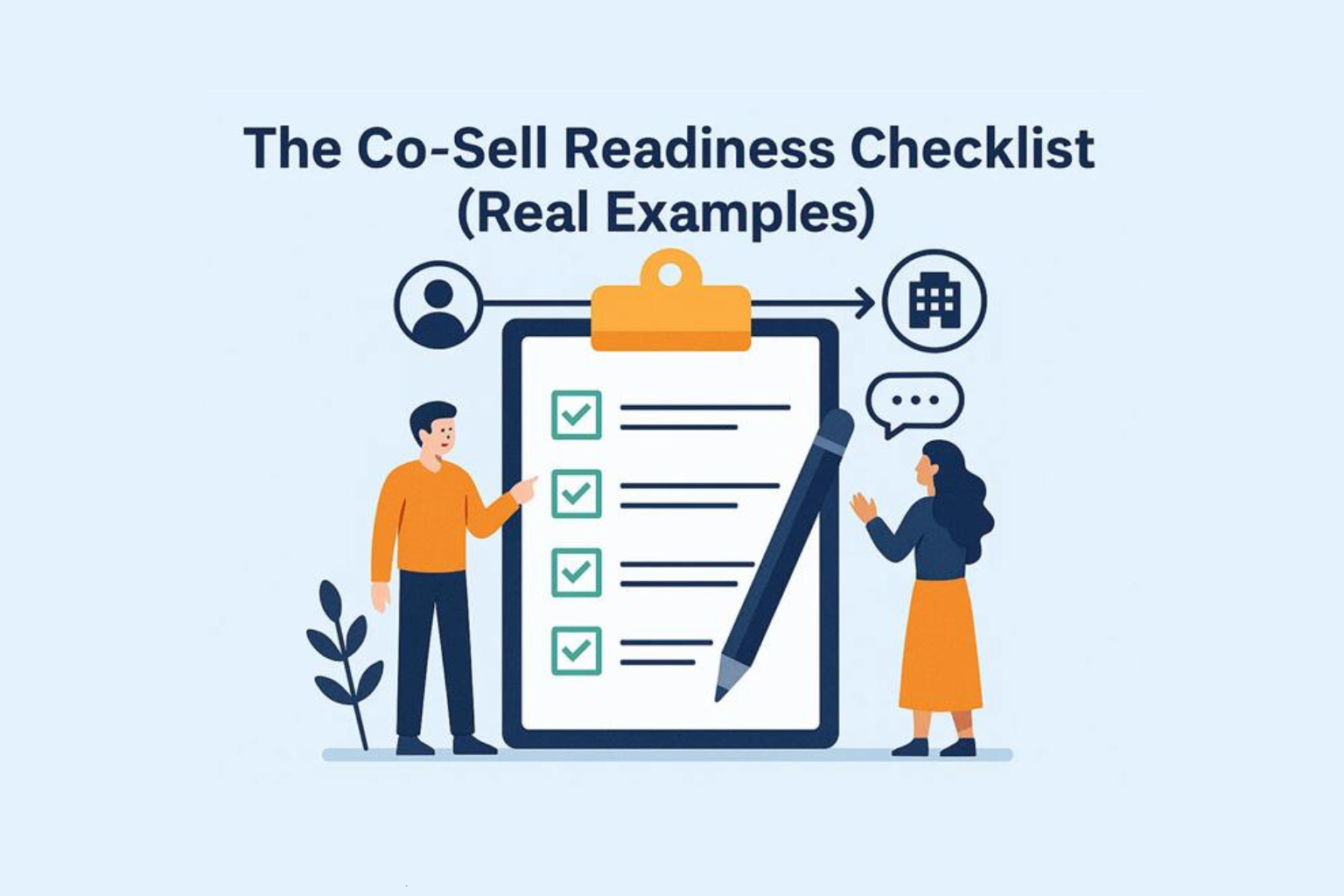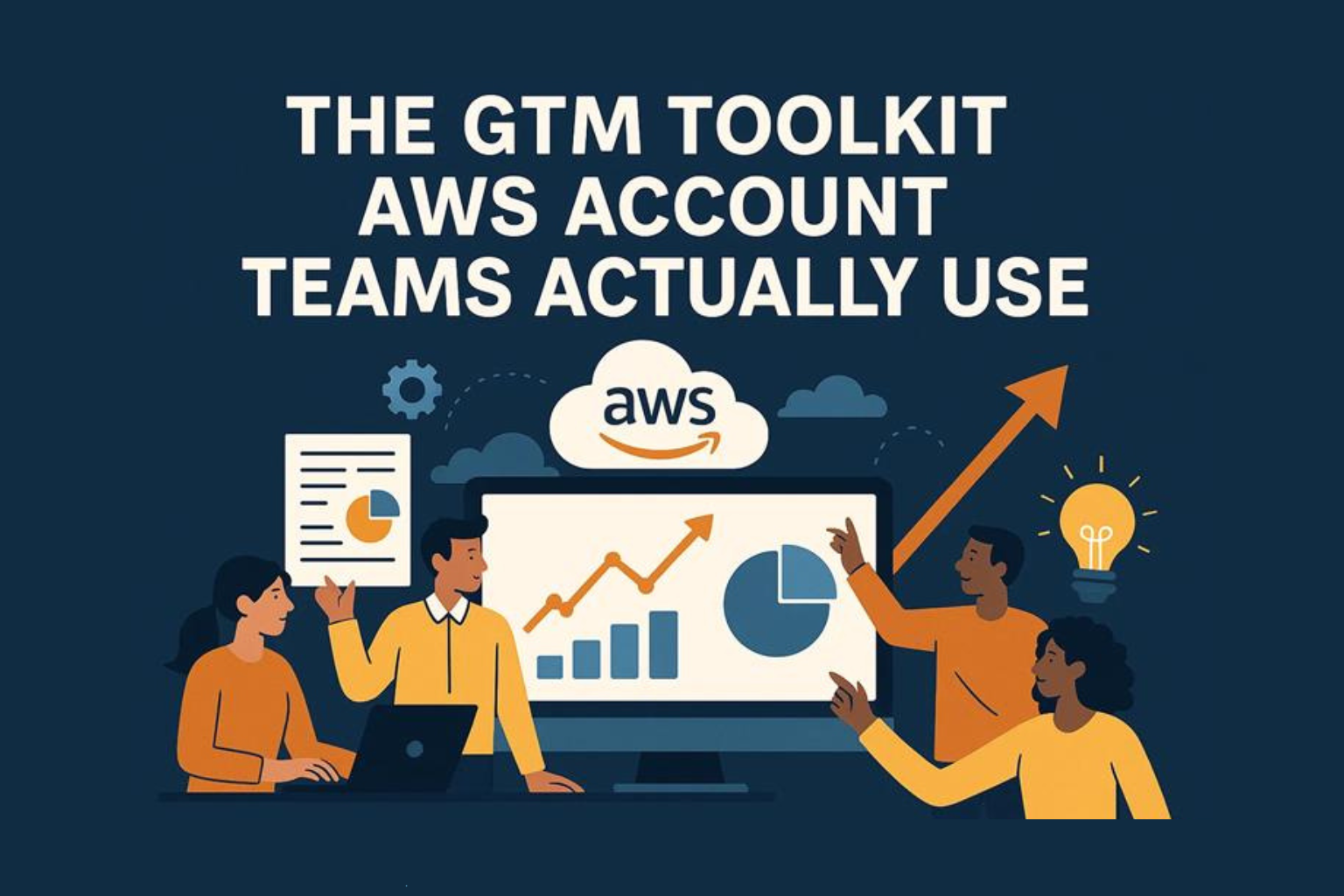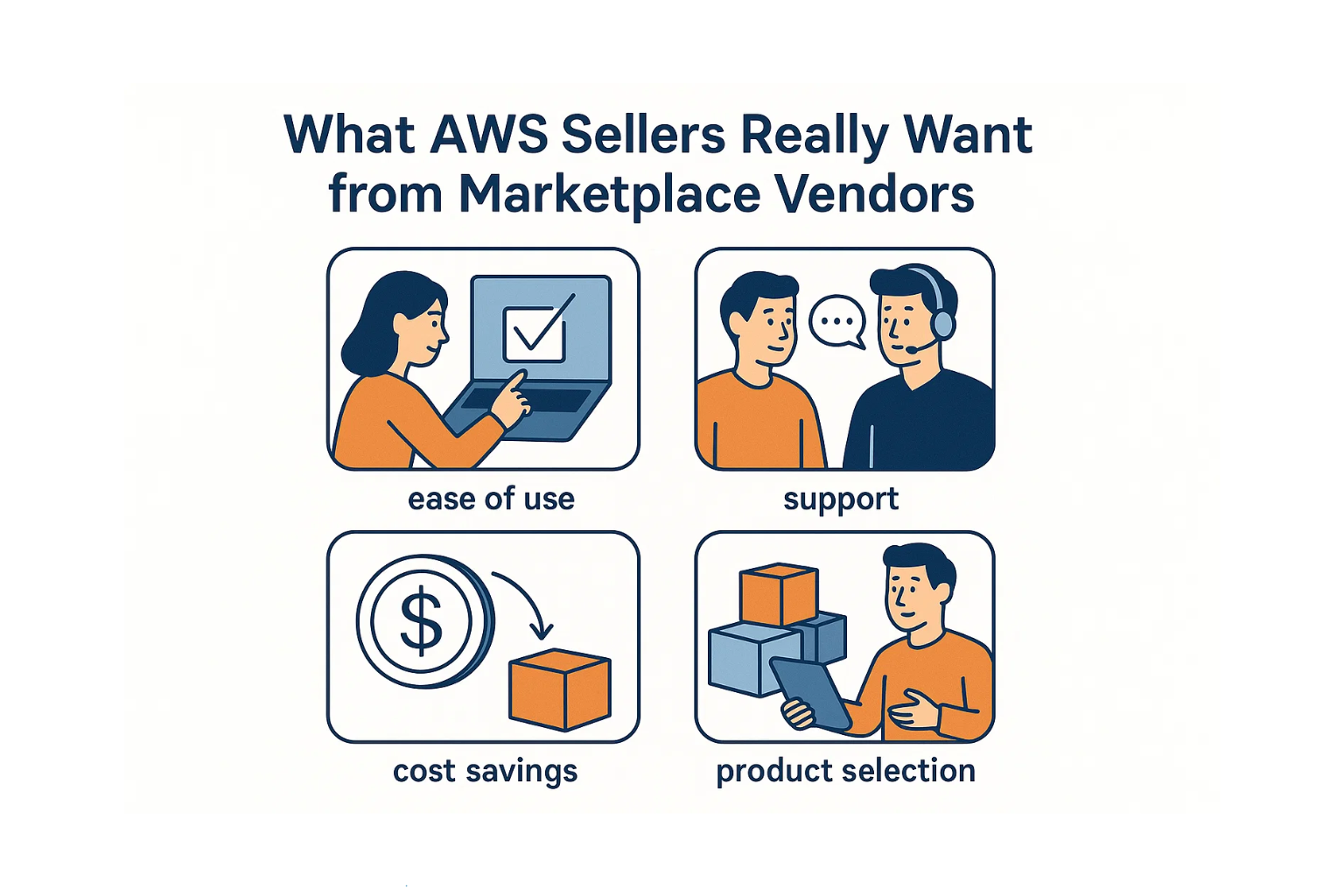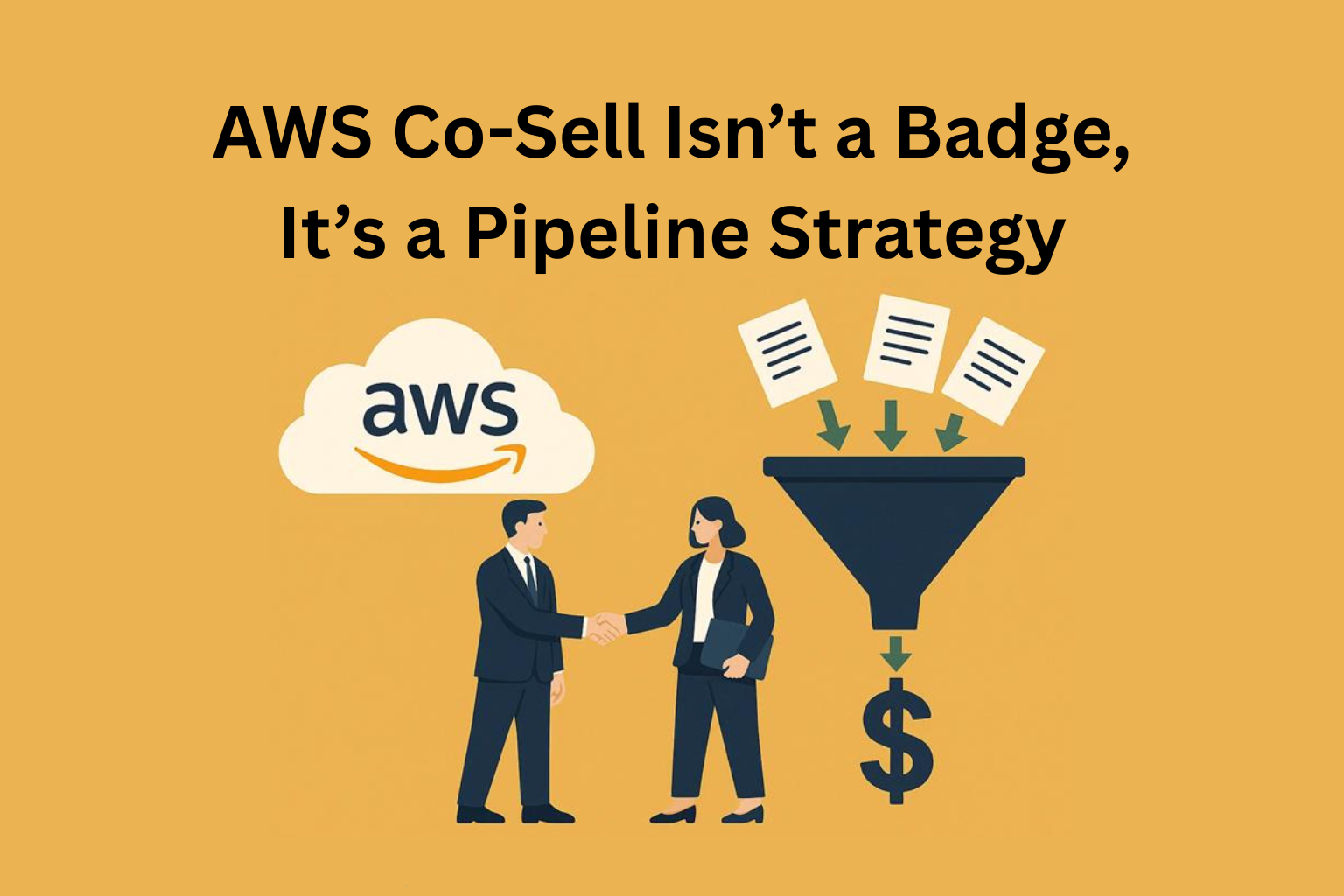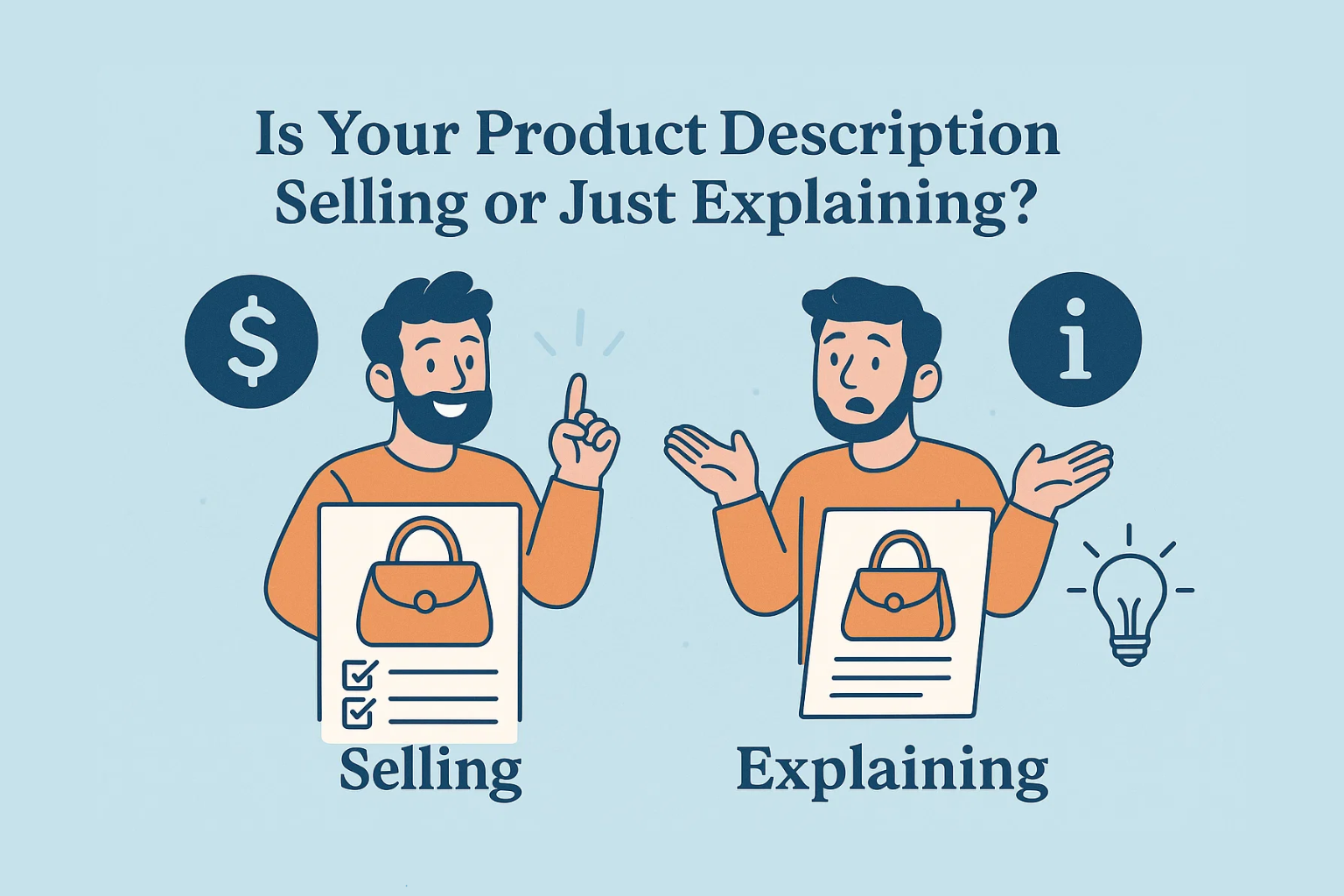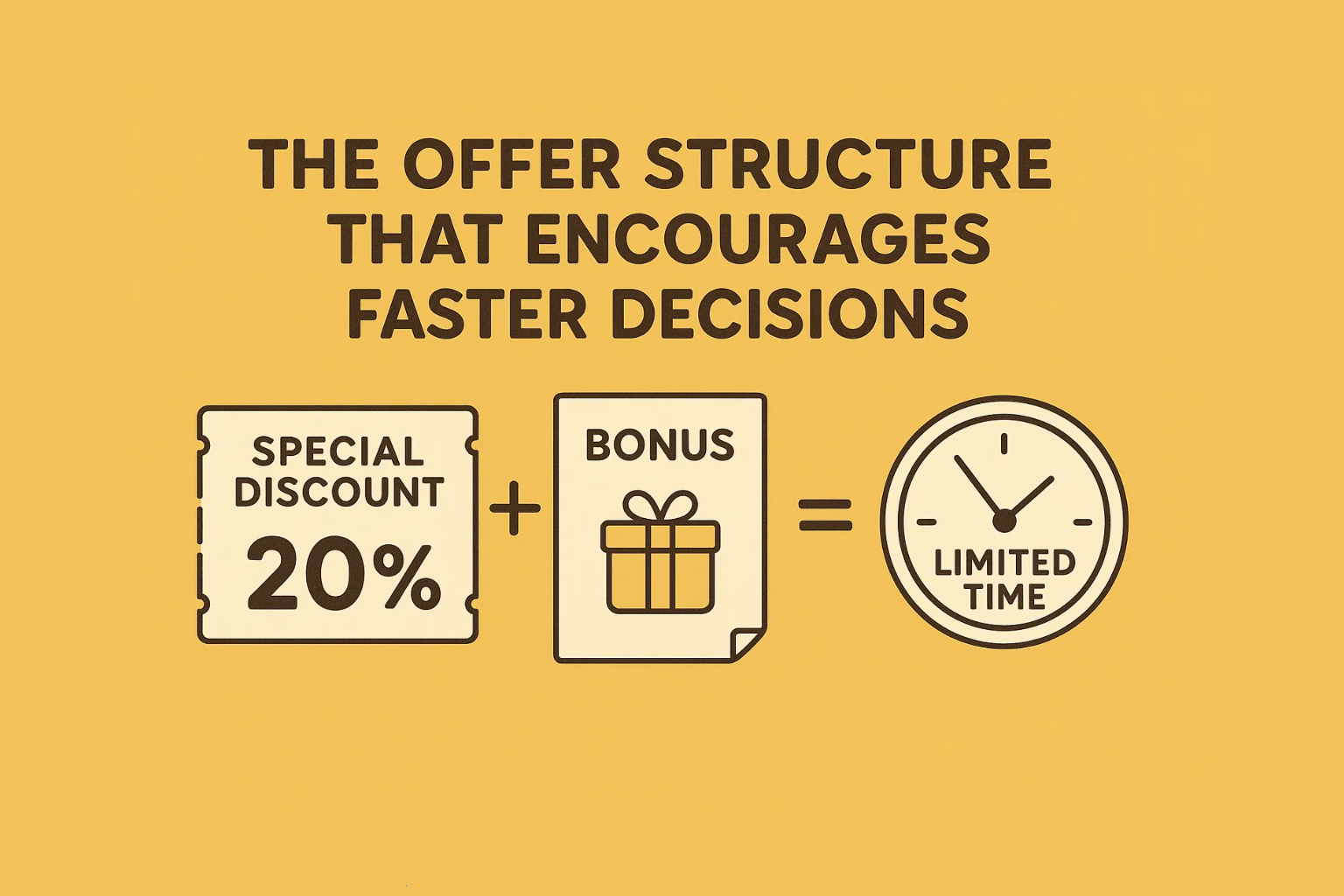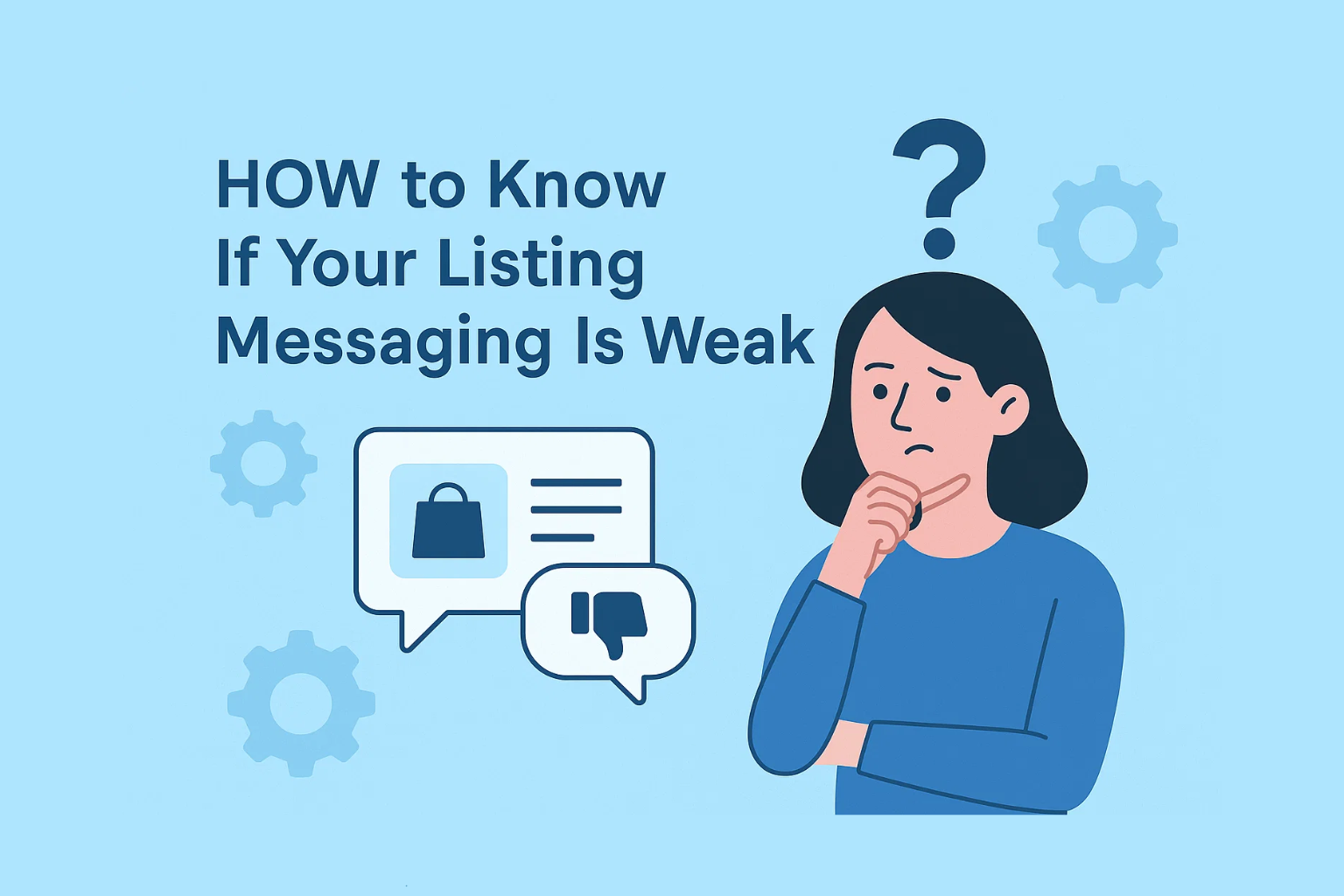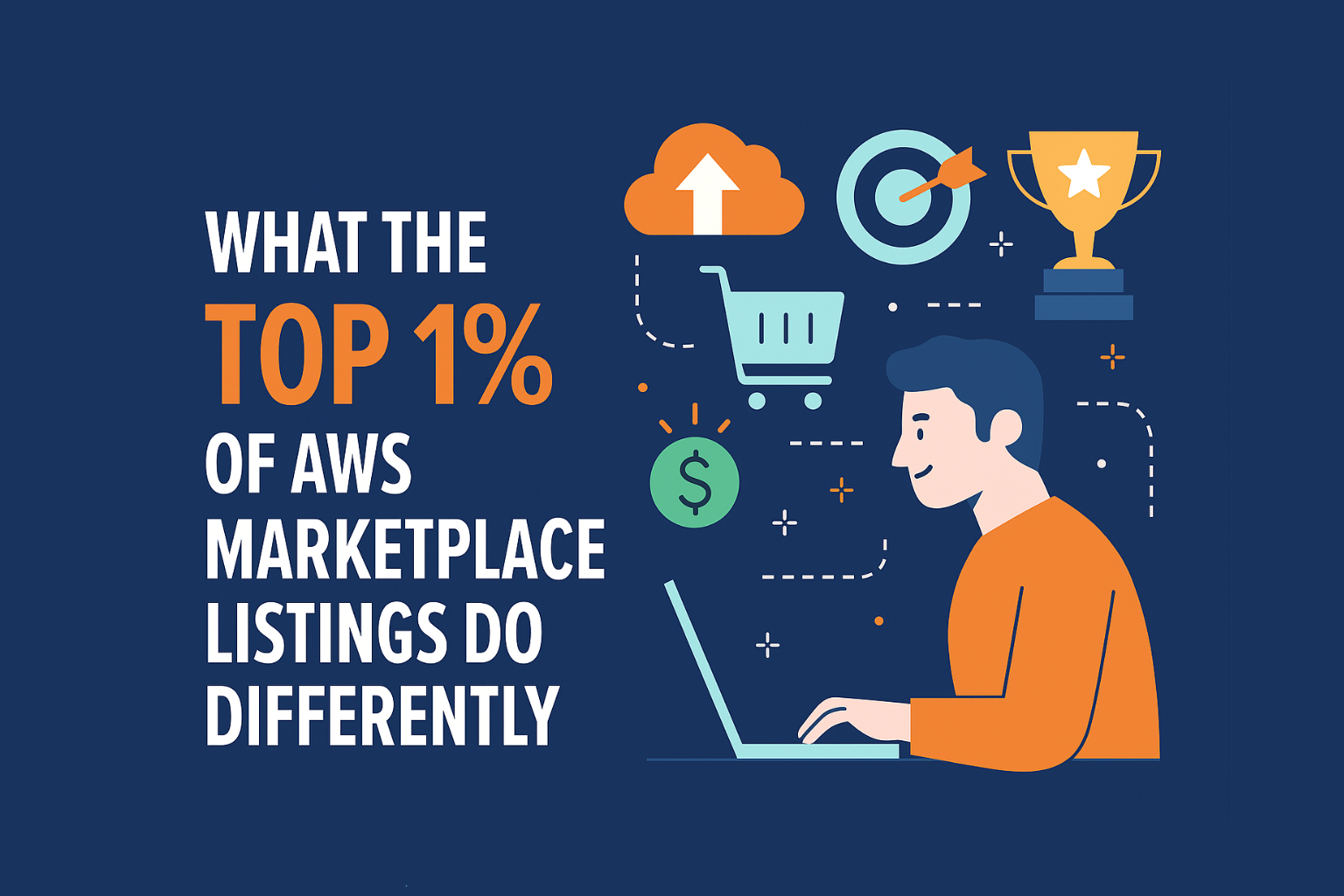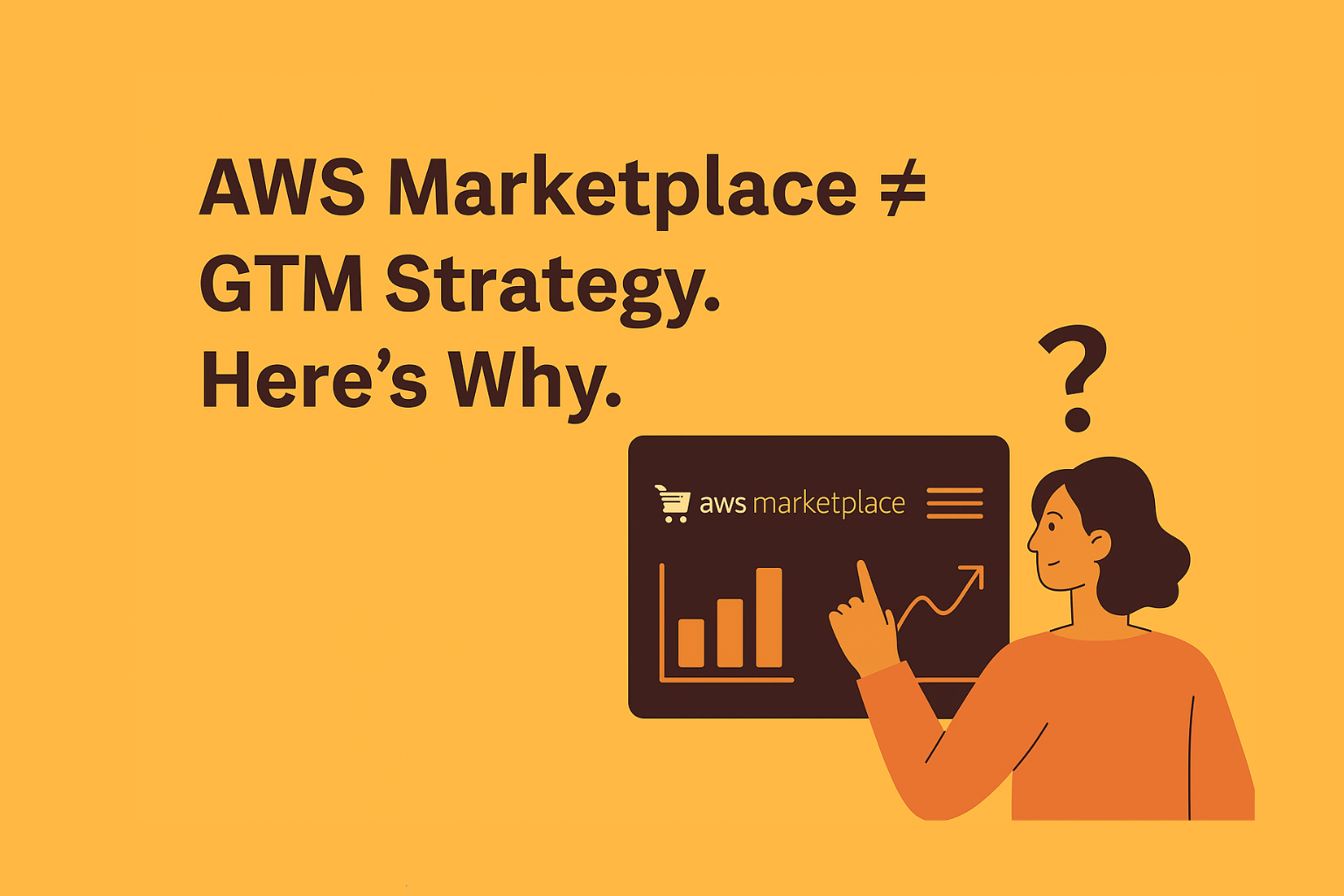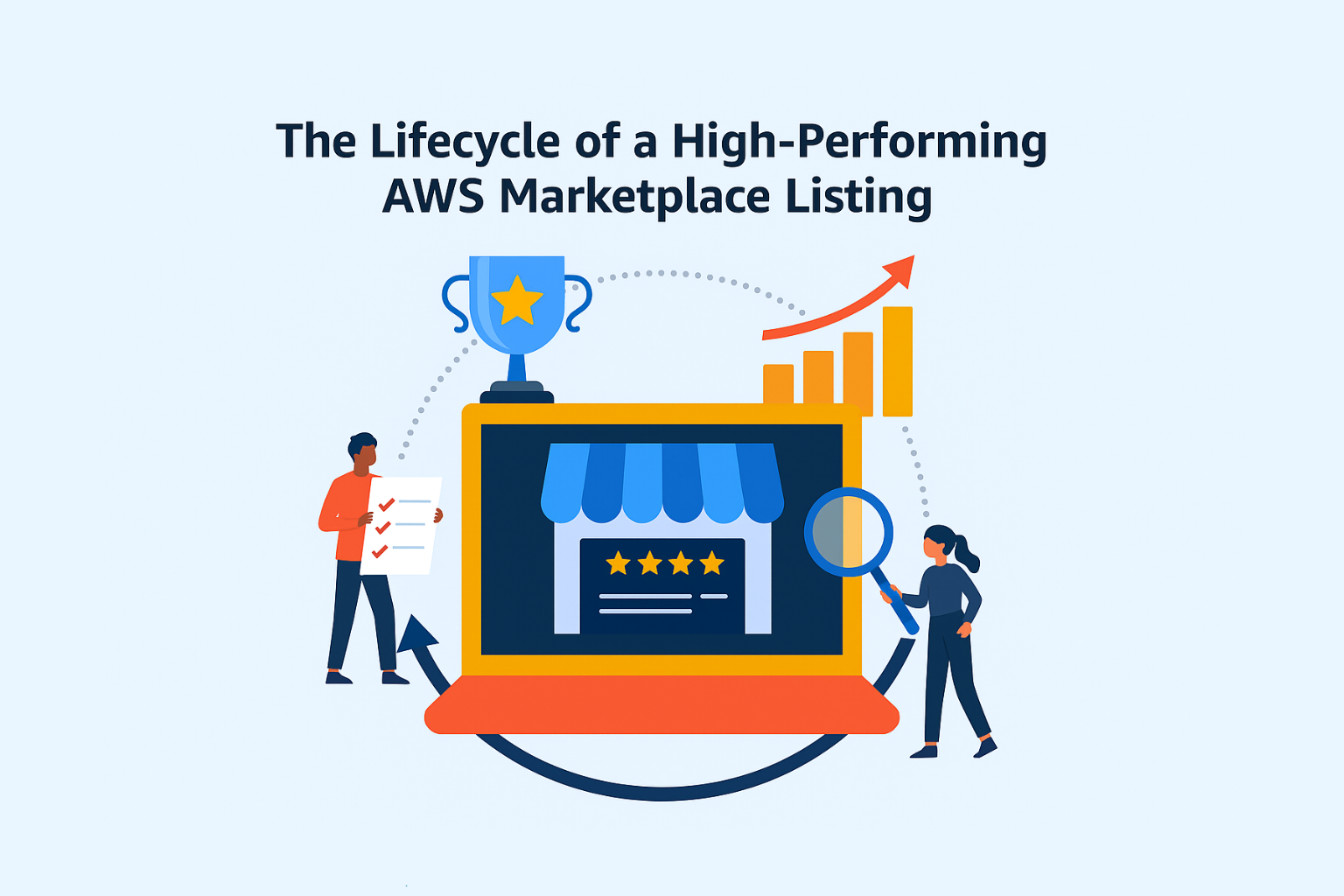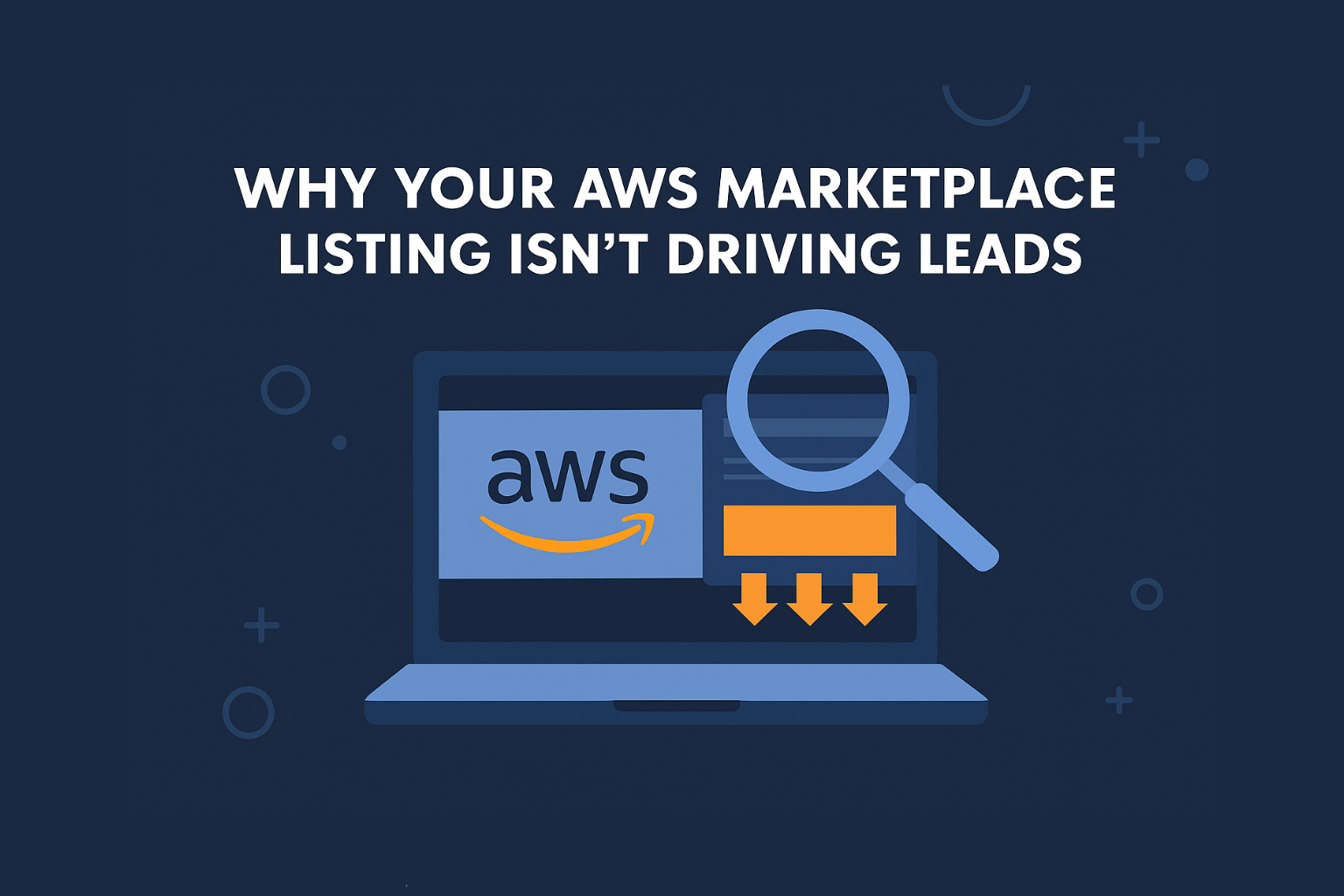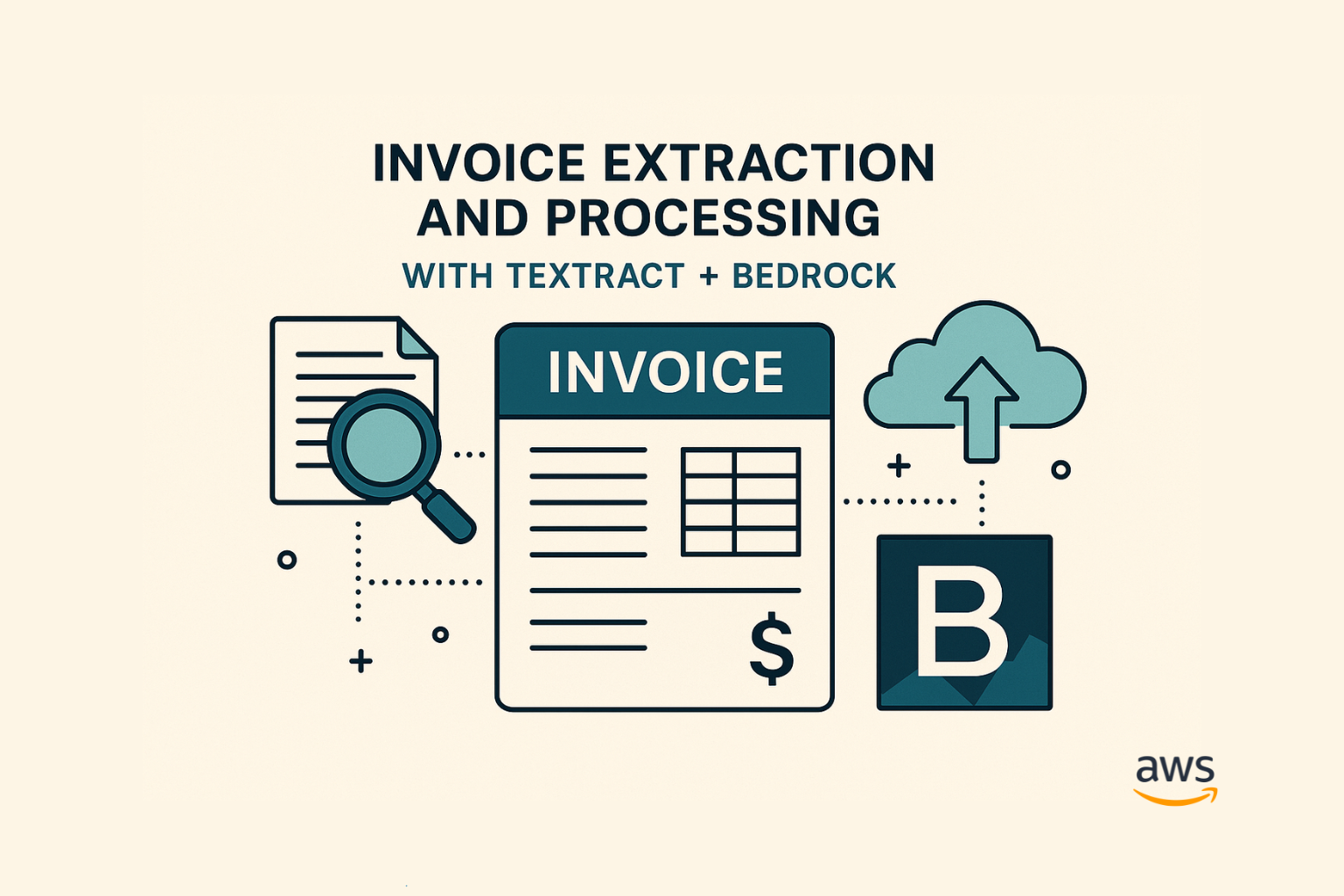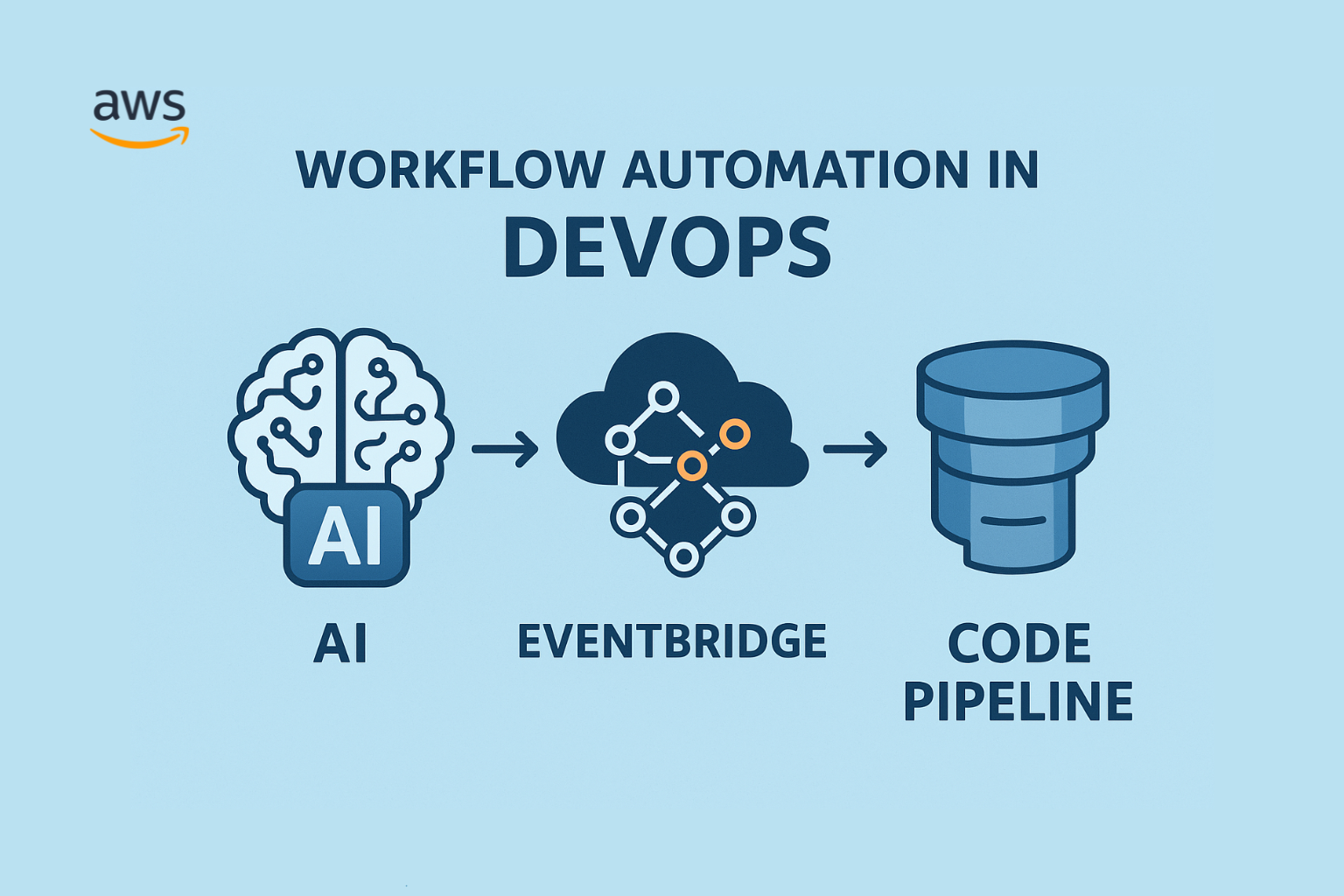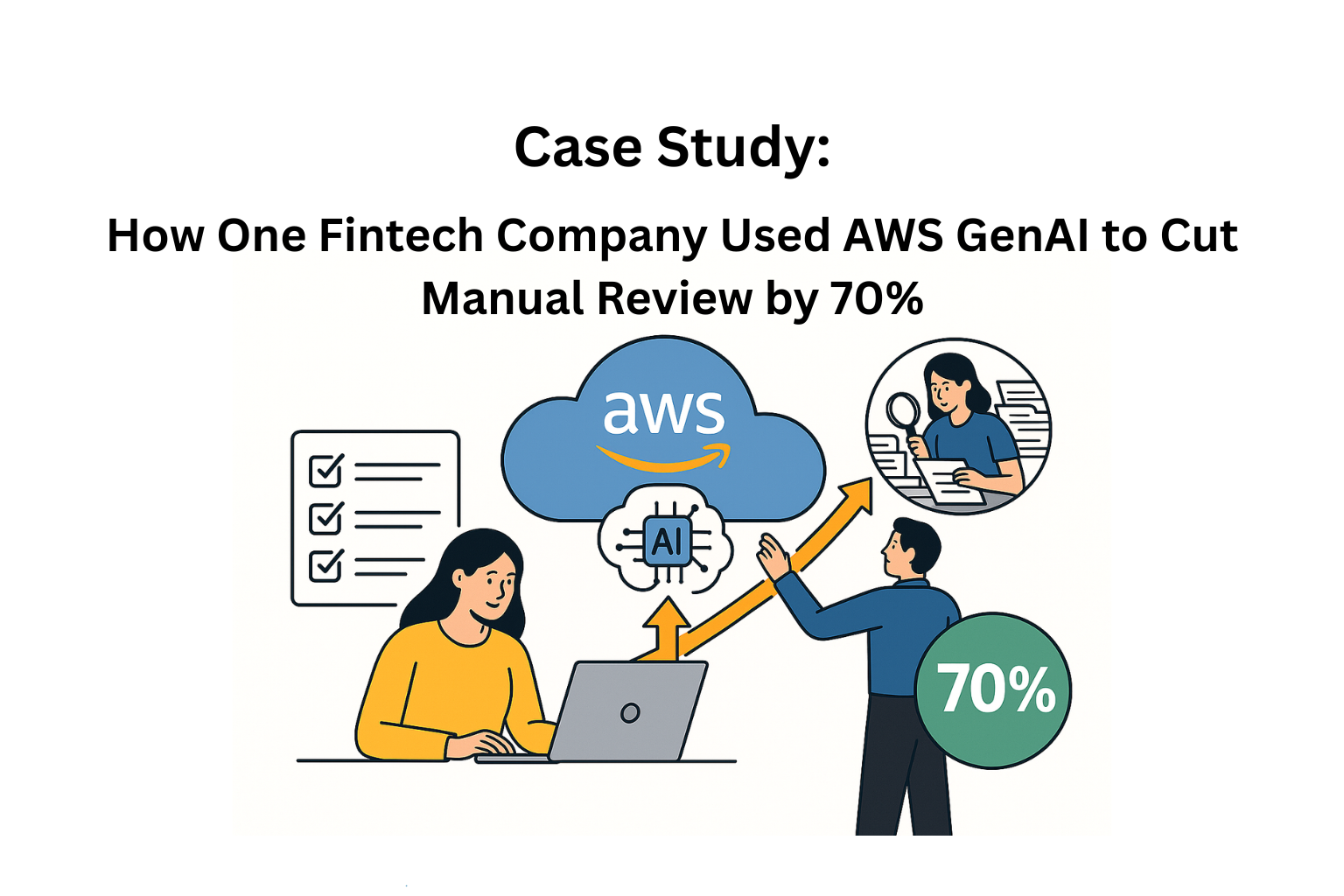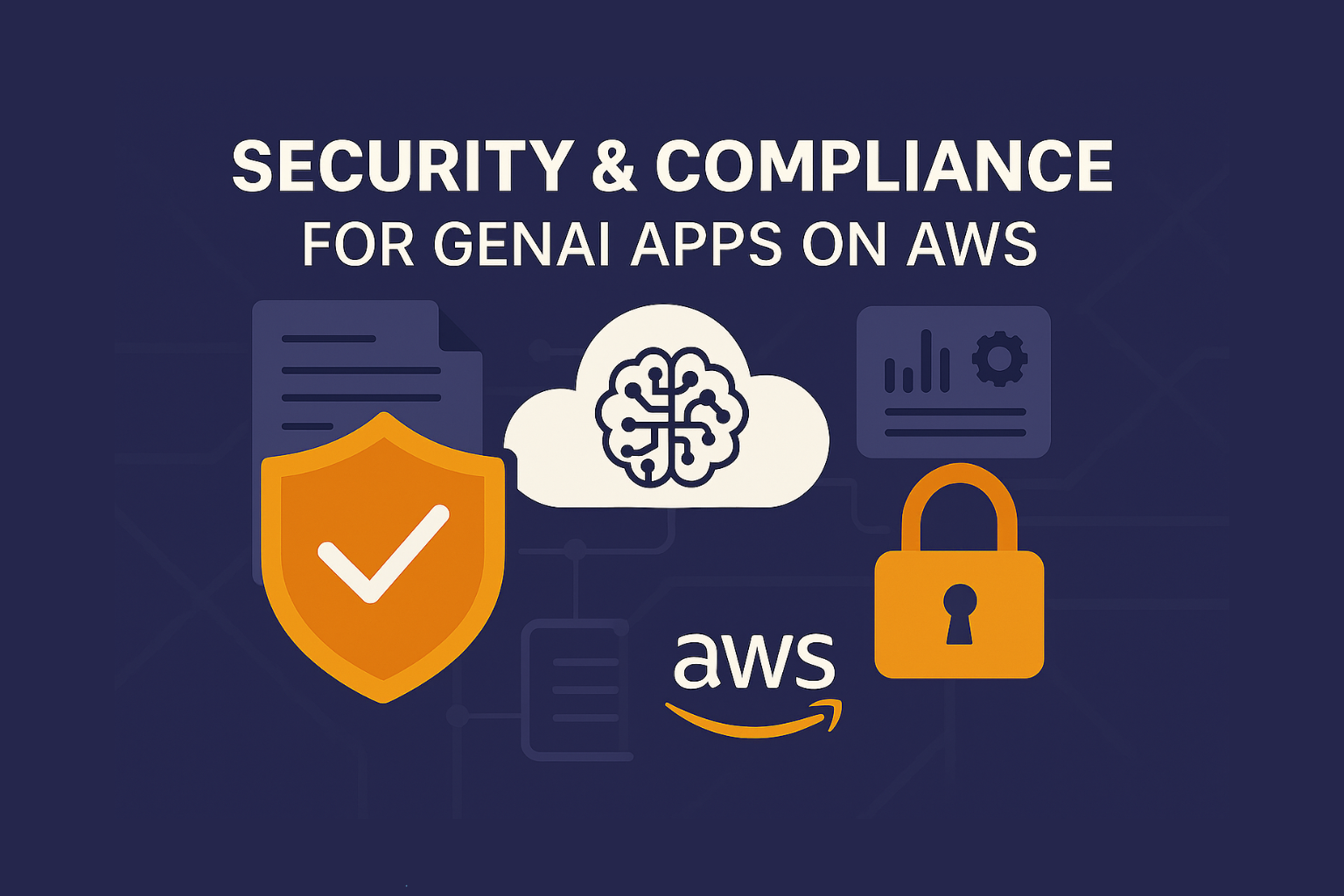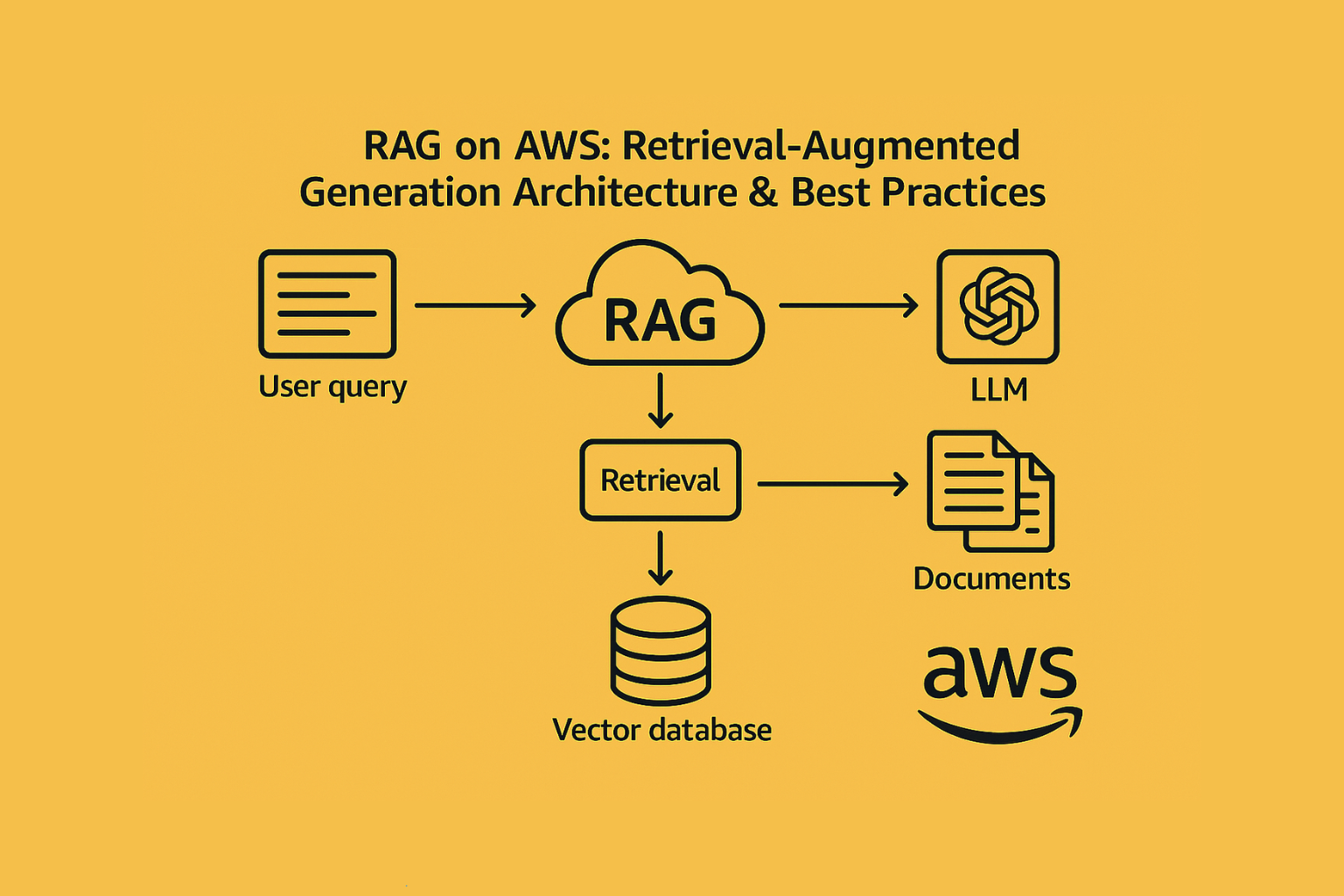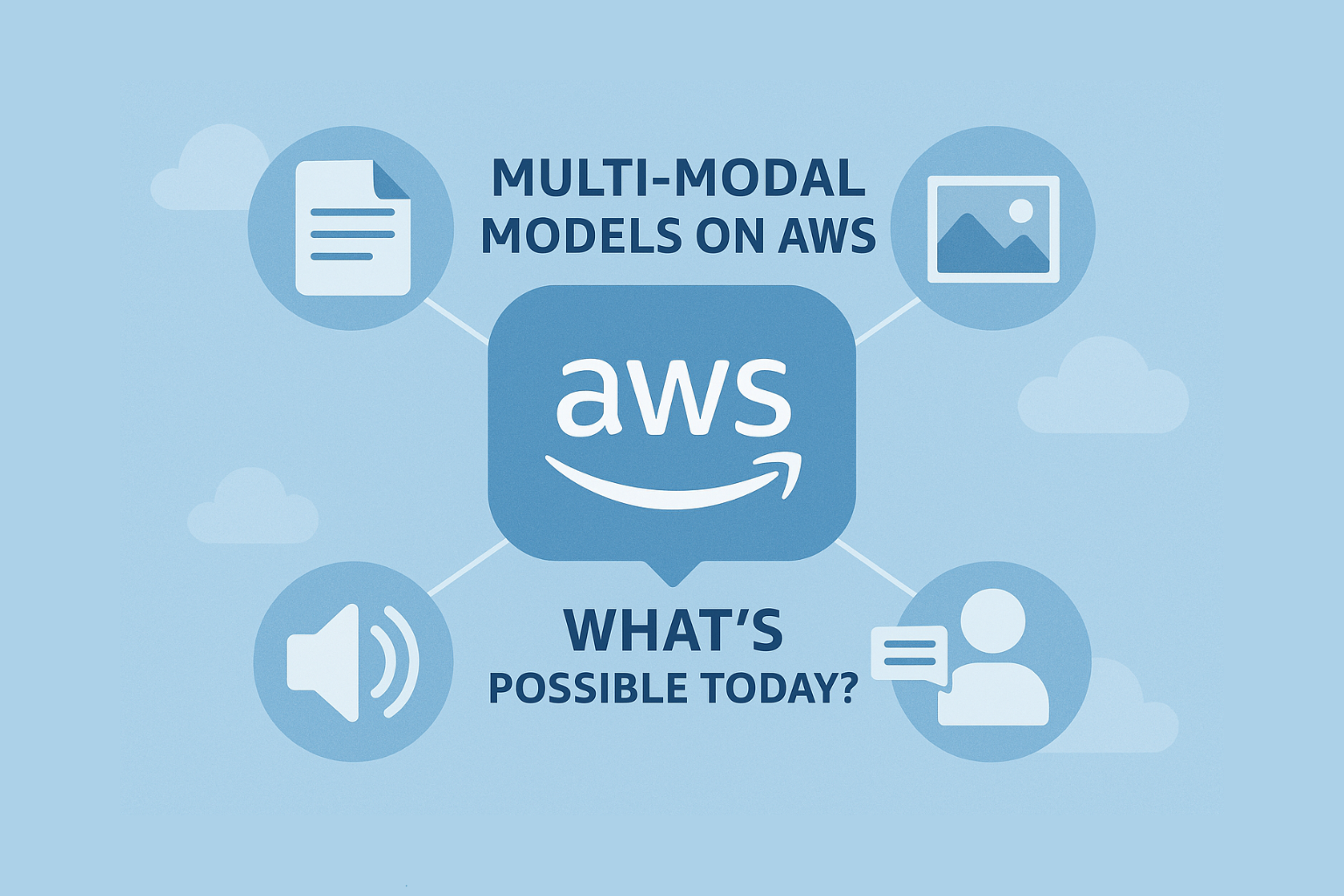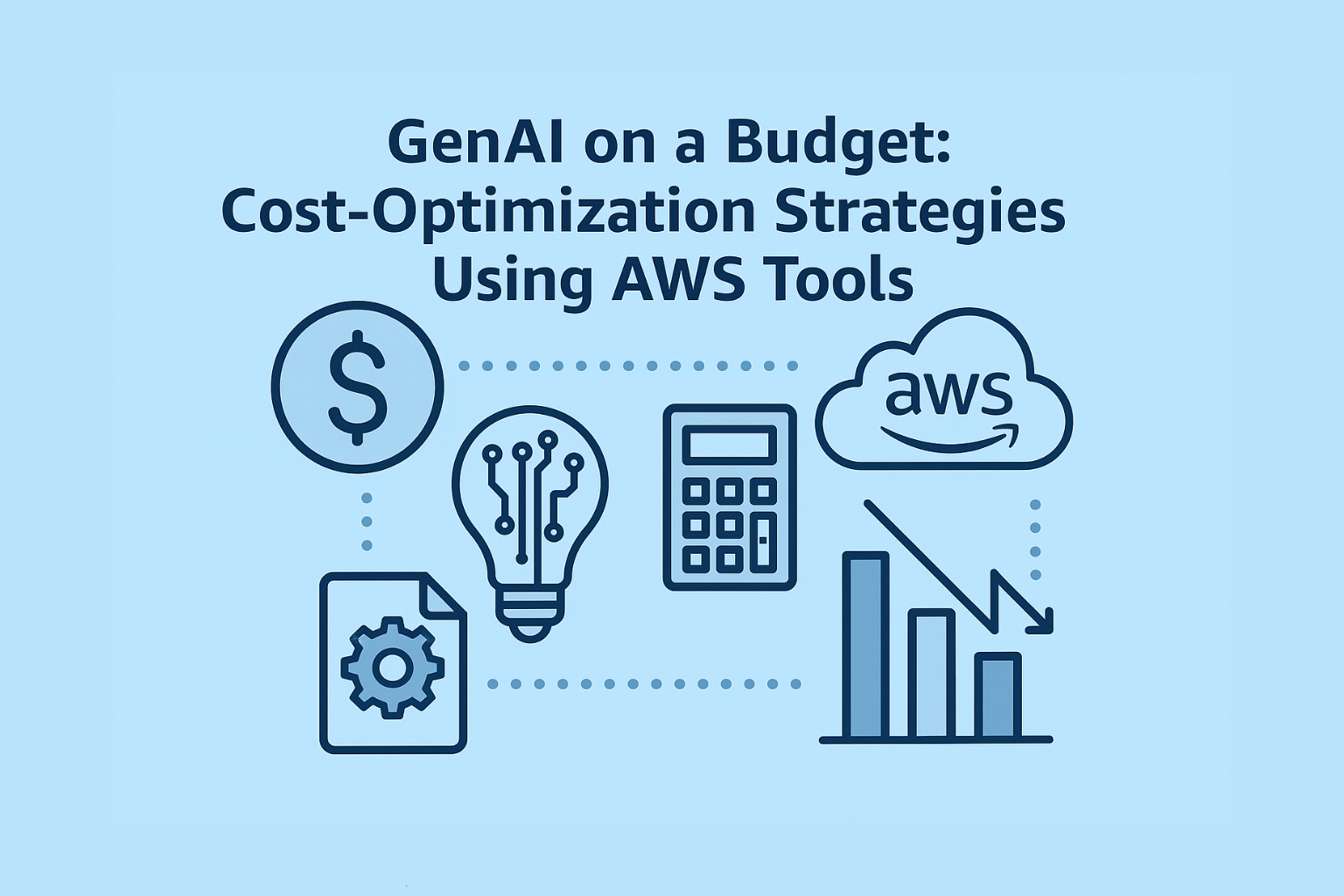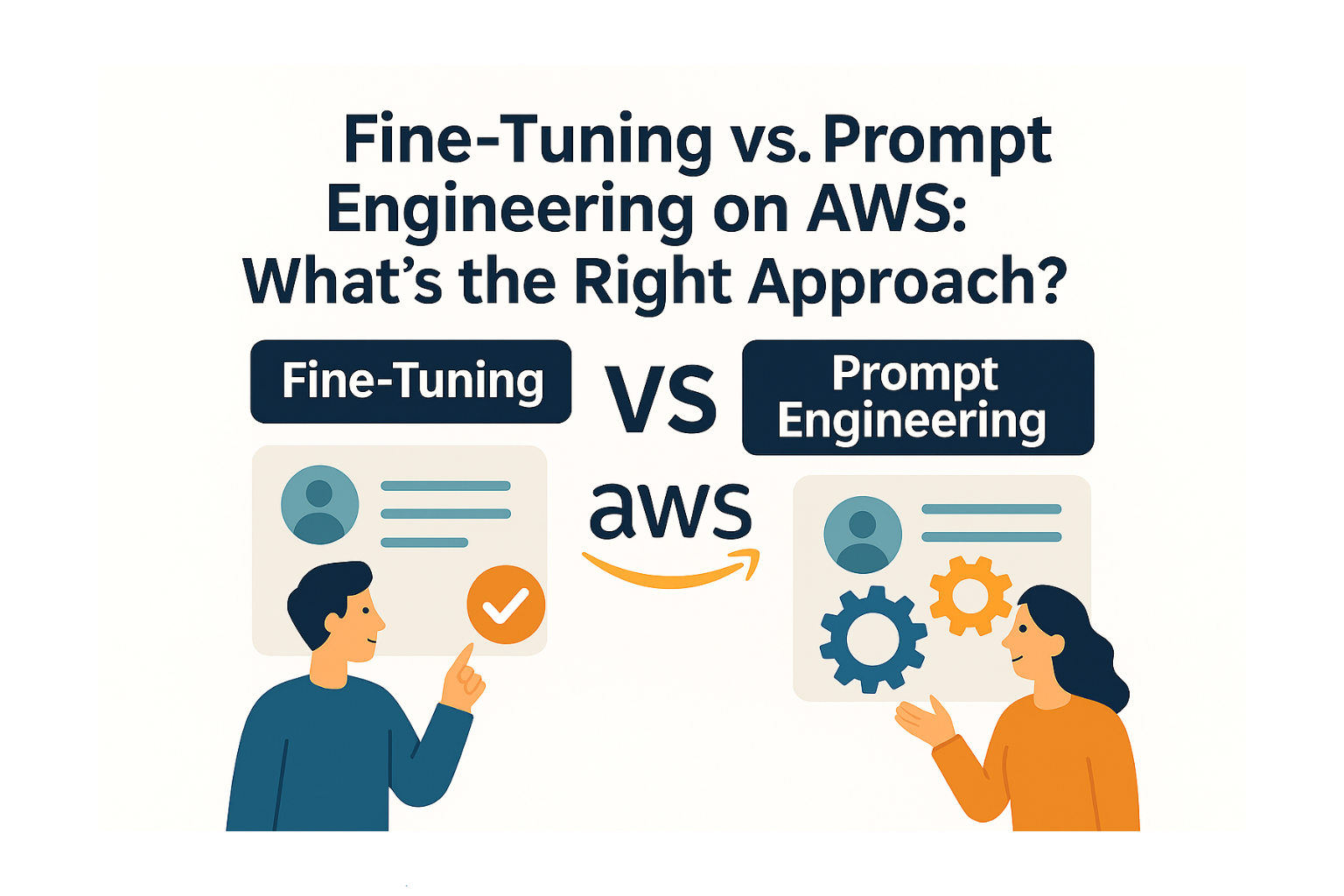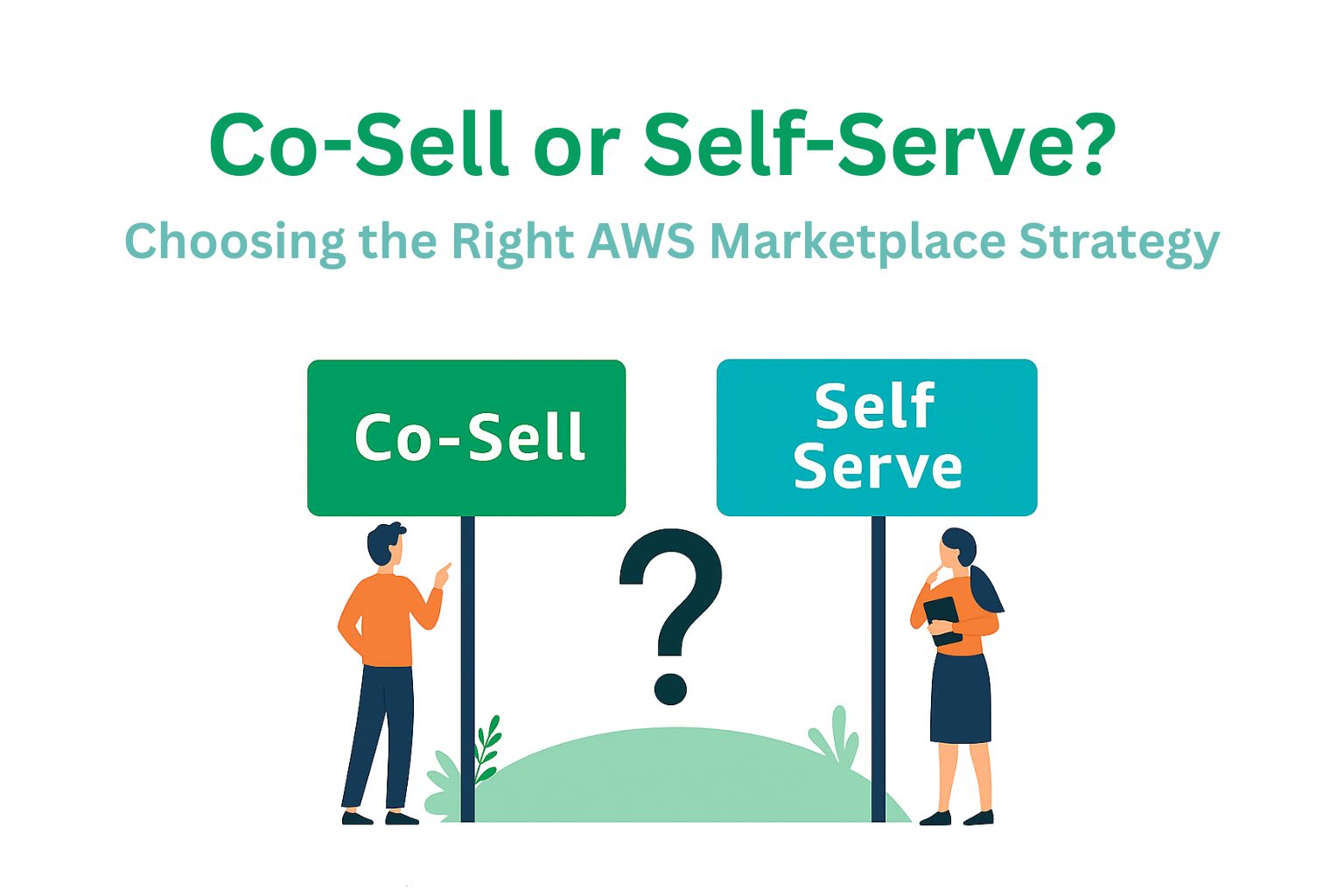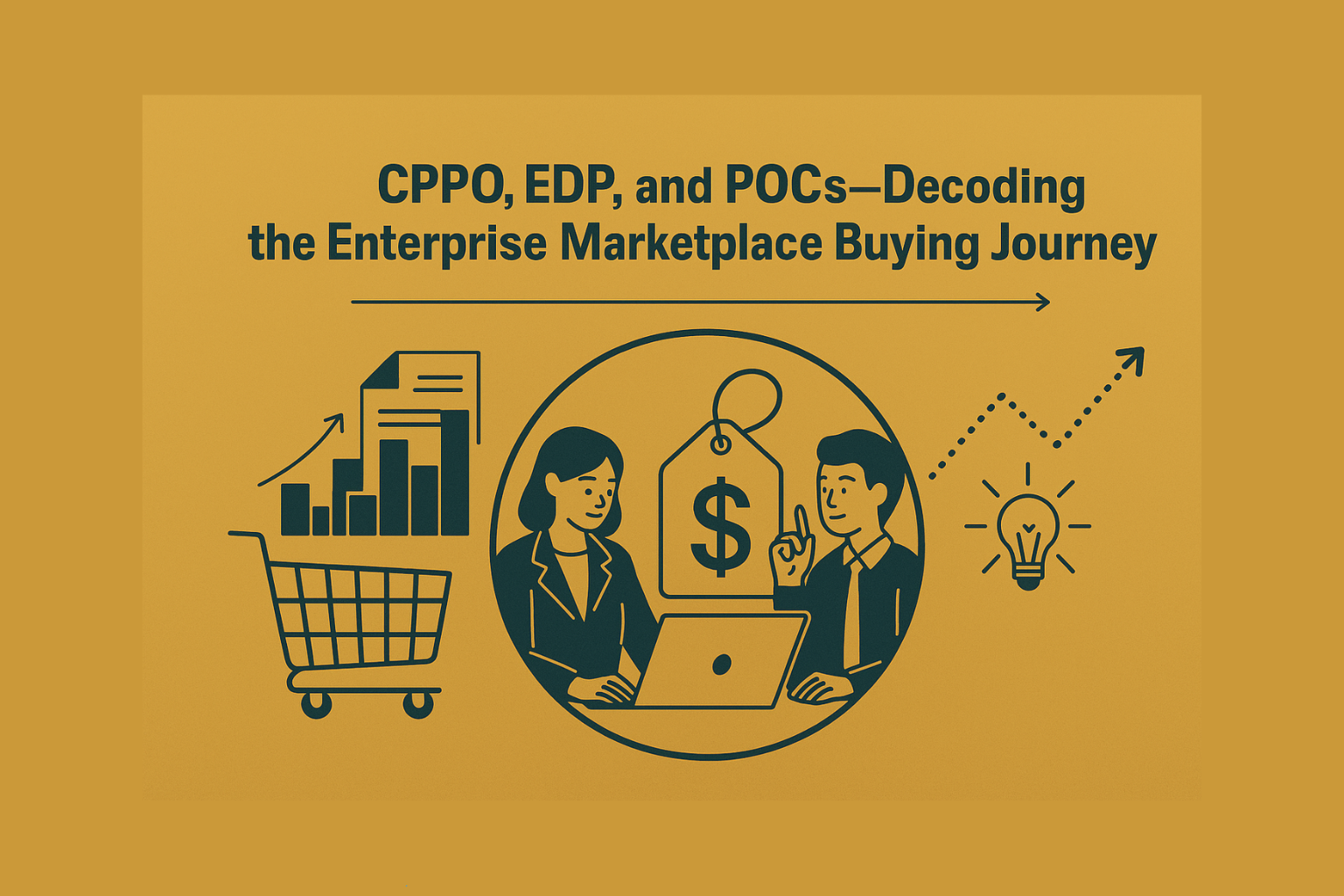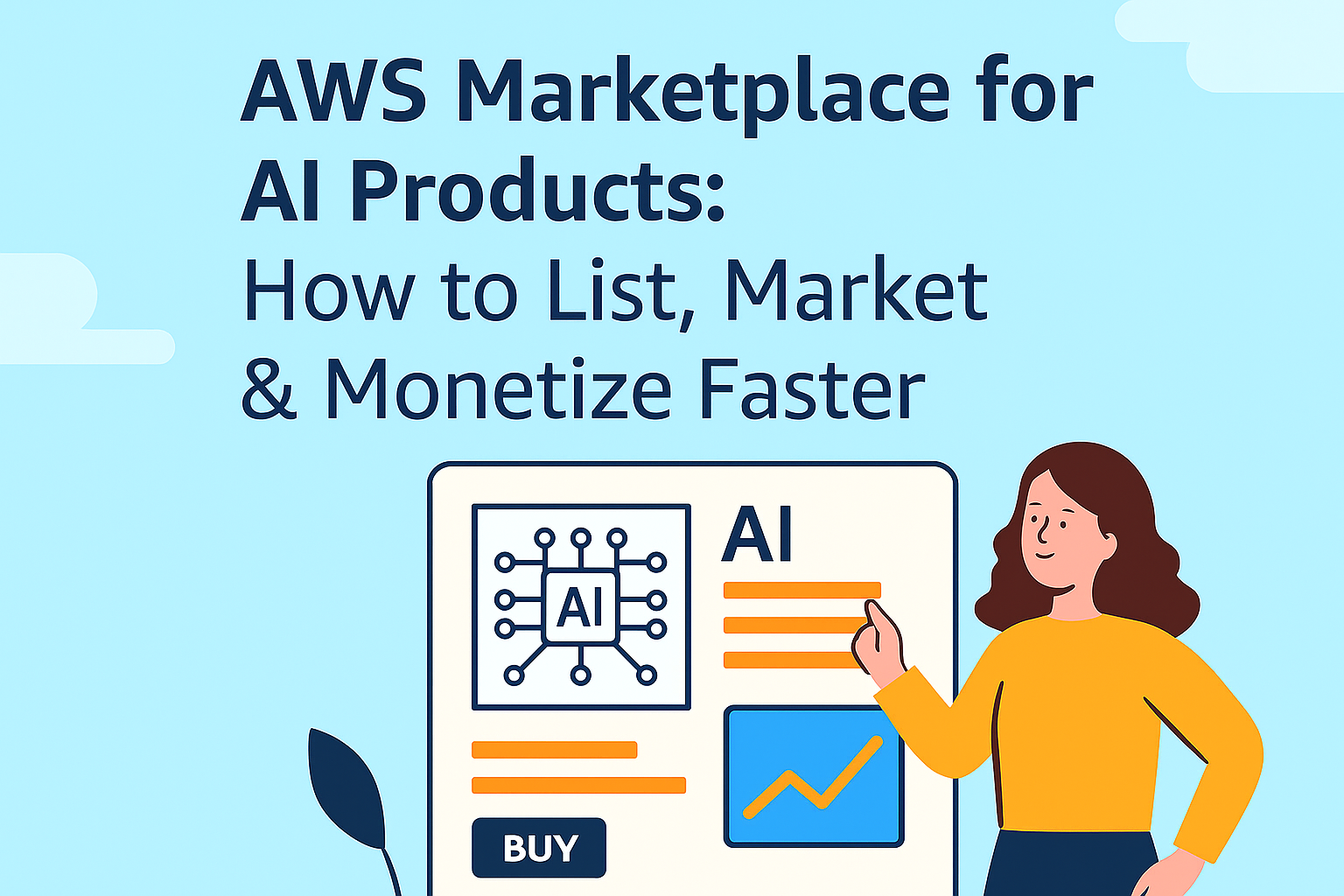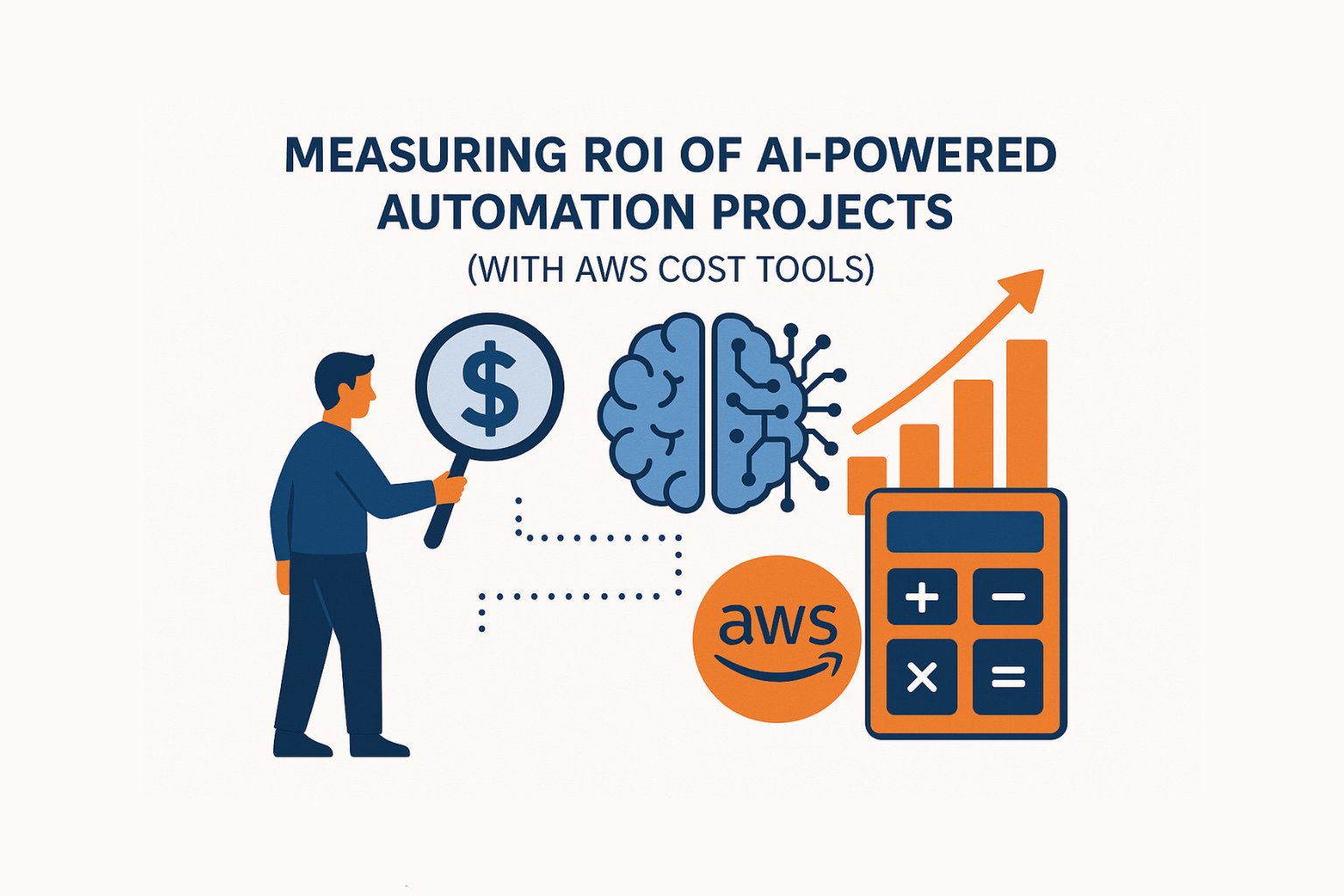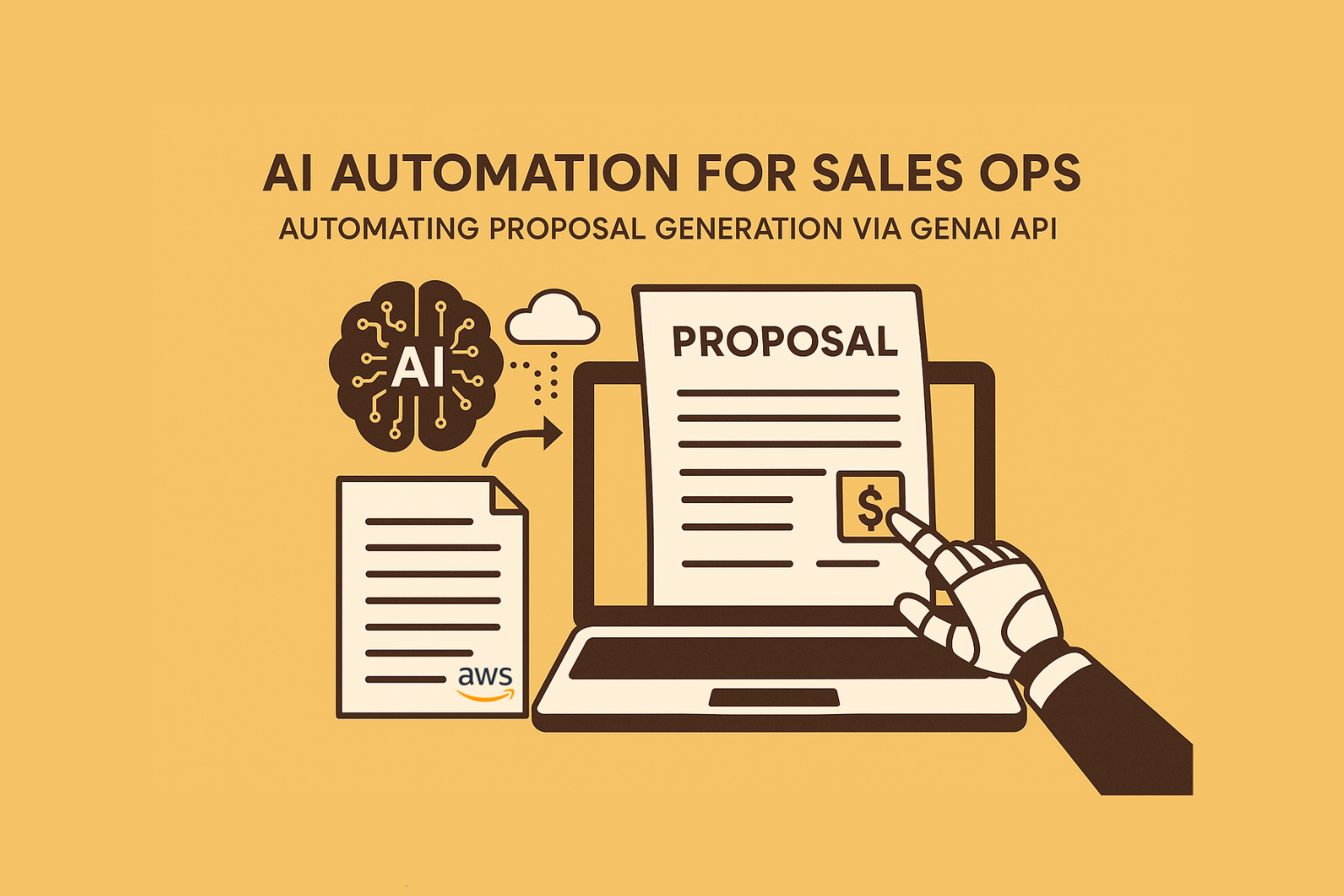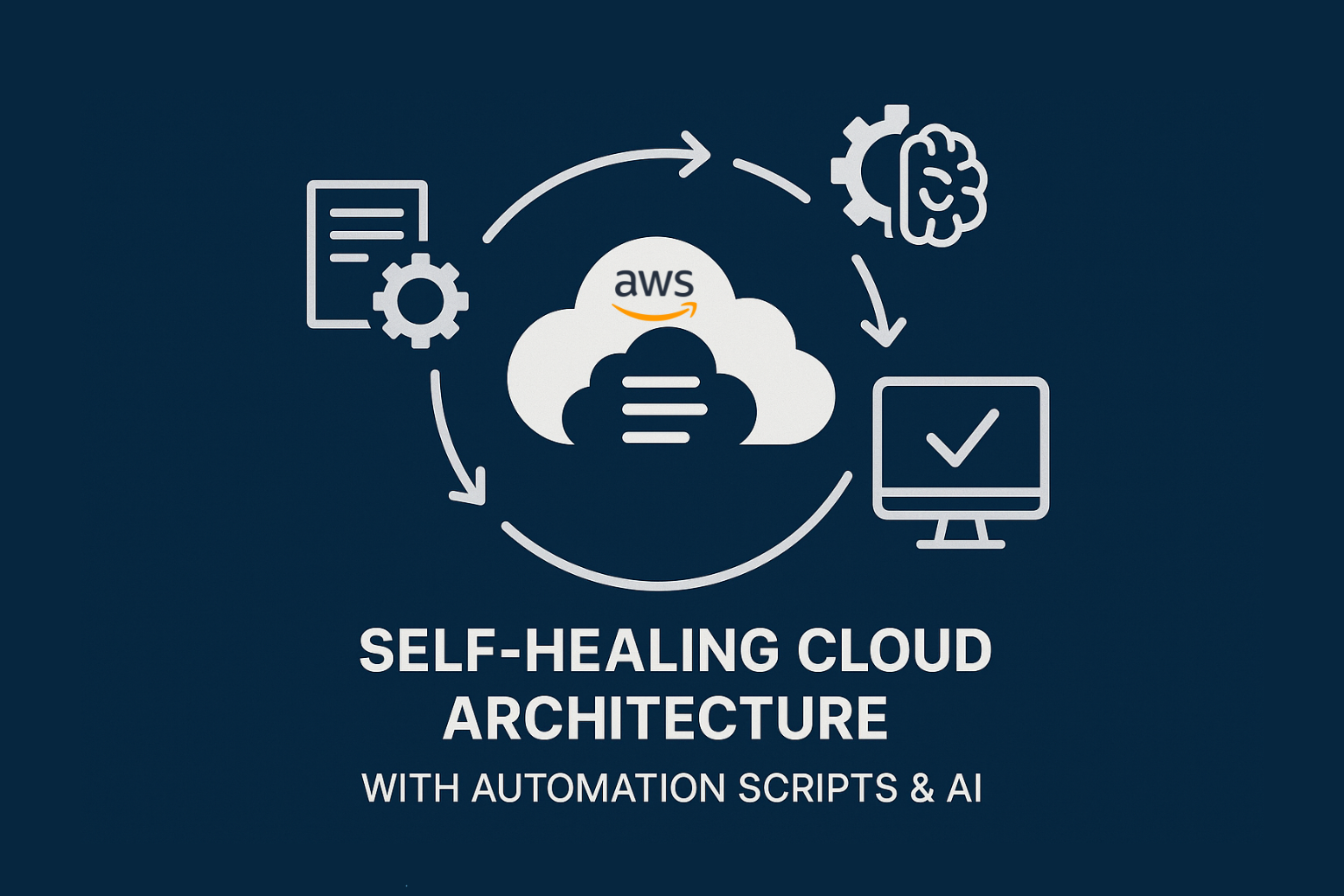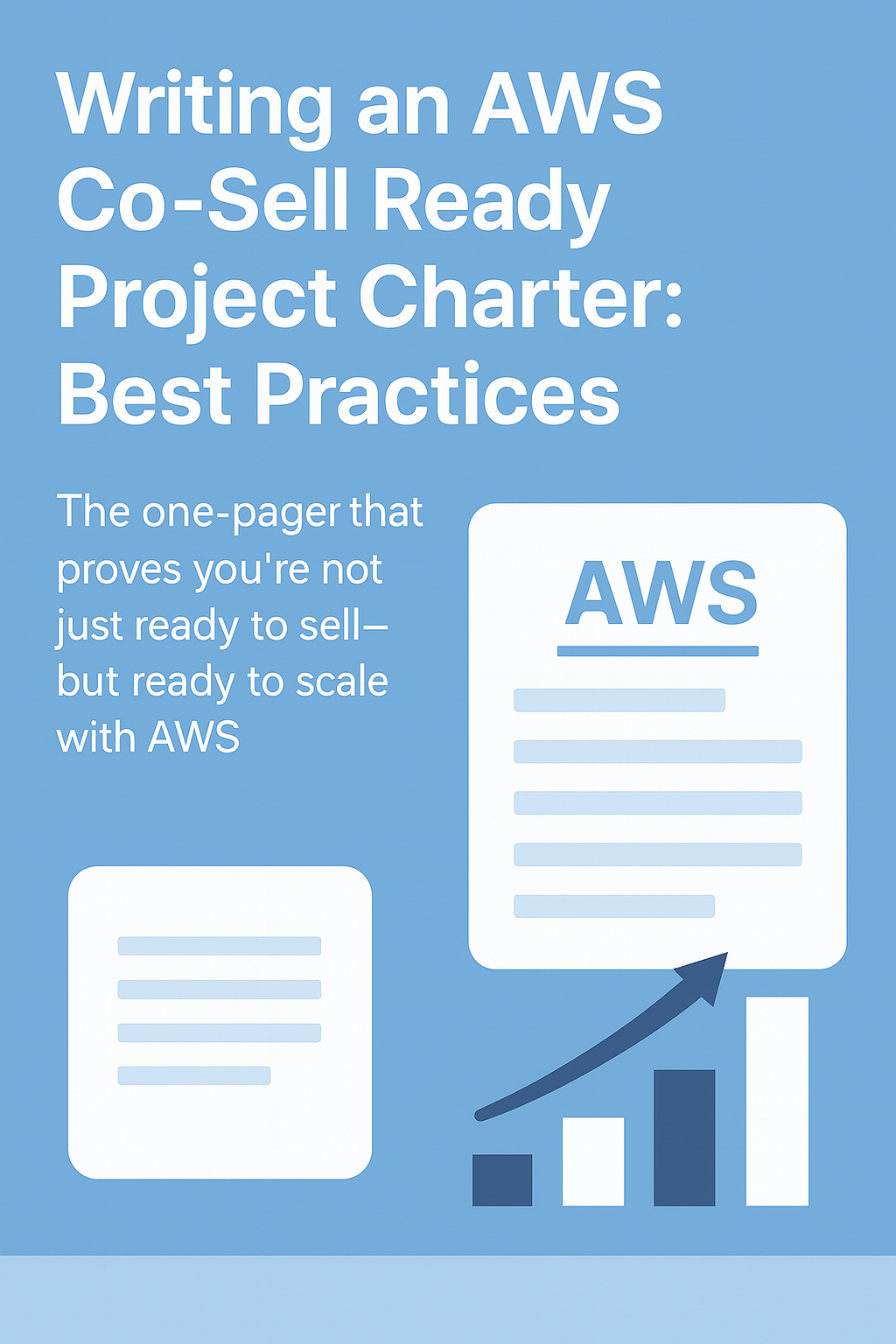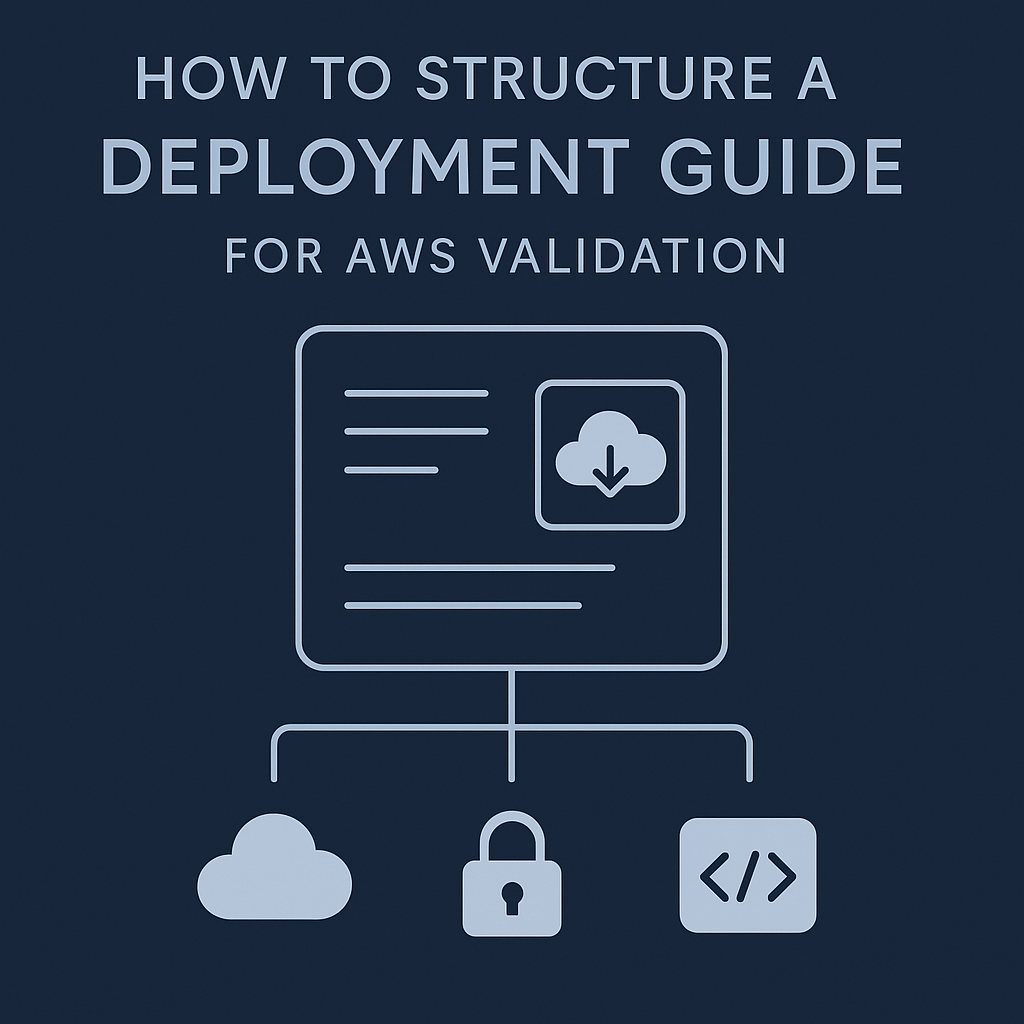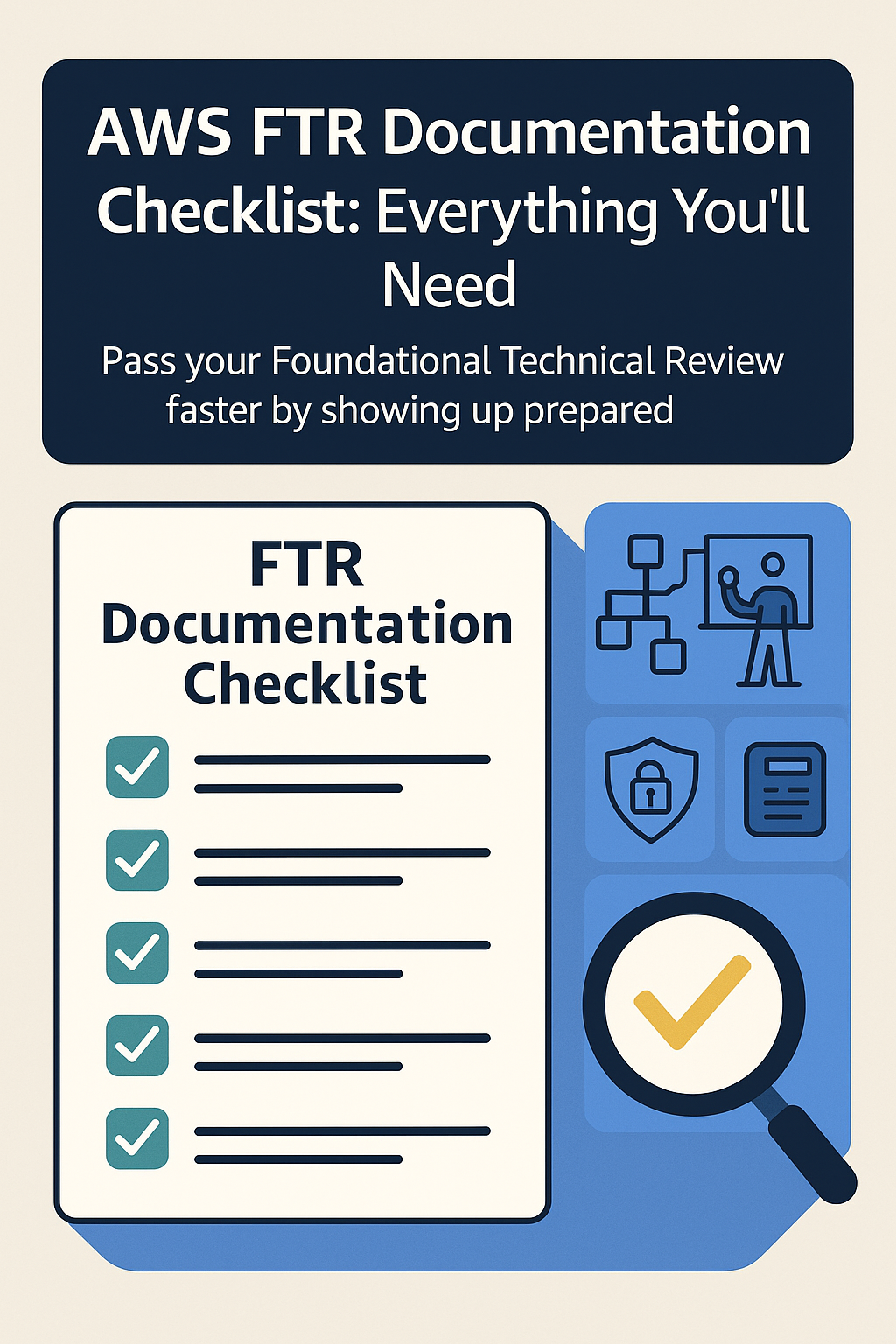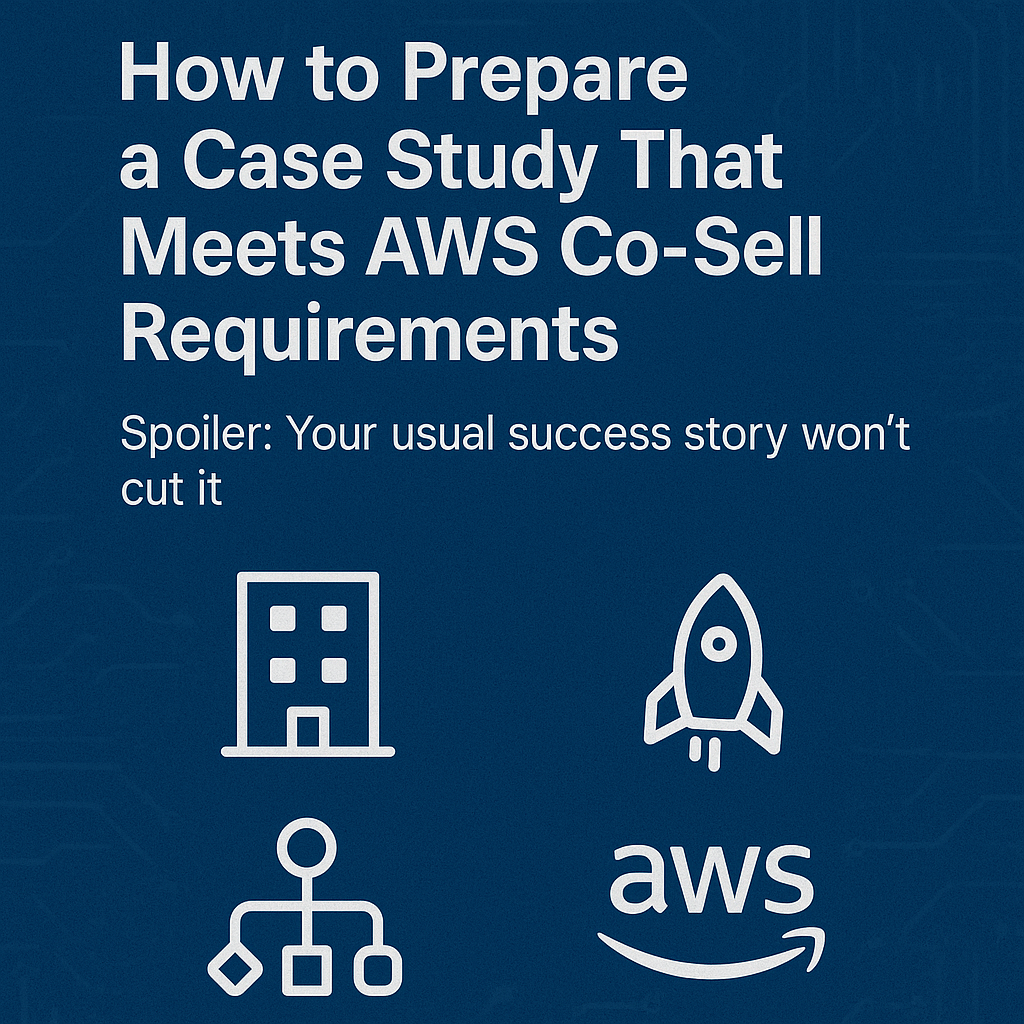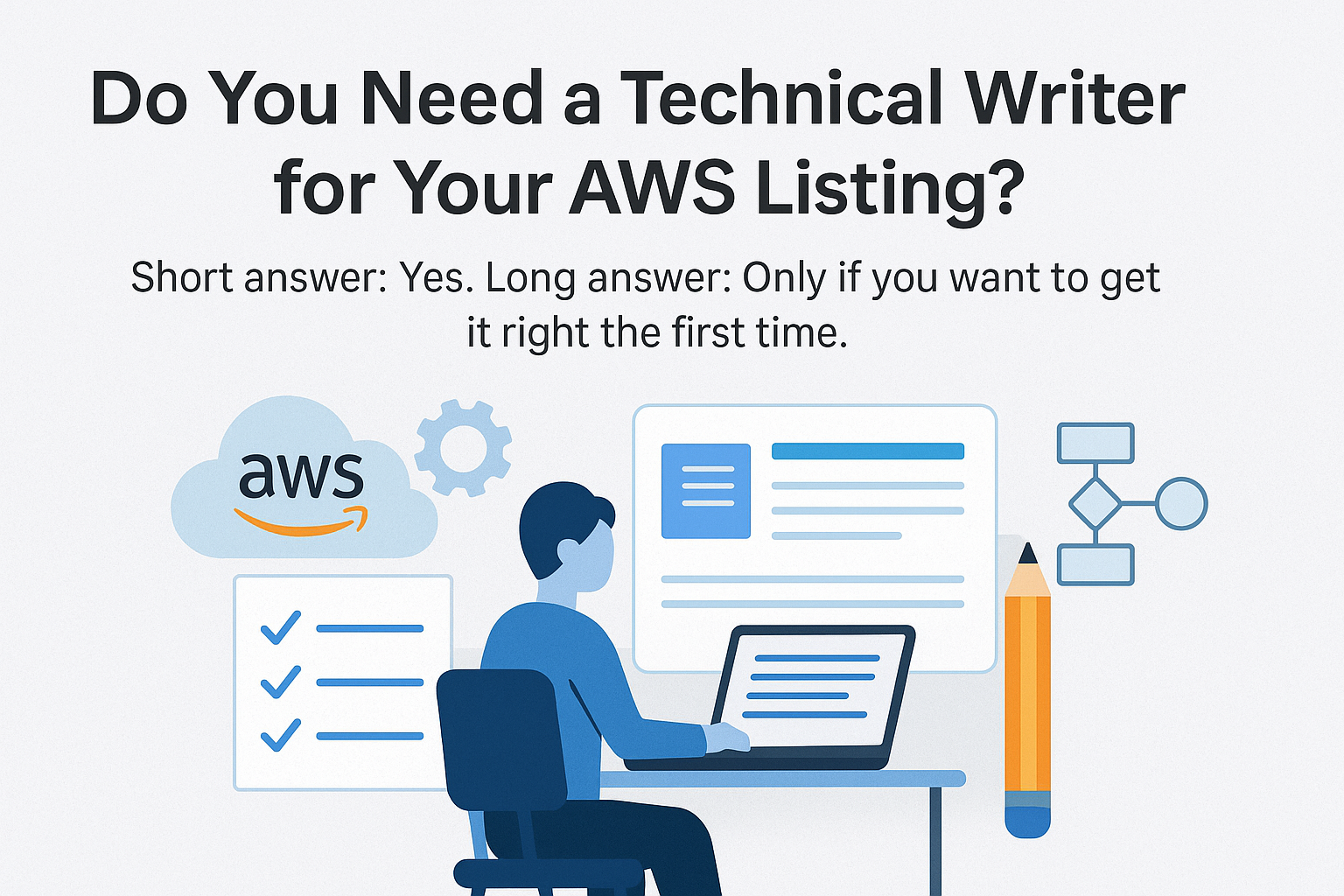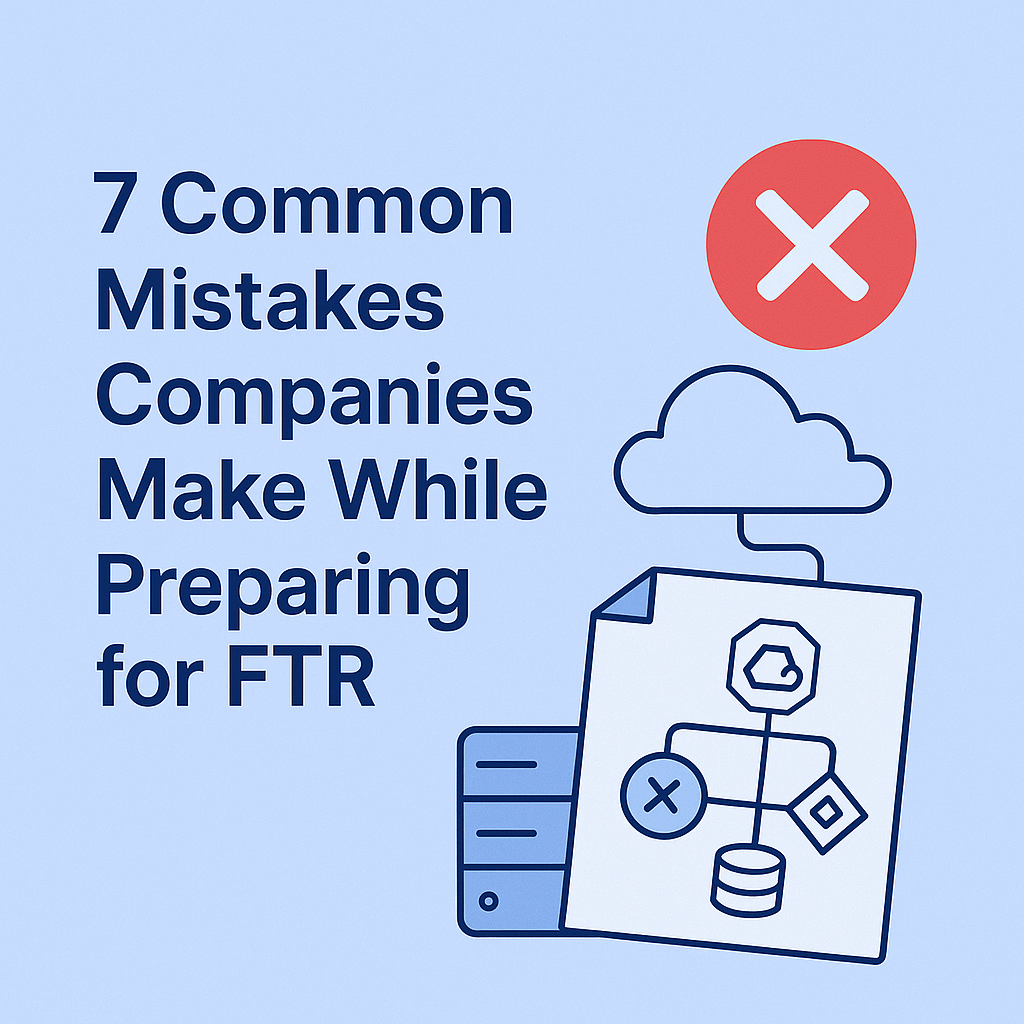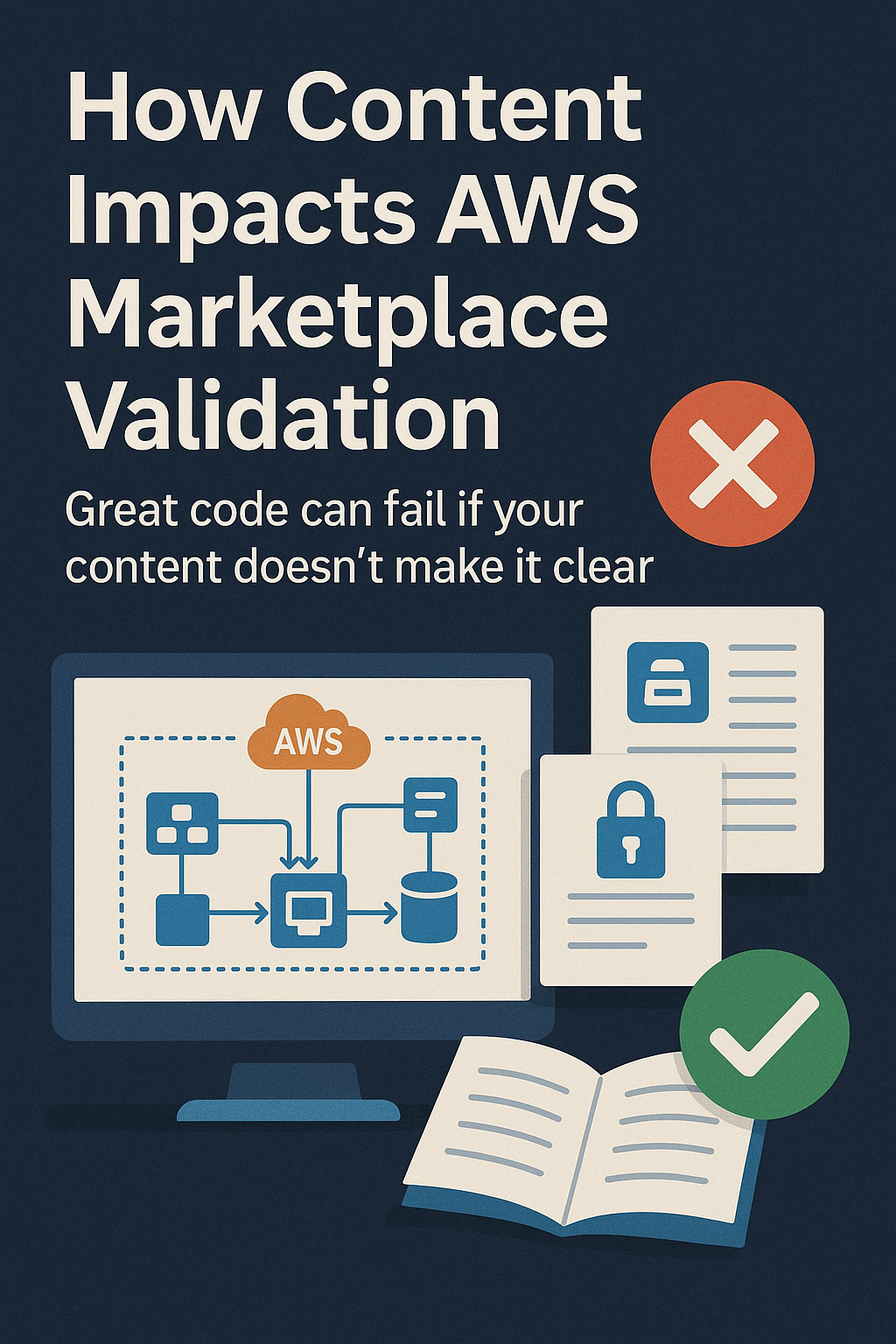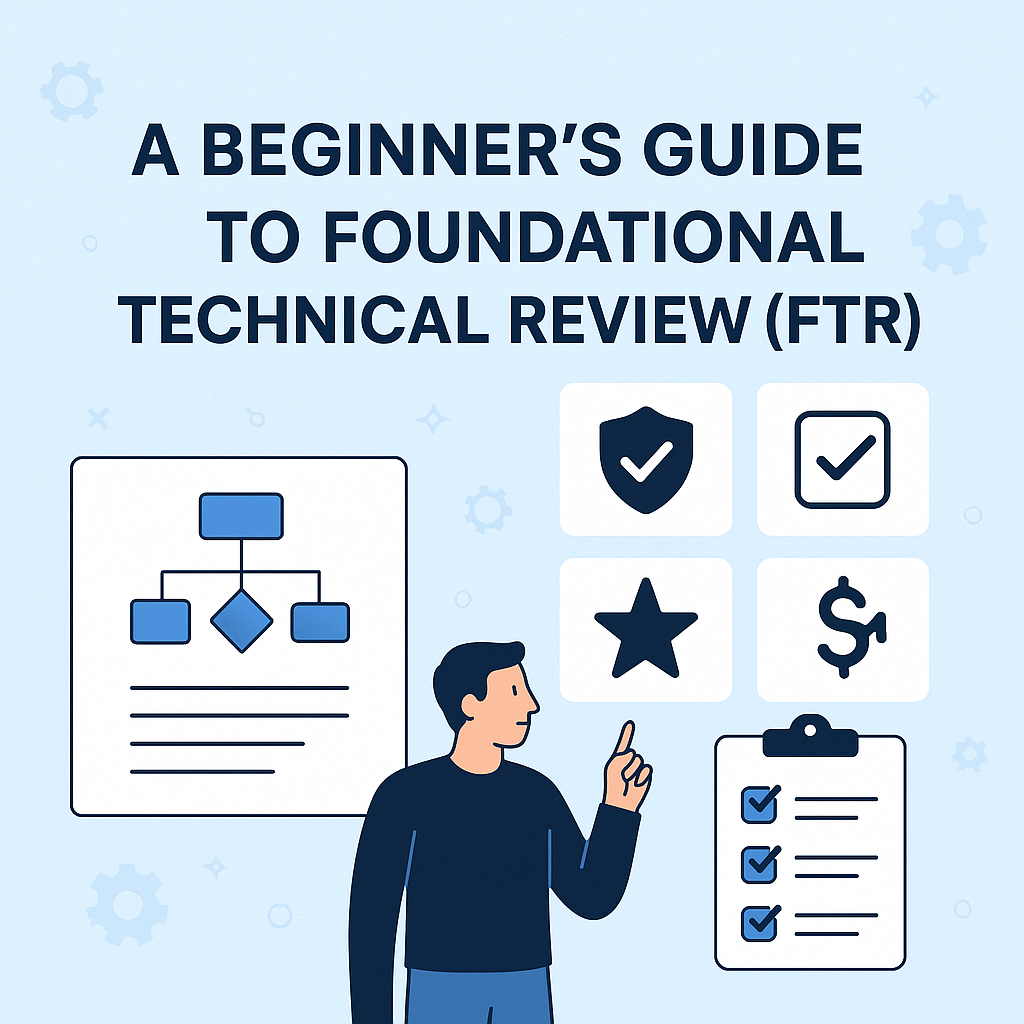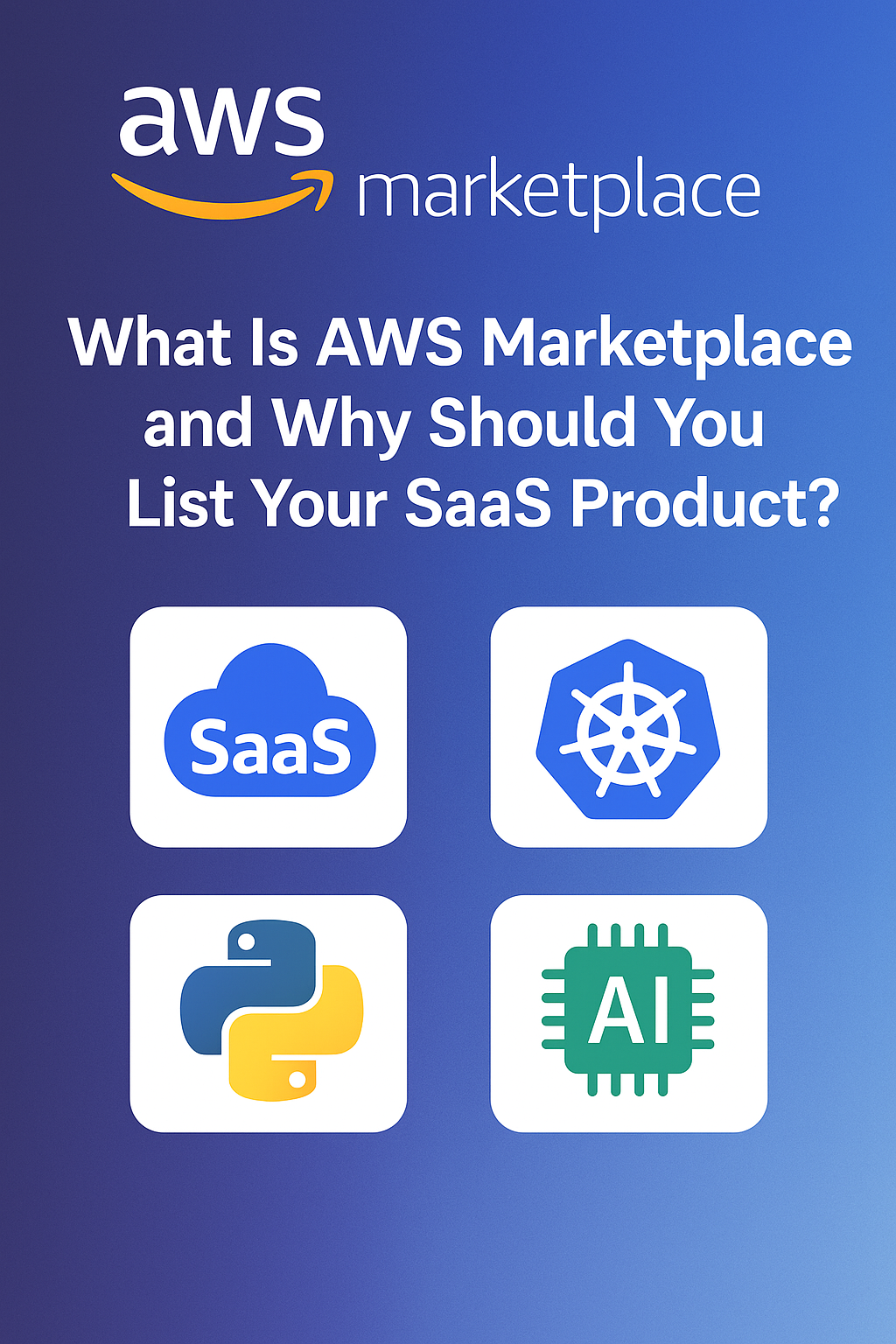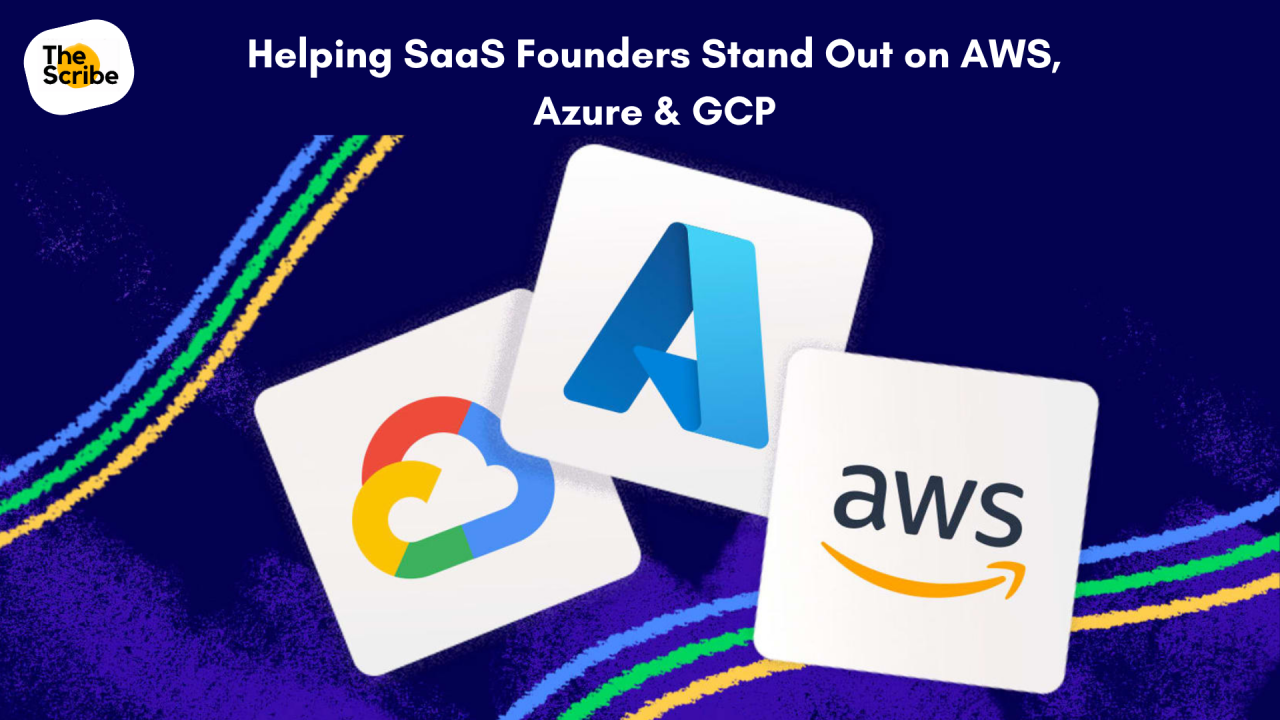Passing FTR isn’t the finish line. It’s the starting gun.
Introduction
Congratulations, you’ve passed the Foundational Technical Review (FTR).
That’s no small feat. You’ve validated your architecture, tightened your security, and documented your operational practices.
But here’s the trap many AWS Partners fall into: they treat FTR approval as the end of the journey. In reality, it’s just the beginning.
FTR unlocks the door to AWS programs like Marketplace listing, Co-Sell support, and Competency paths. If you don’t move quickly after approval, you risk losing momentum, delaying the pipeline, and missing early AWS amplification.
This post outlines exactly what to do once you’re FTR-approved, so you can turn compliance into commercial traction.
Step 1: Finalize Your Marketplace Listing
Now that you’re validated, it’s time to show up where AWS customers are buying: AWS Marketplace.
Make sure your listing includes:
- A clear solution overview (problem → solution → outcome)
- Labeled architecture diagram with AWS icons
- Deployment guide linked or downloadable
- Industry-specific use case examples
- CTA beyond “Contact us” (e.g., launch pilot, request private offer)
Pro tip: Don’t wait months to publish. The faster you go live, the sooner AWS sellers can start pitching you.
Step 2: Enable Co-Sell Support
FTR approval is your ticket to Co-Sell eligibility in the AWS Partner Network (APN).
Here’s what to do immediately:
- Upload your case studies into ACE (AWS Customer Engagements)
- Build a 1-page Co-Sell brief with problem, AWS services used, and results
- Tell your Partner Manager you’re ready for field team introductions
Remember: AWS sellers need clarity and proof points. Your FTR docs (deployment, security, architecture) double as enablement content—use them.
Step 3: Start Planning for Competency
FTR is the gateway. Competency is the trust badge.
If you want AWS to prioritize you, work backward from Competency requirements:
- 3–5 validated customer case studies
- Reference architecture(s)
- Compliance & security documentation
- Business outcome metrics
Even if you don’t apply right away, building content now saves you months later.
Step 4: Reuse FTR Content Across GTM
You don’t need to reinvent. Every document you created for FTR can be repurposed:
- Architecture Diagram → Sales deck + investor pitch
- Deployment Guide → Customer onboarding + support FAQ
- Security Overview → RFP responses + procurement documents
- Case Studies → Marketing blogs + Co-Sell assets
This is where many teams drop the ball, treating FTR docs like one-and-done paperwork. In reality, they’re the foundation of your GTM content stack.
Step 5: Avoid the Post-FTR Stall
The biggest mistake companies make after approval?
- Sitting on the badge but not updating their listing
- Failing to tell AWS teams they’re ready
- Letting case study development slip
- Not aligning their messaging with GTM strategy
FTR buys you credibility, but only if you use it as fuel.
Conclusion
Passing the FTR means you’ve proven your product is secure, operationally sound, and AWS-aligned. But validation alone doesn’t drive growth.
What you do next determines whether your FTR approval becomes:
- A growth lever (Marketplace, Co-Sell, Competency, pipeline)
- Or just another badge that sits idle
So don’t stop at approval.
Publish your listing. Enable Co-Sell. Reuse your docs. Build for Competency.
That’s how you turn FTR from a milestone into momentum.
Ready to turn your FTR pack into a full GTM engine?
Contact us for more details.
